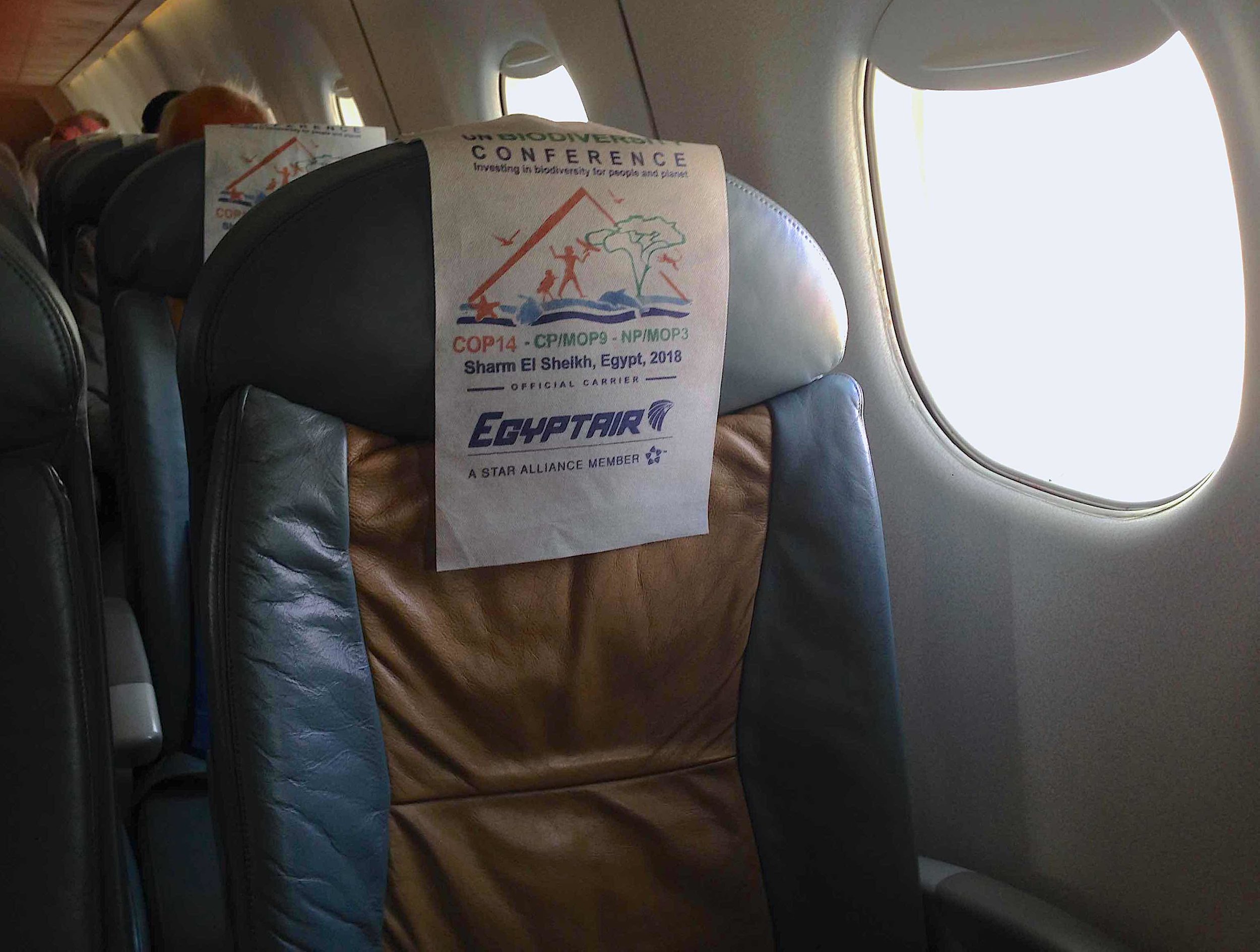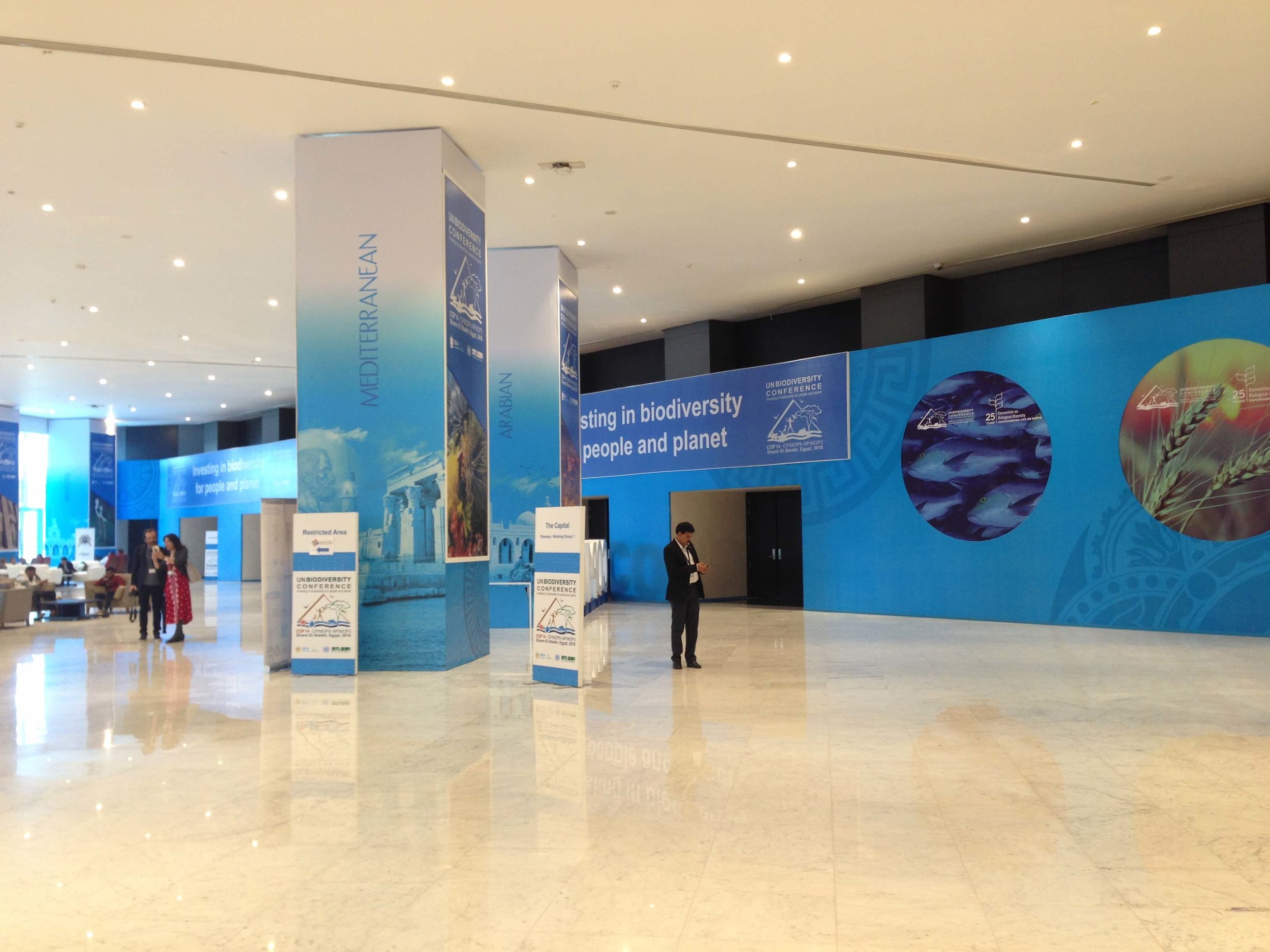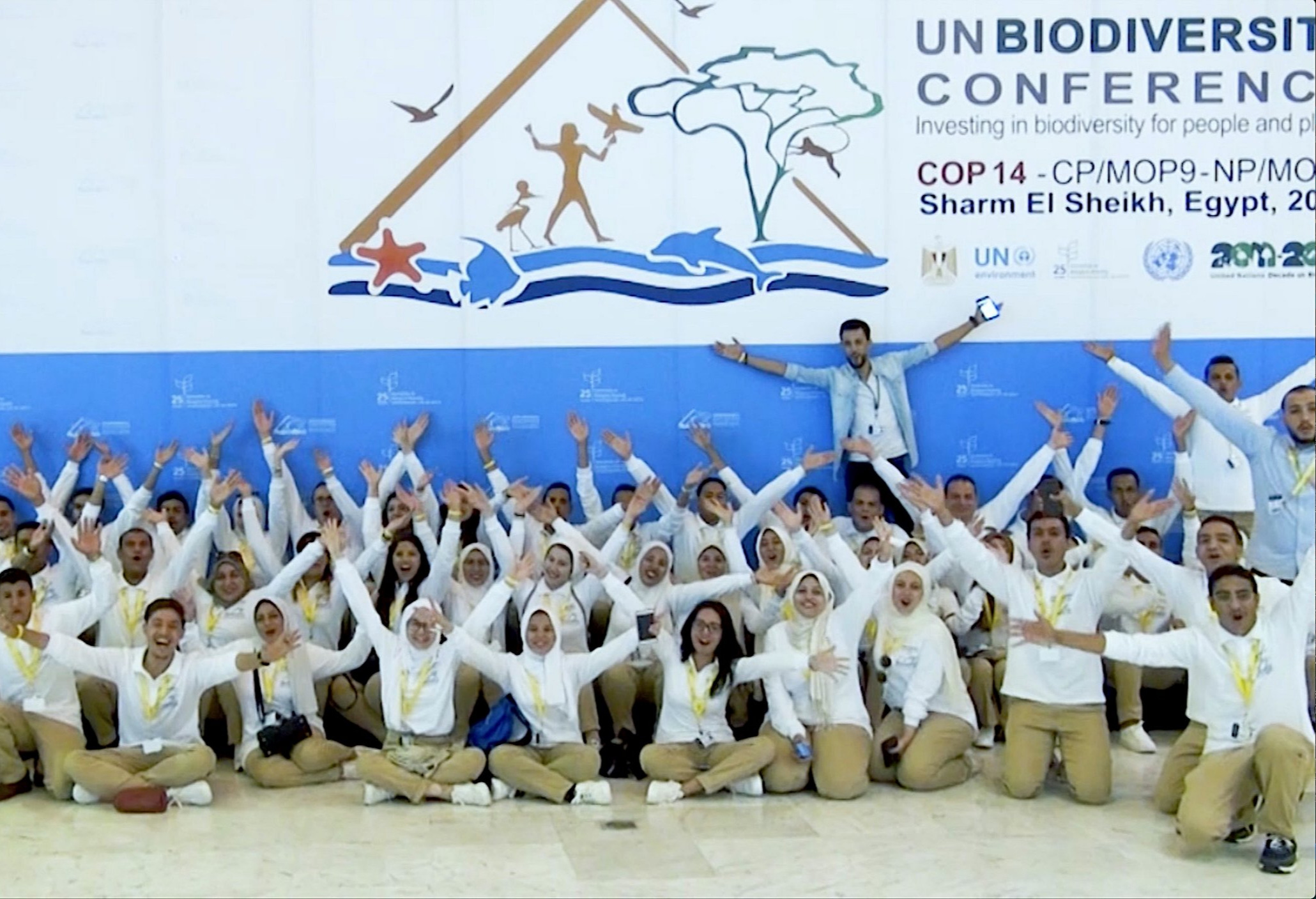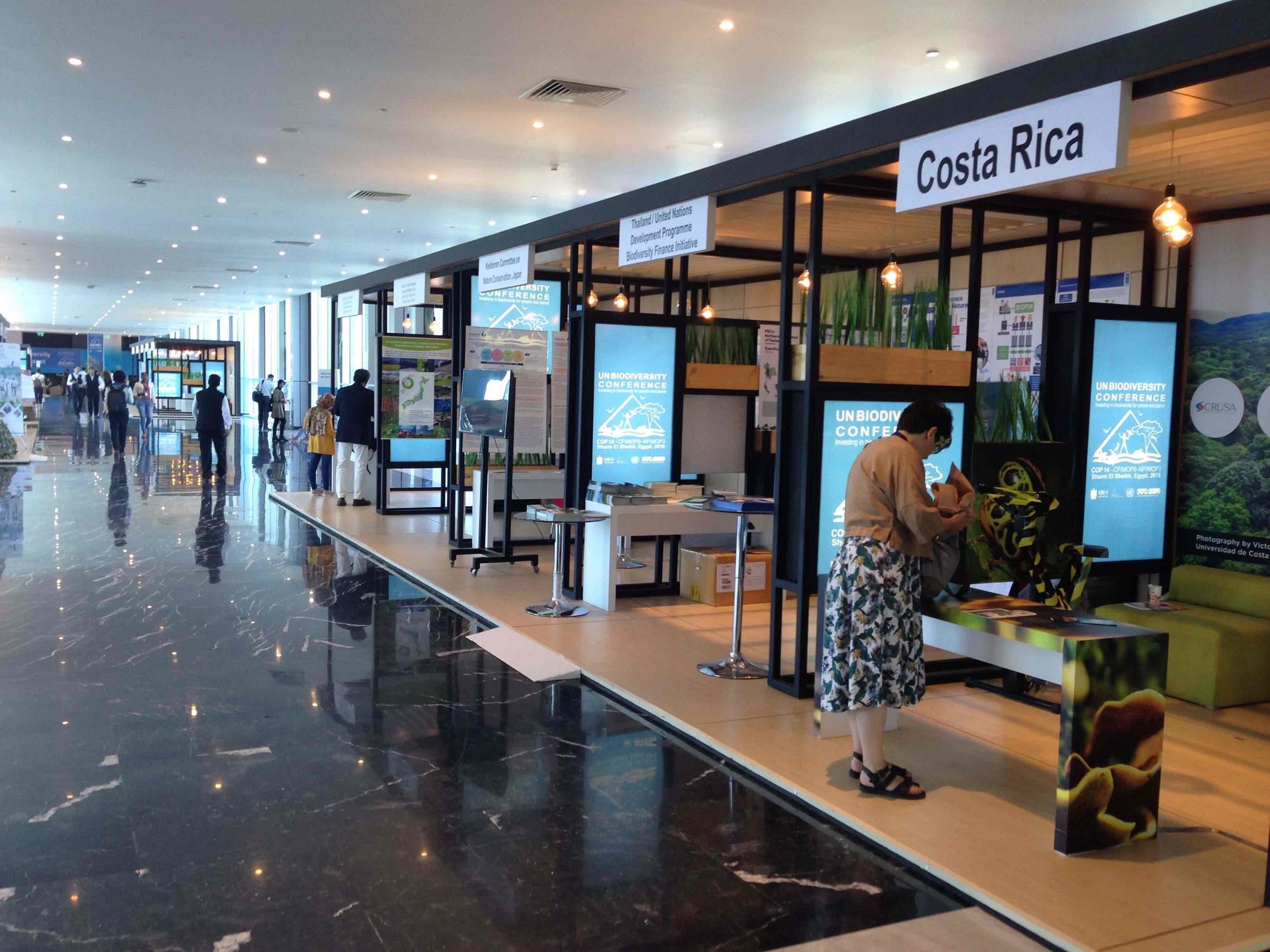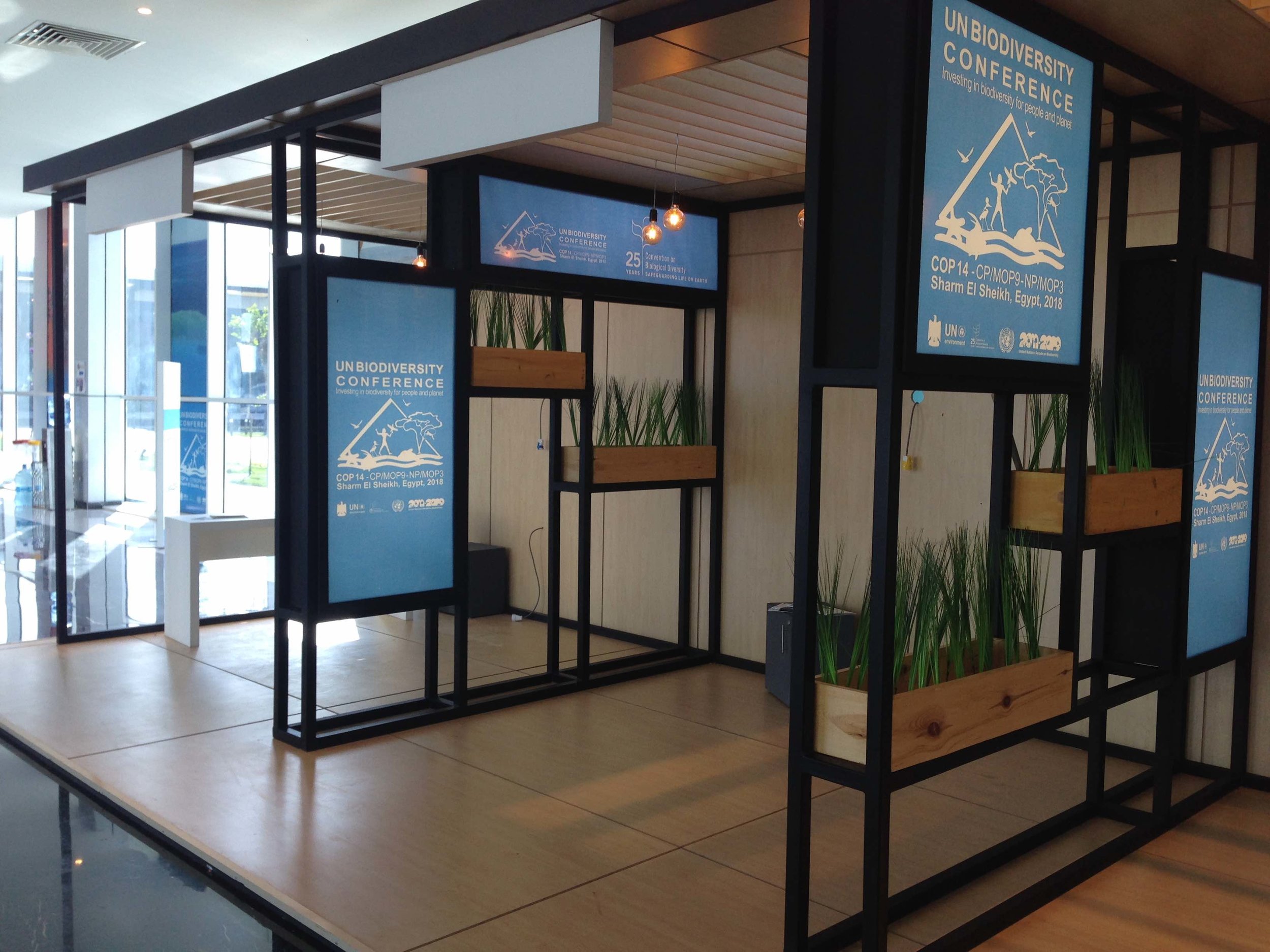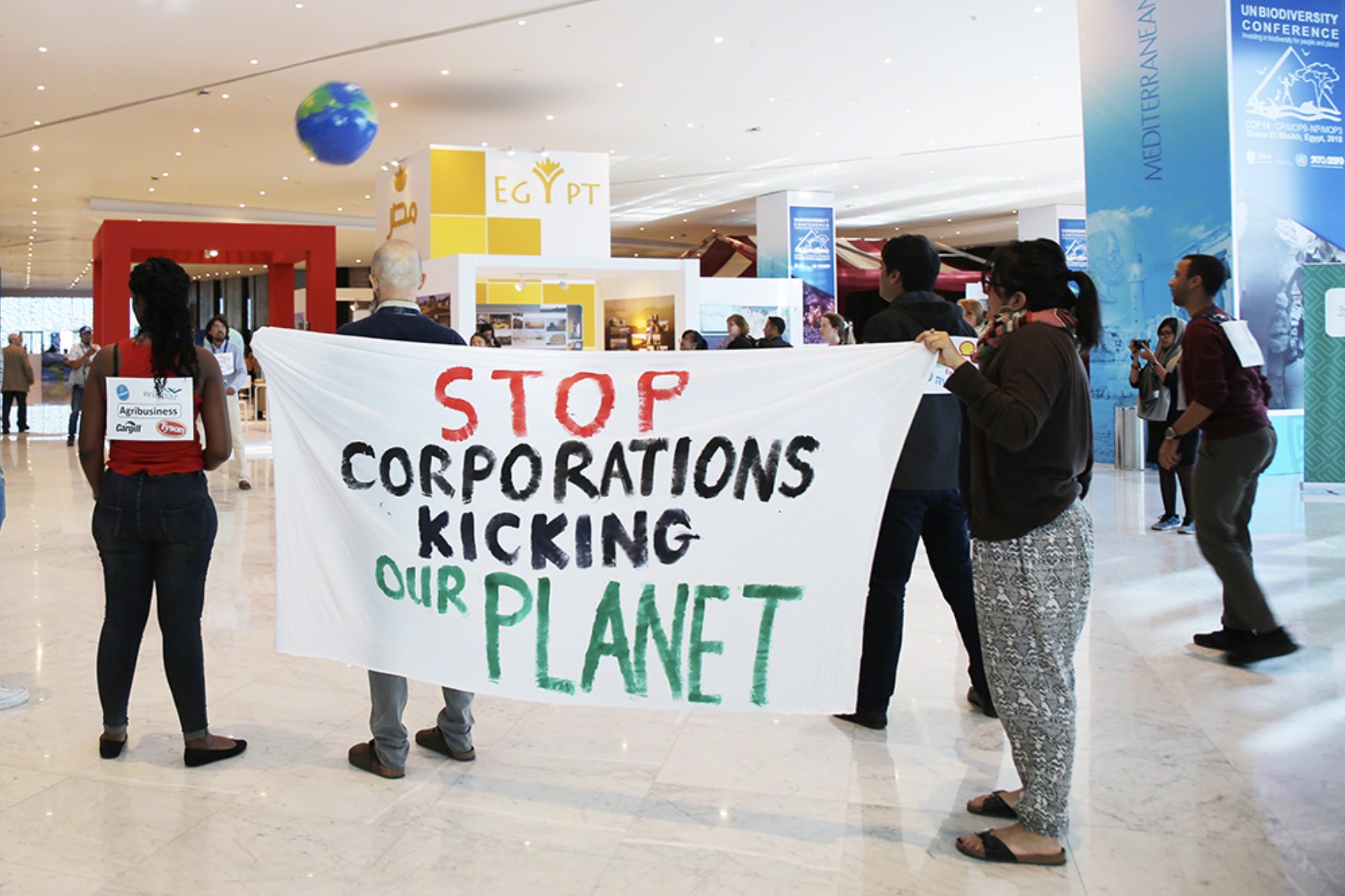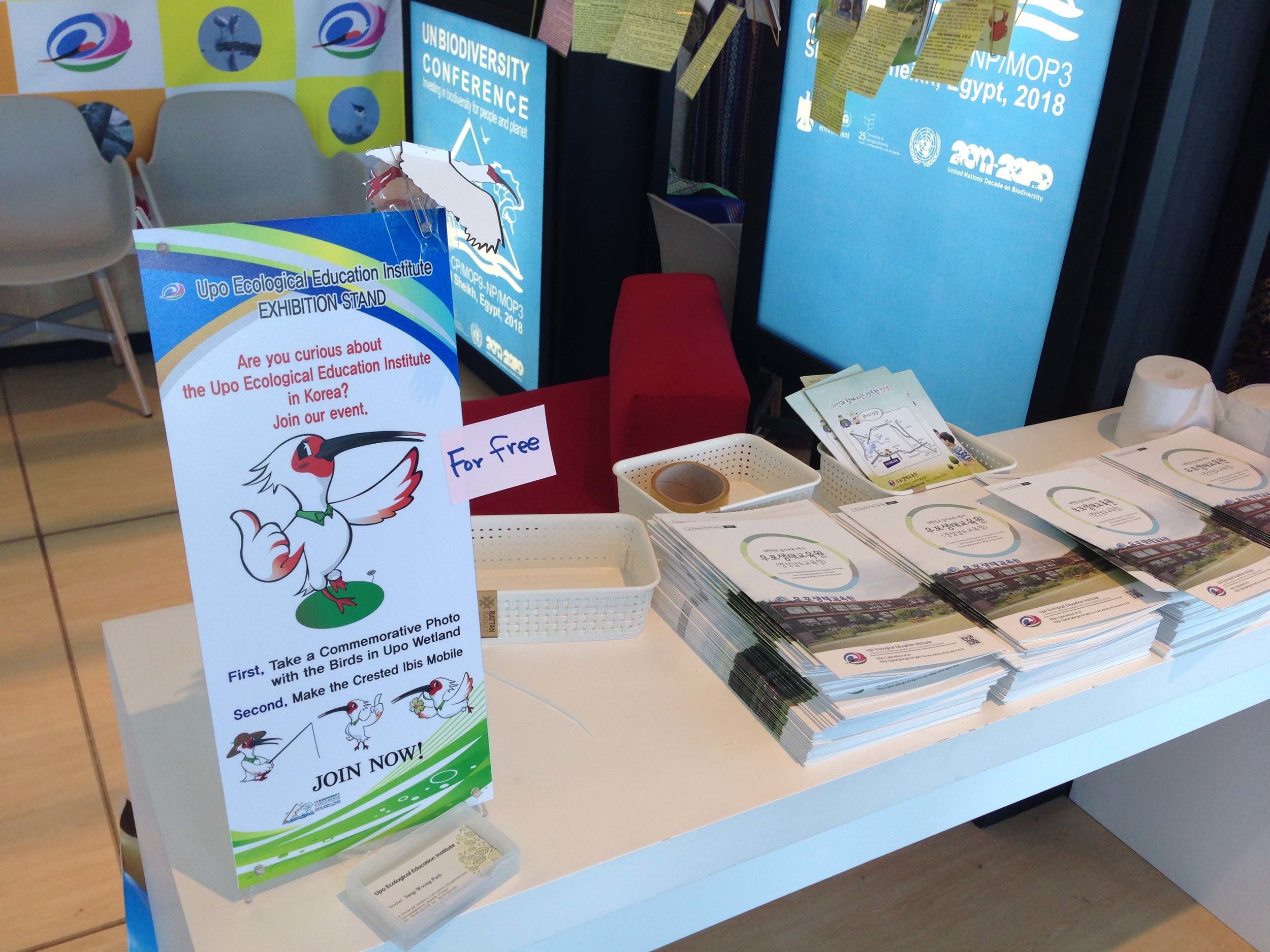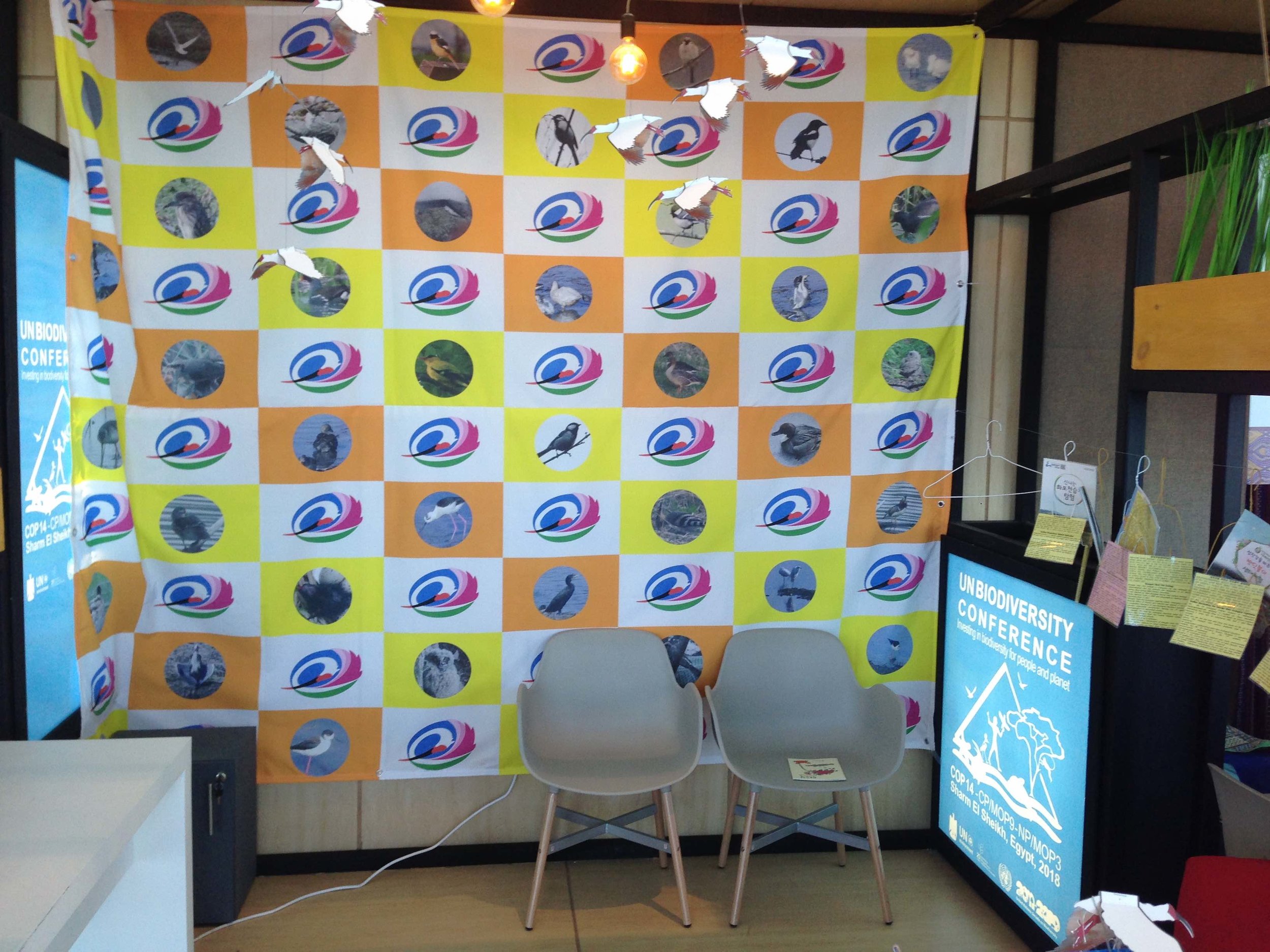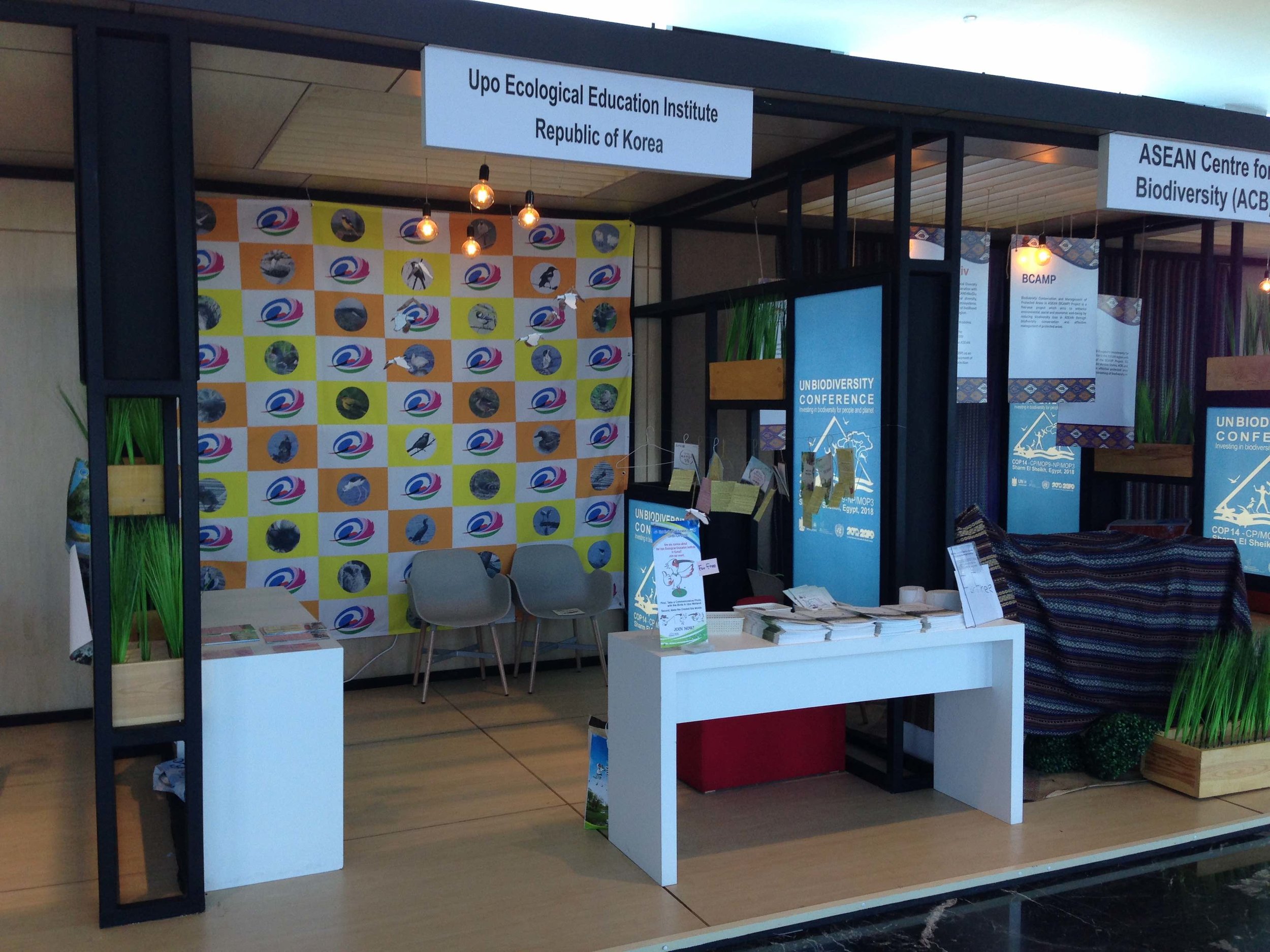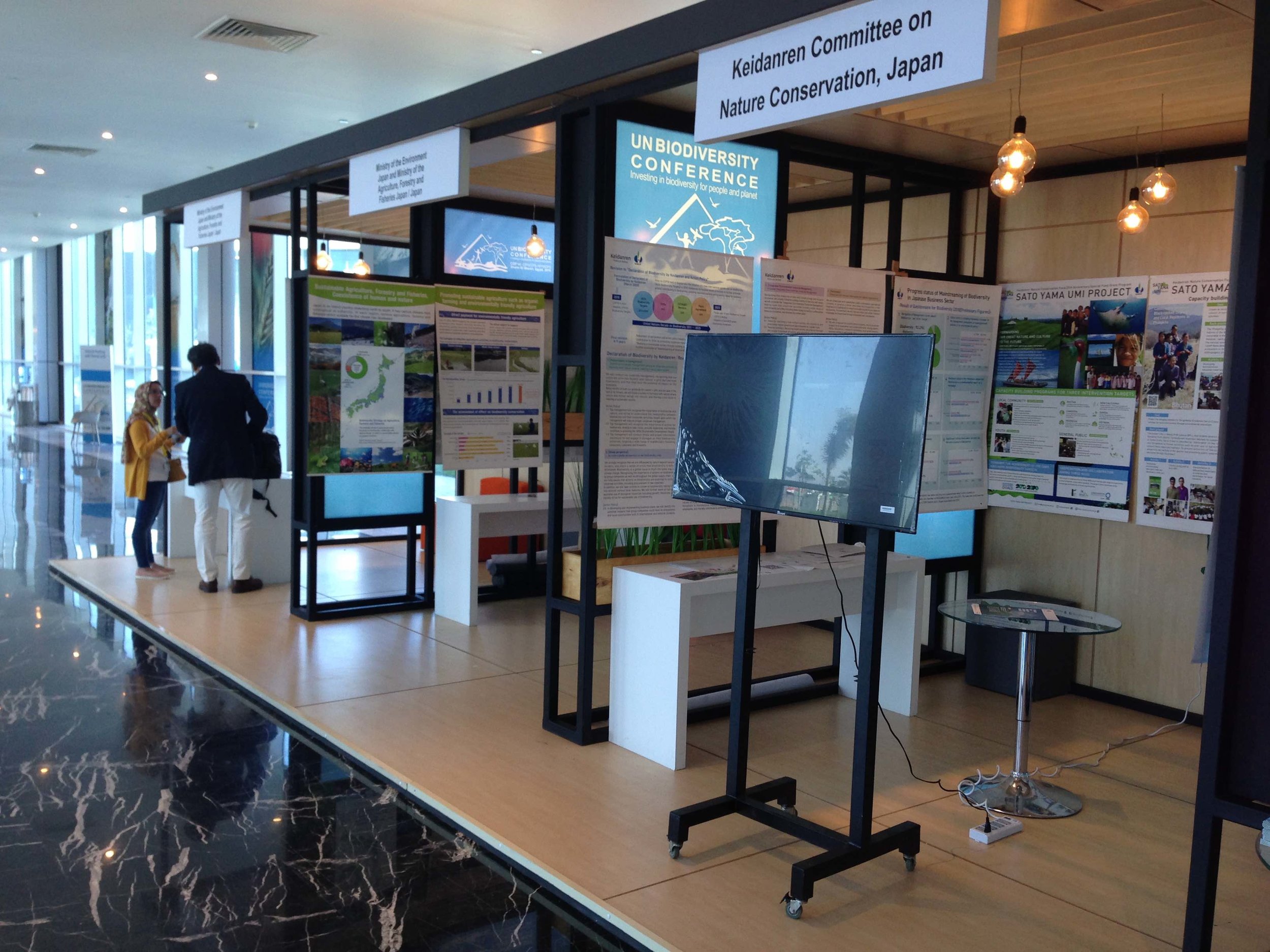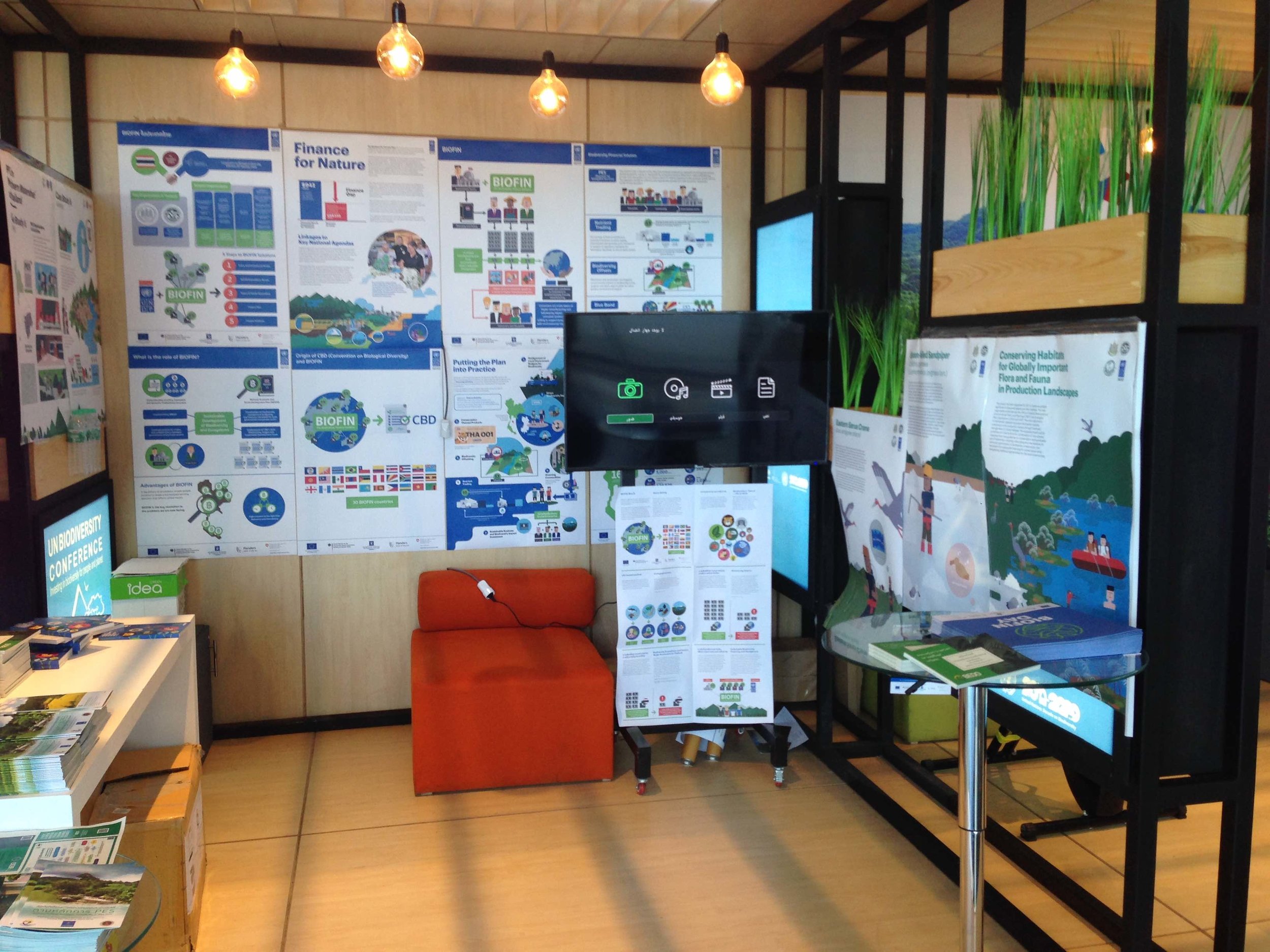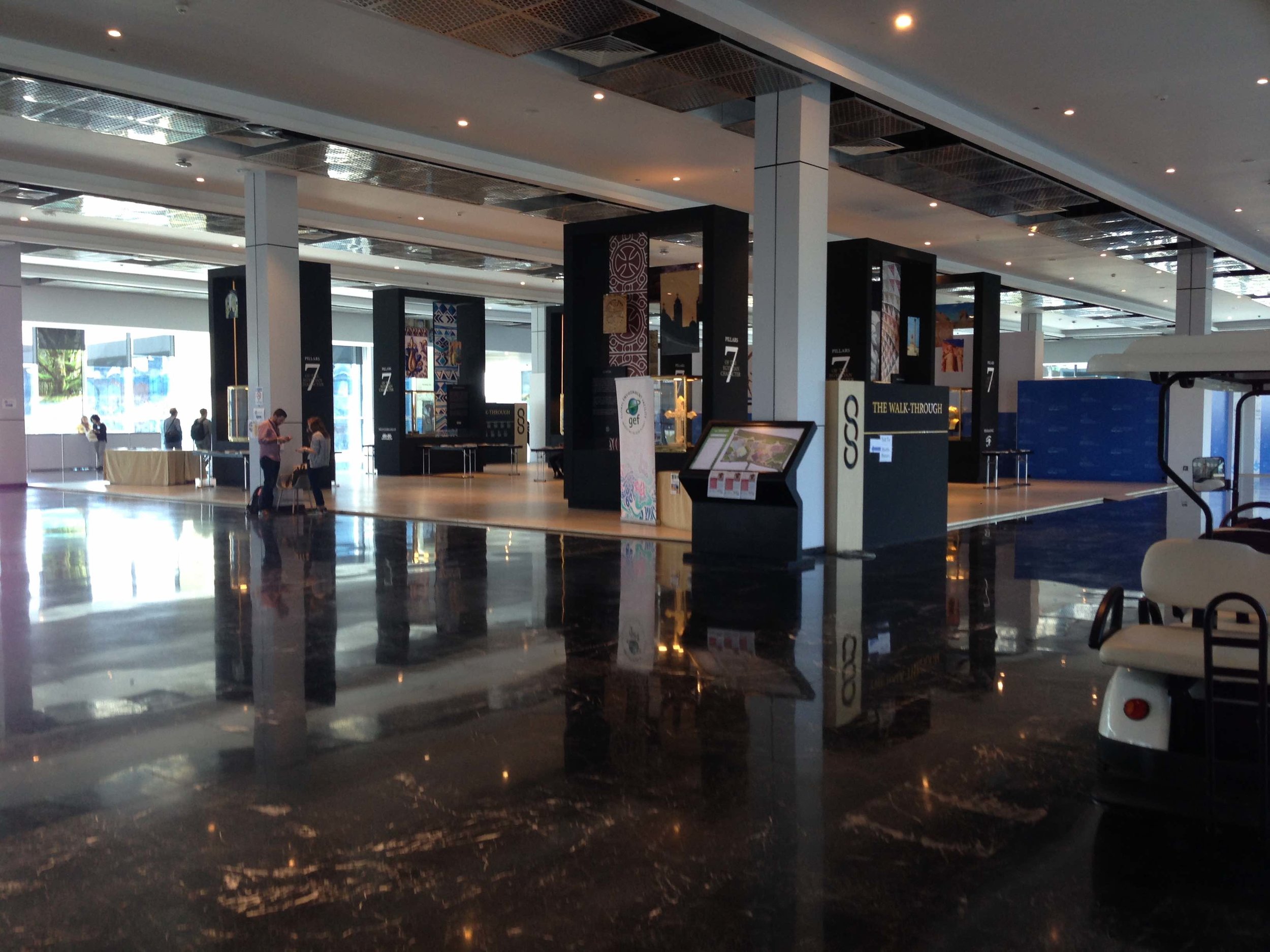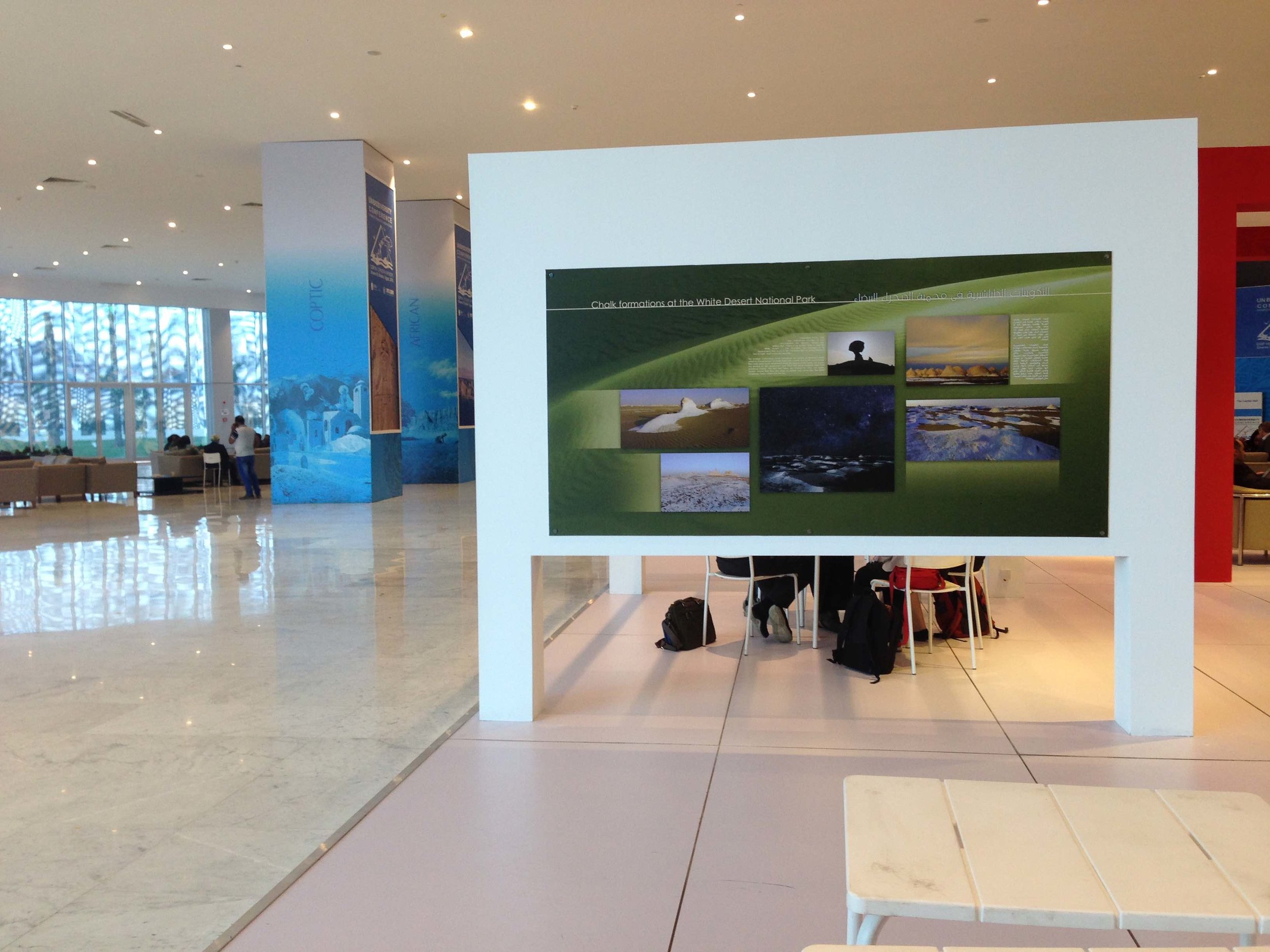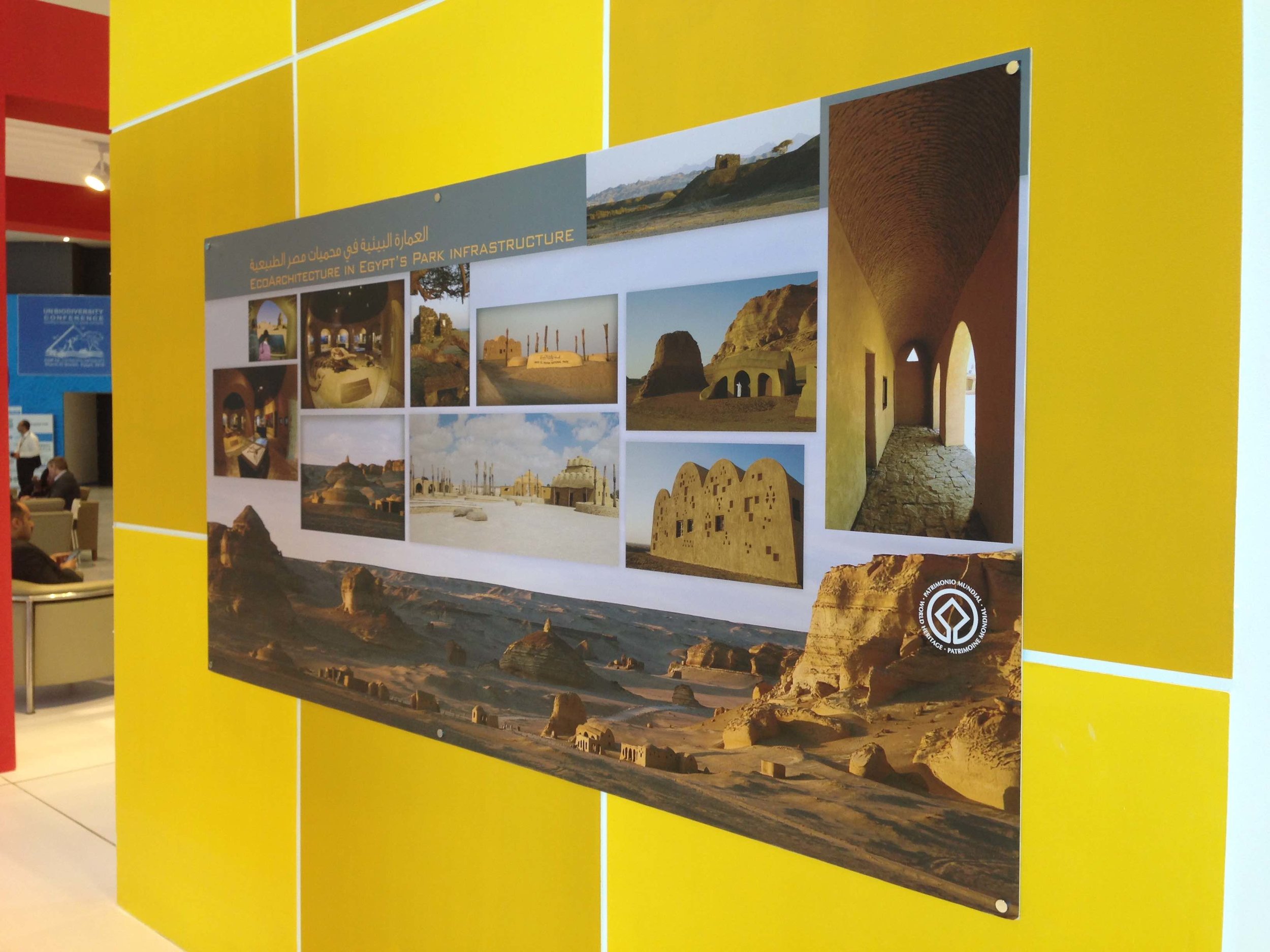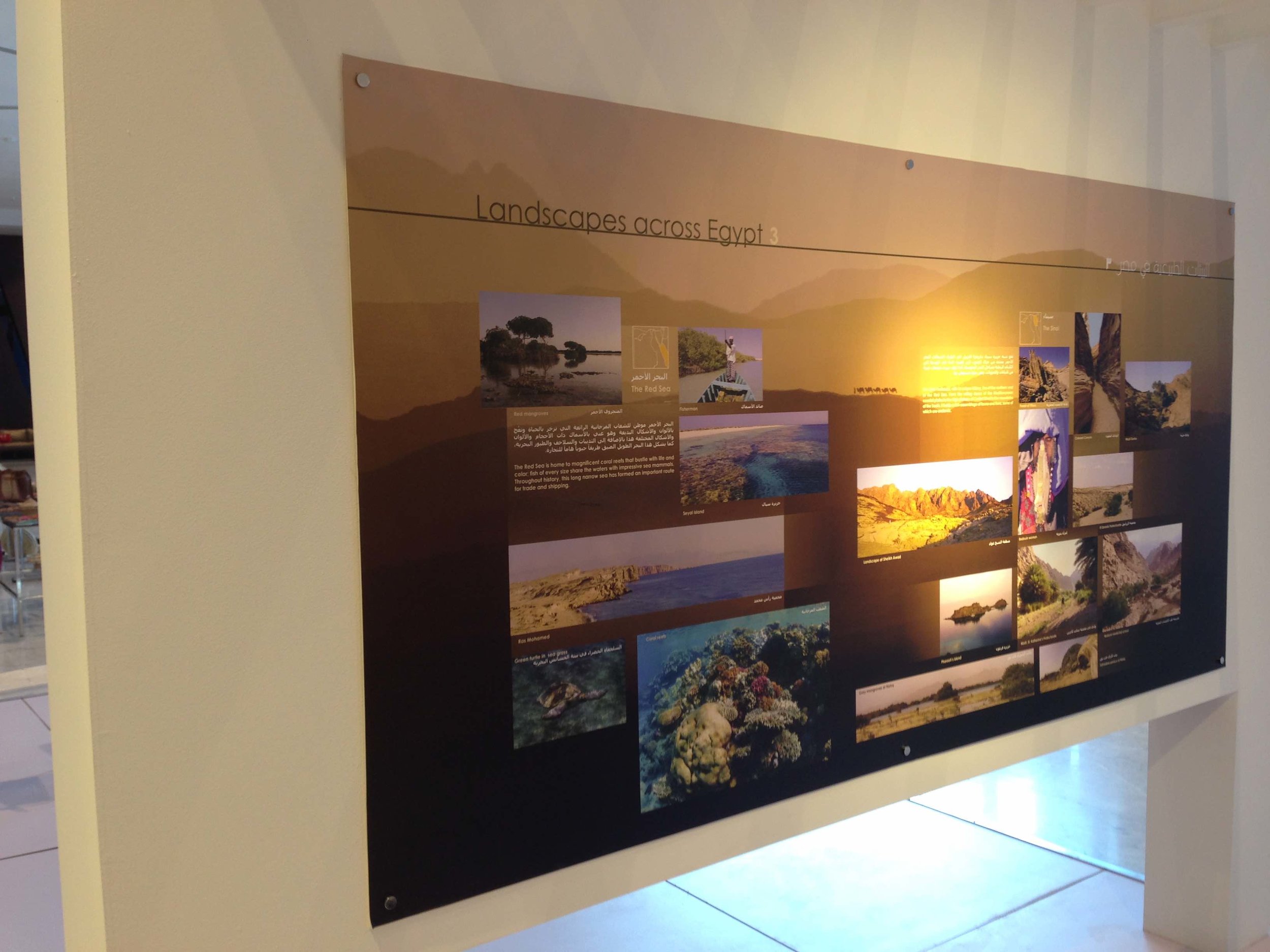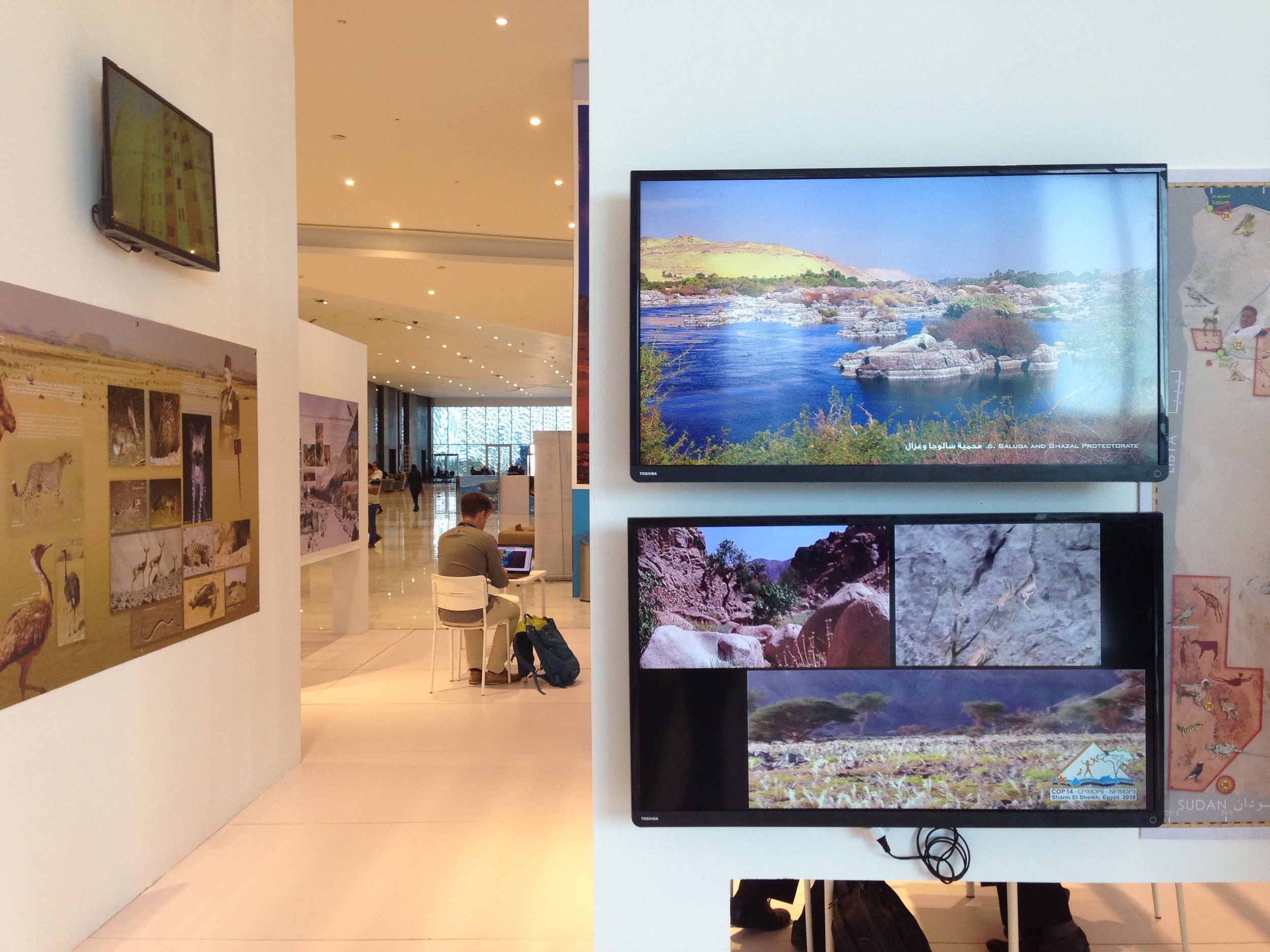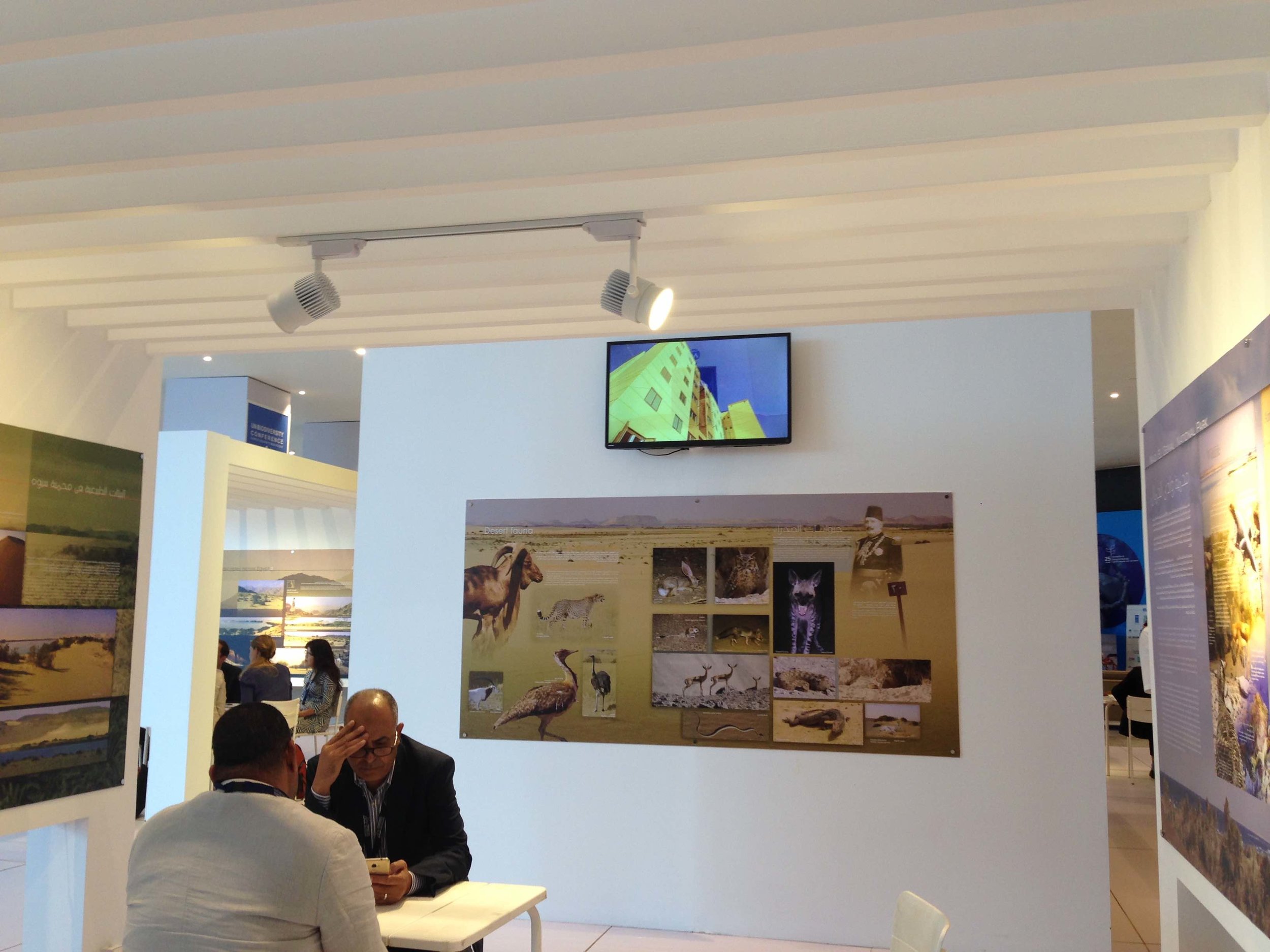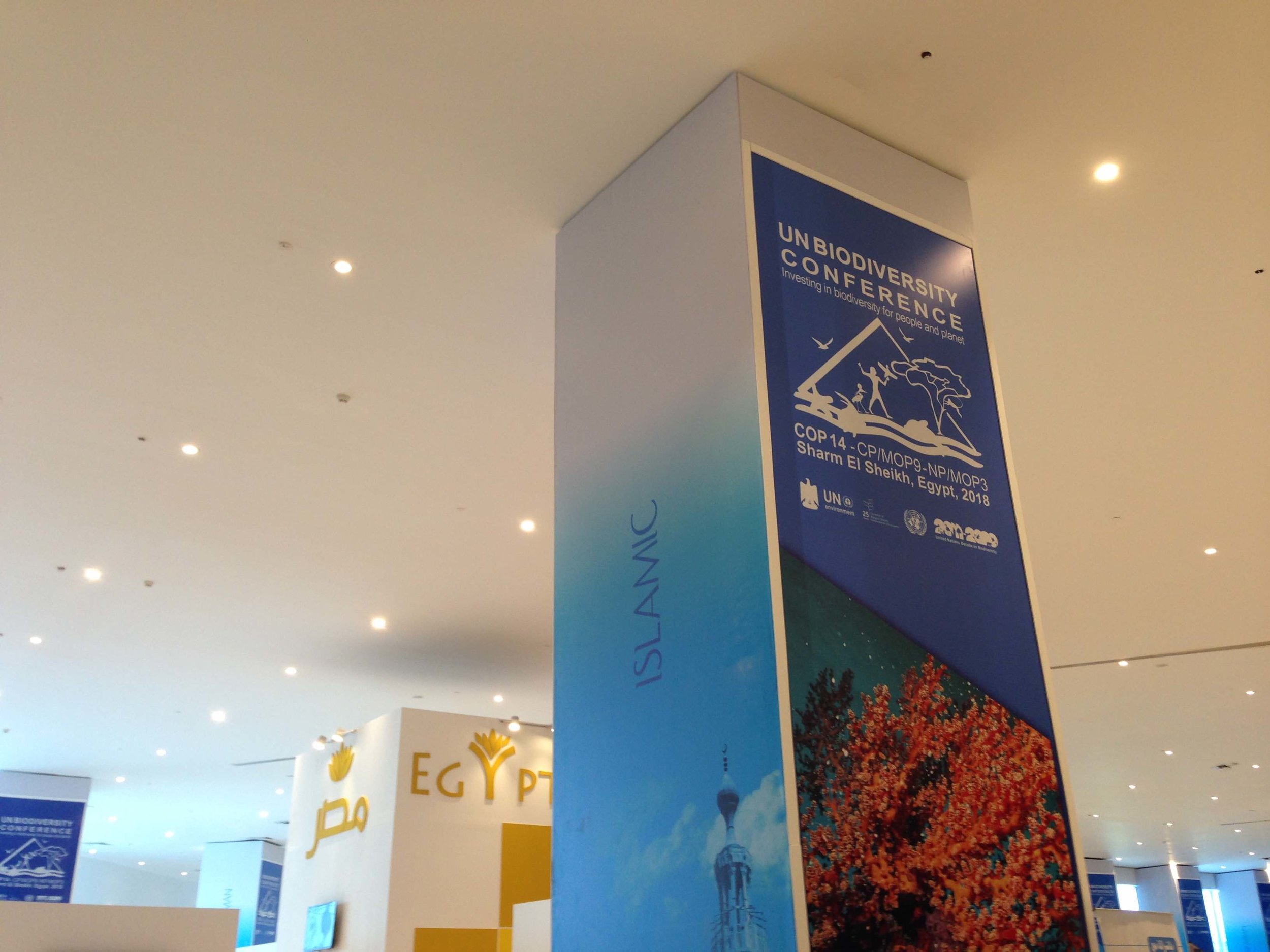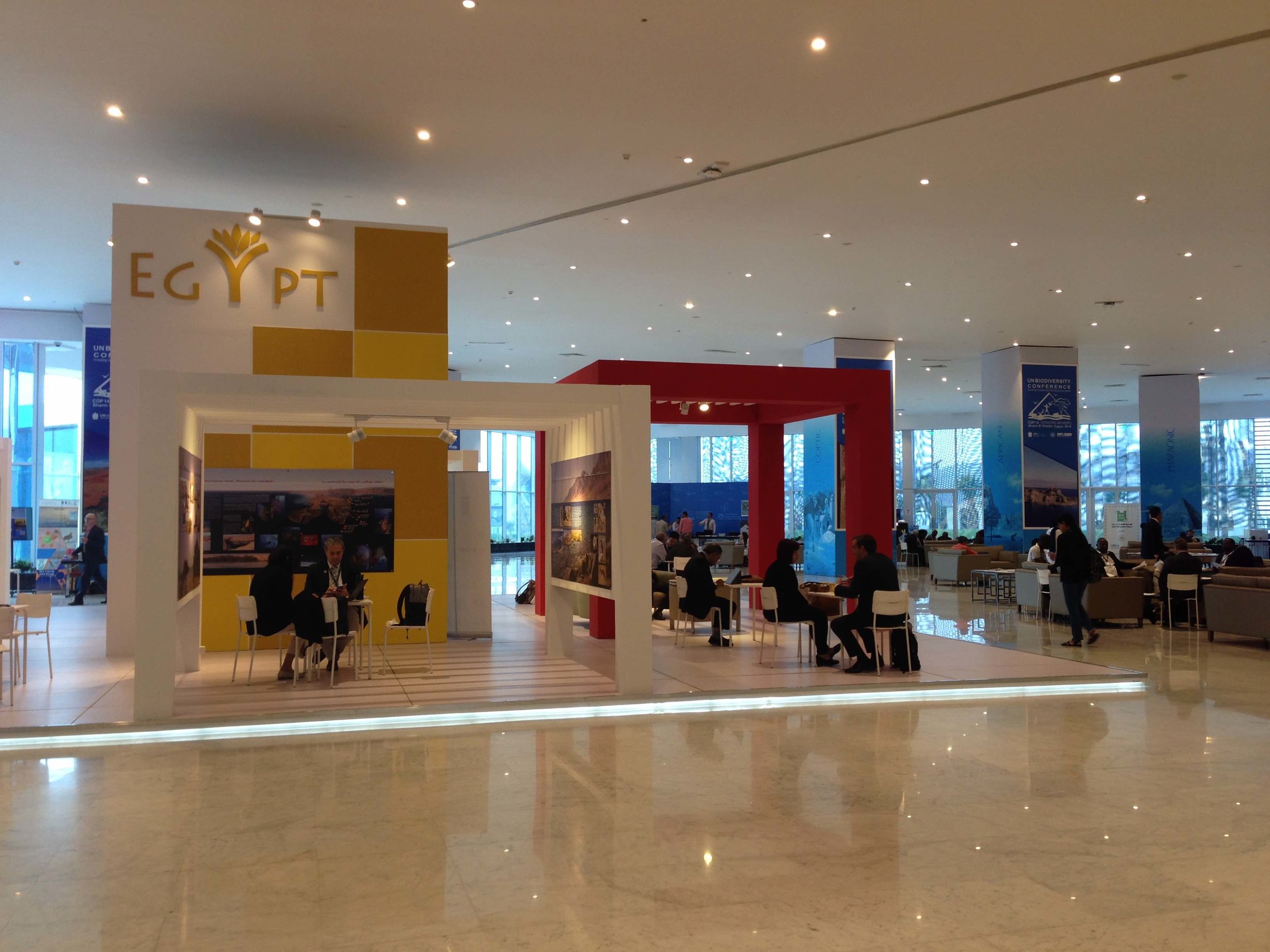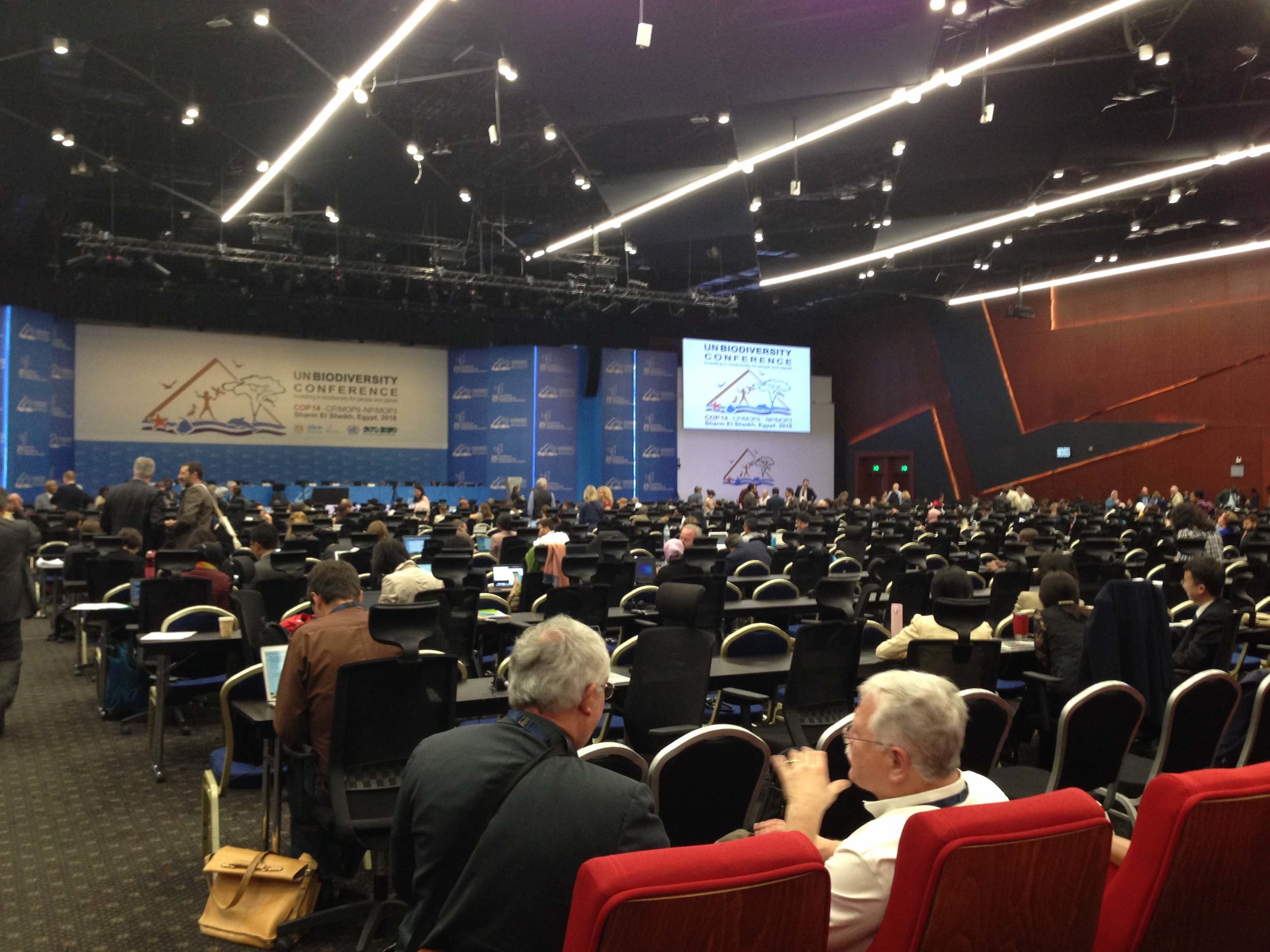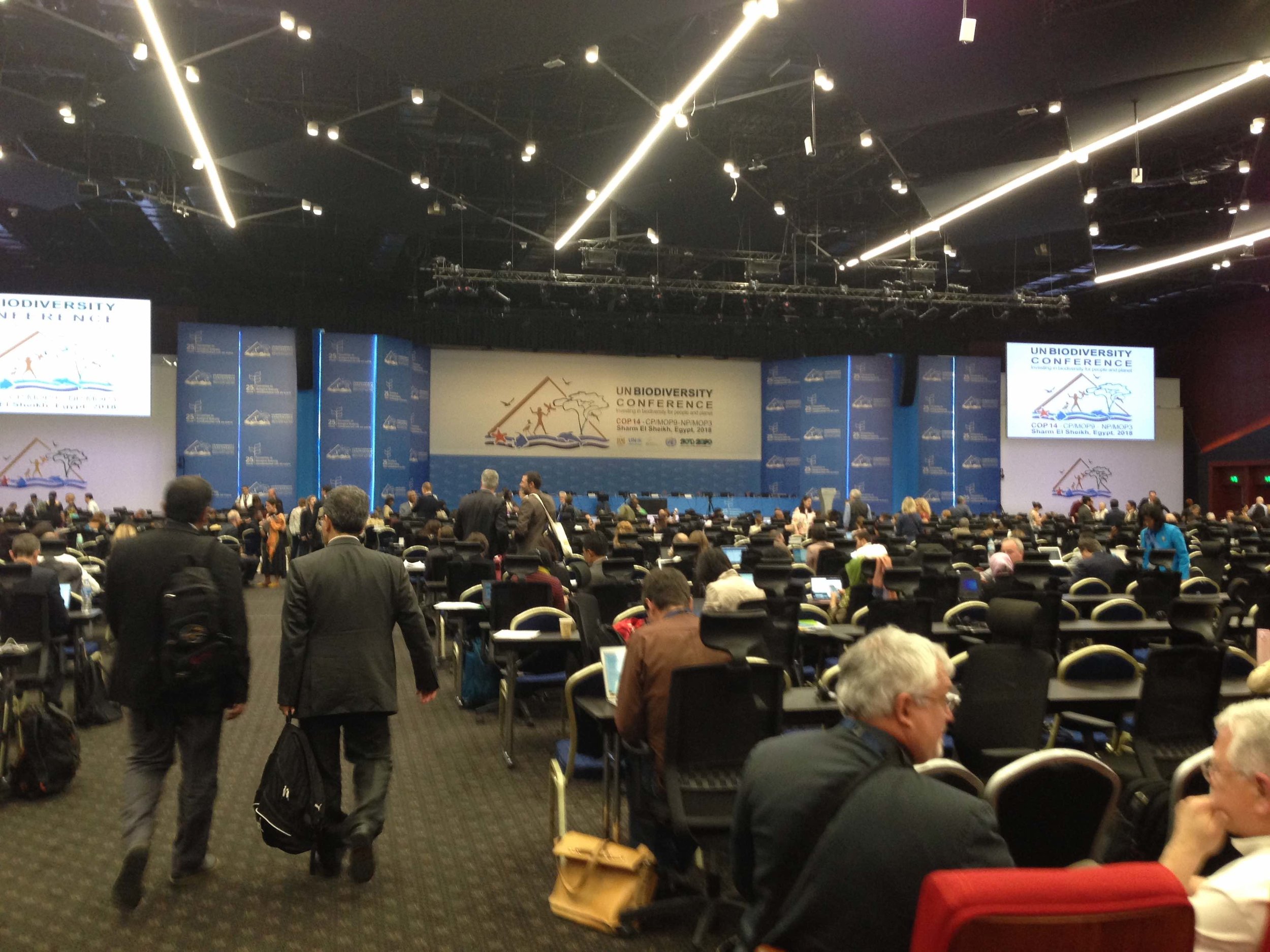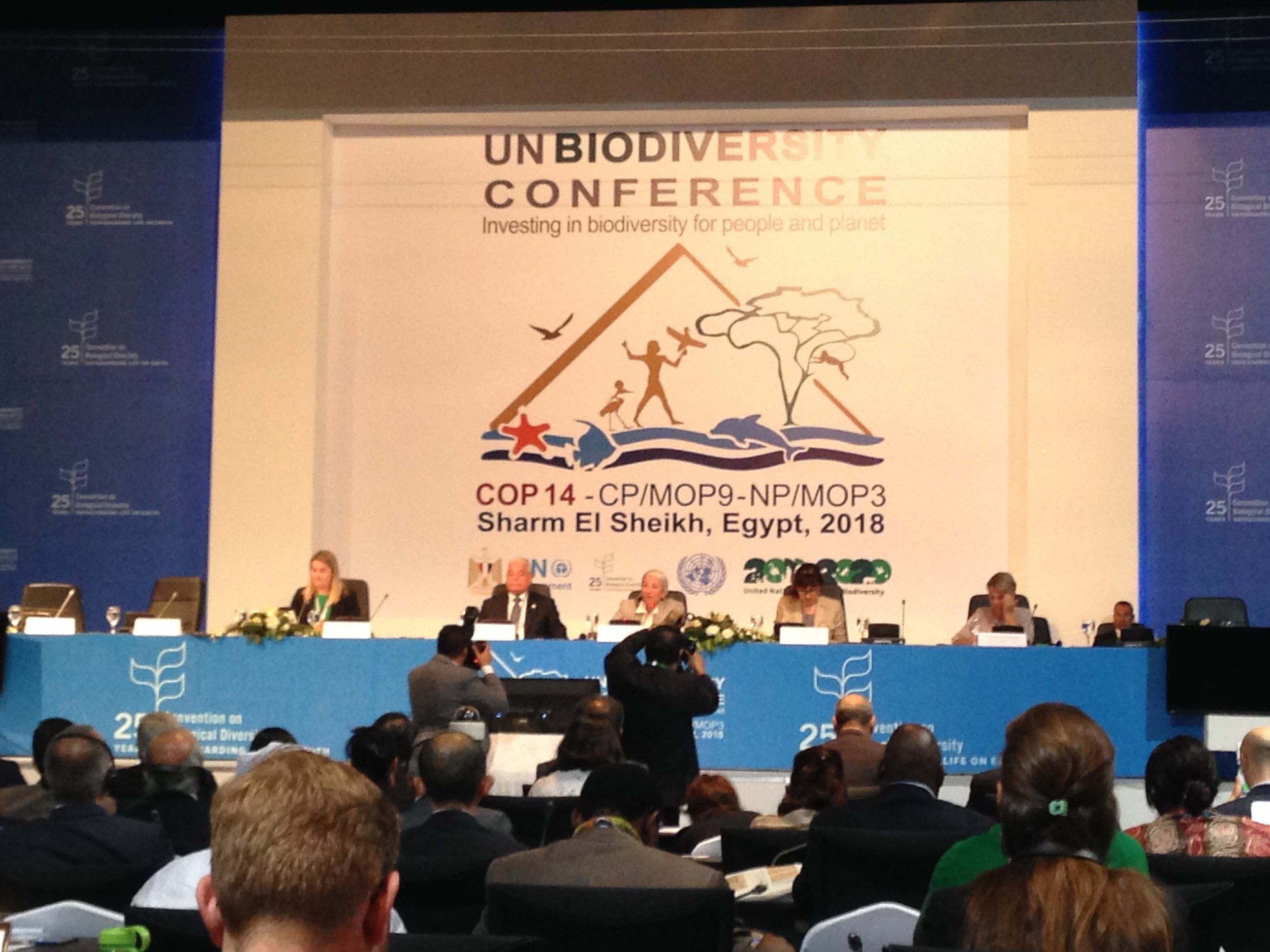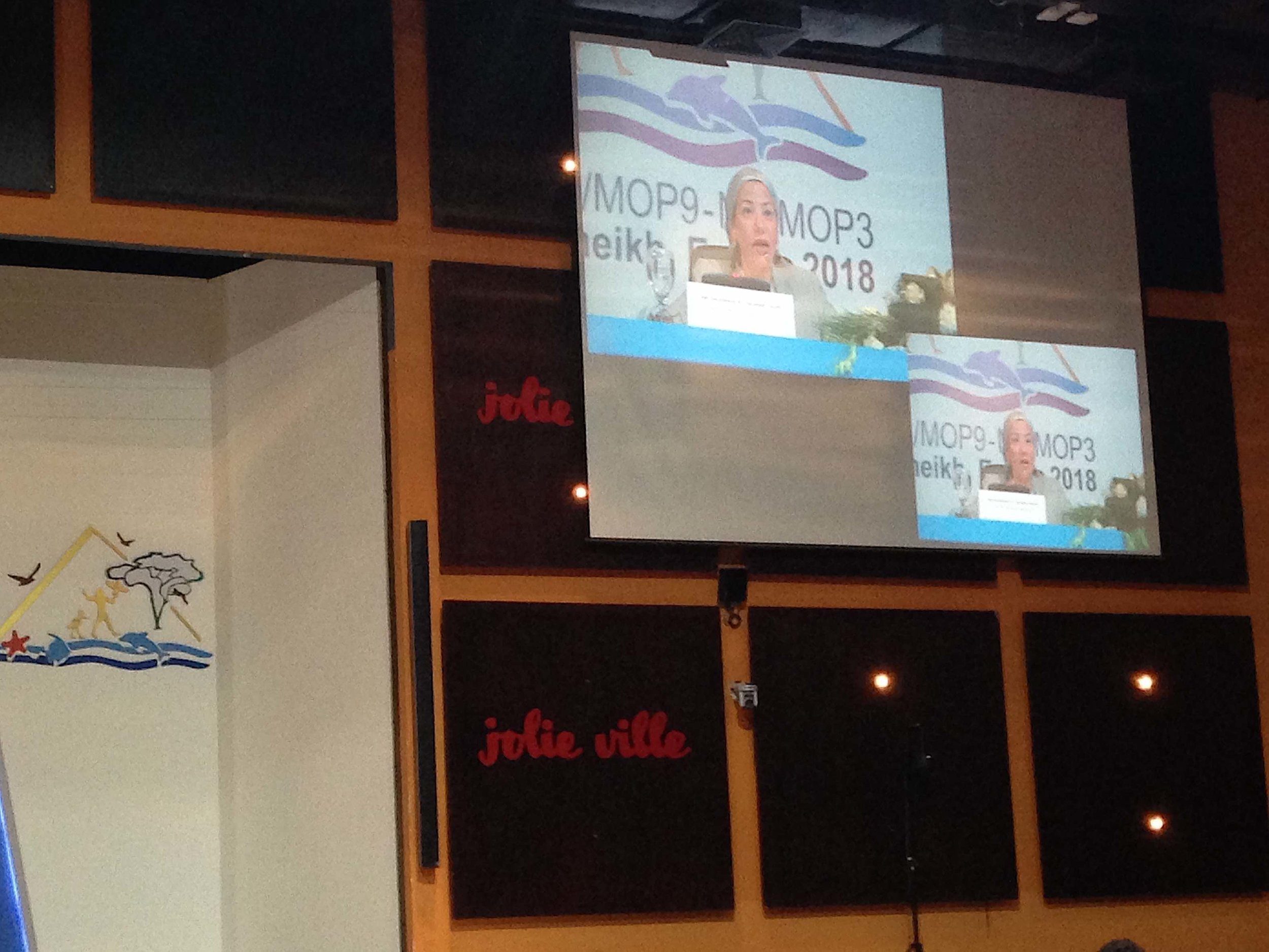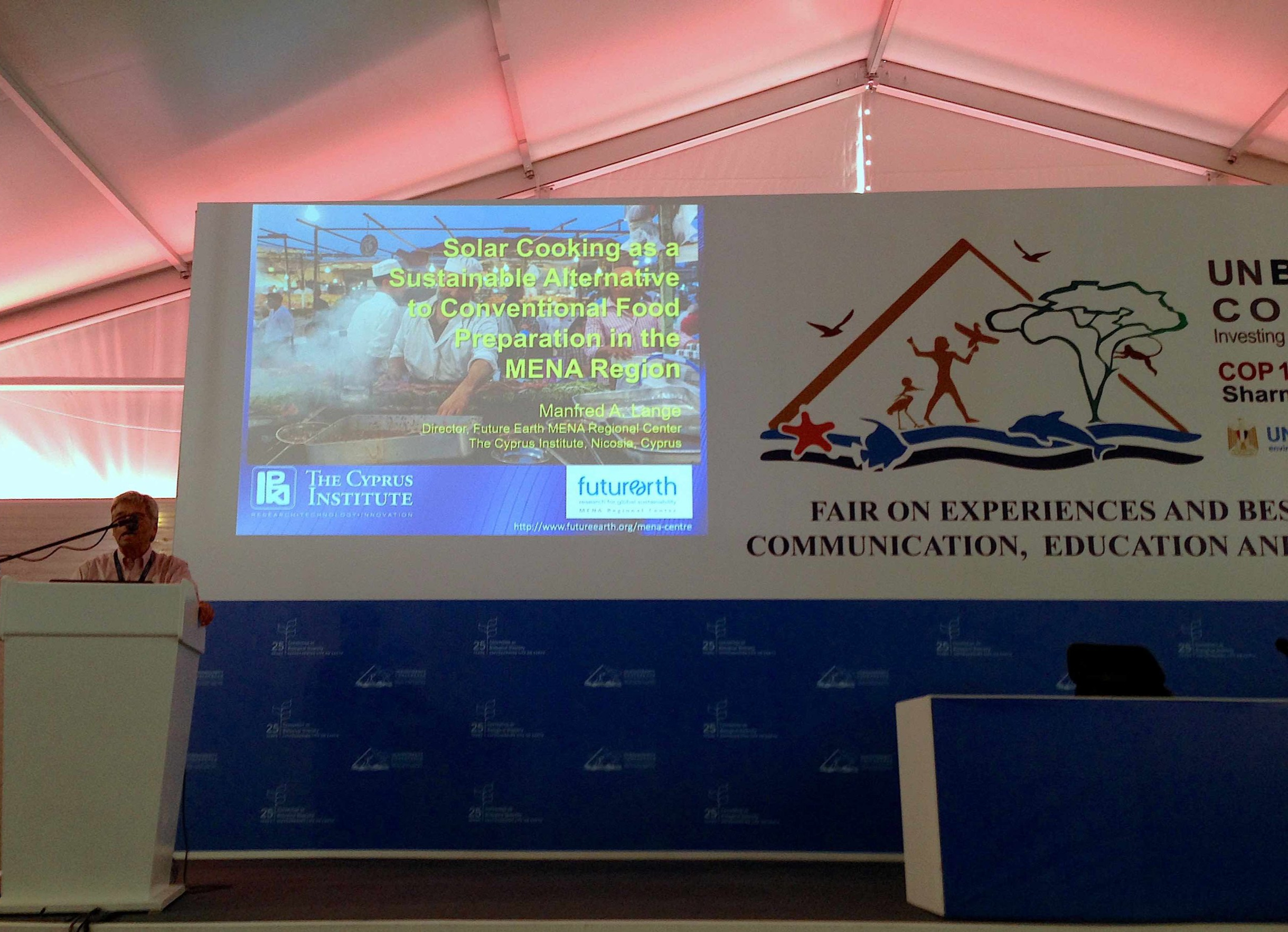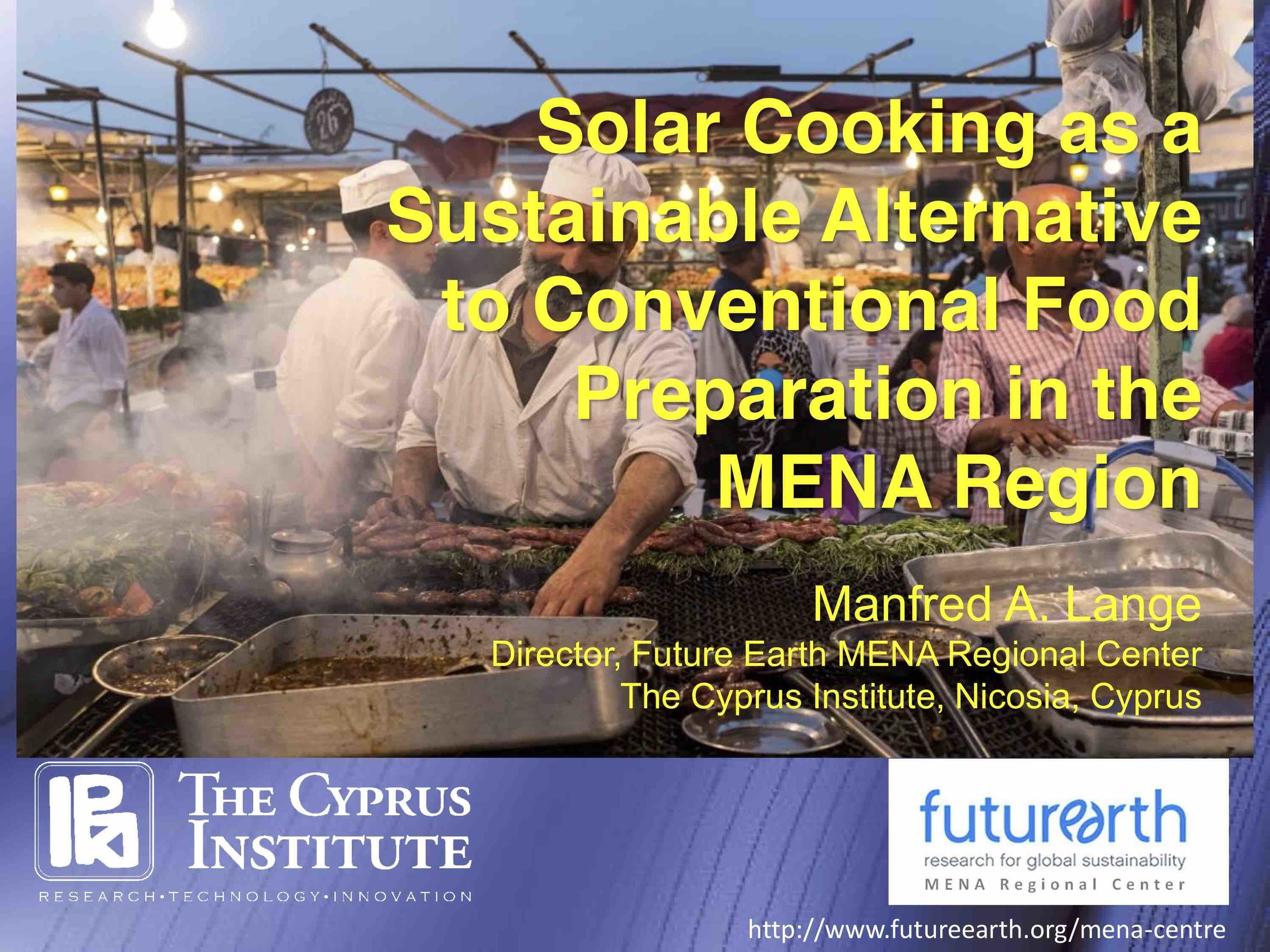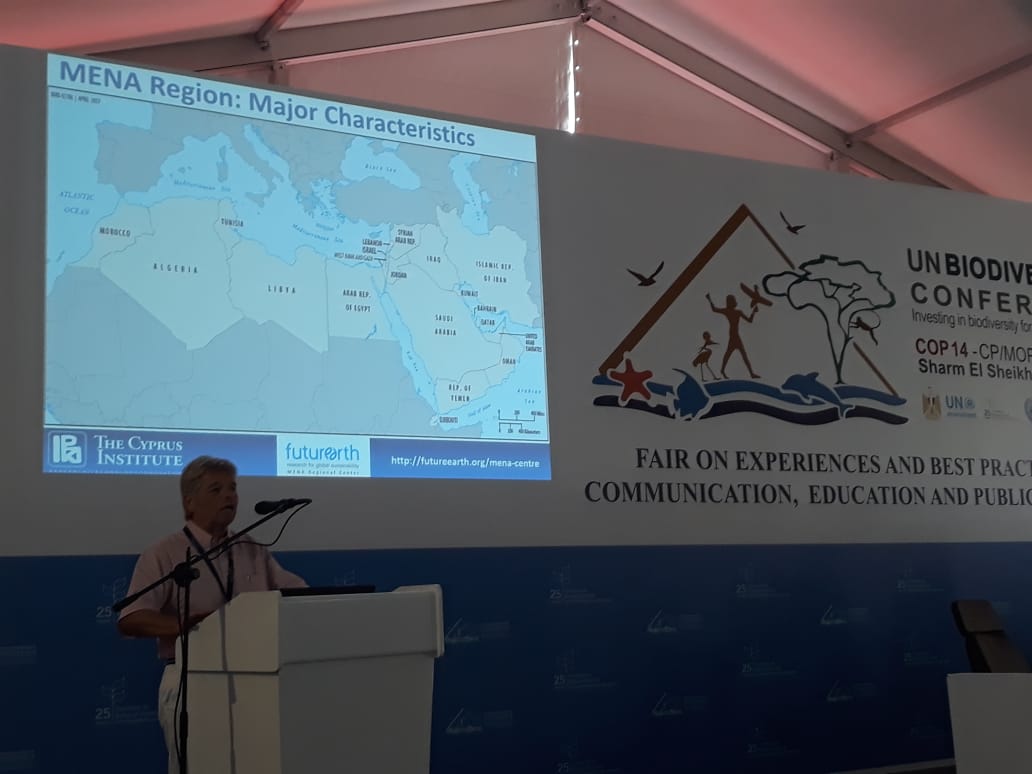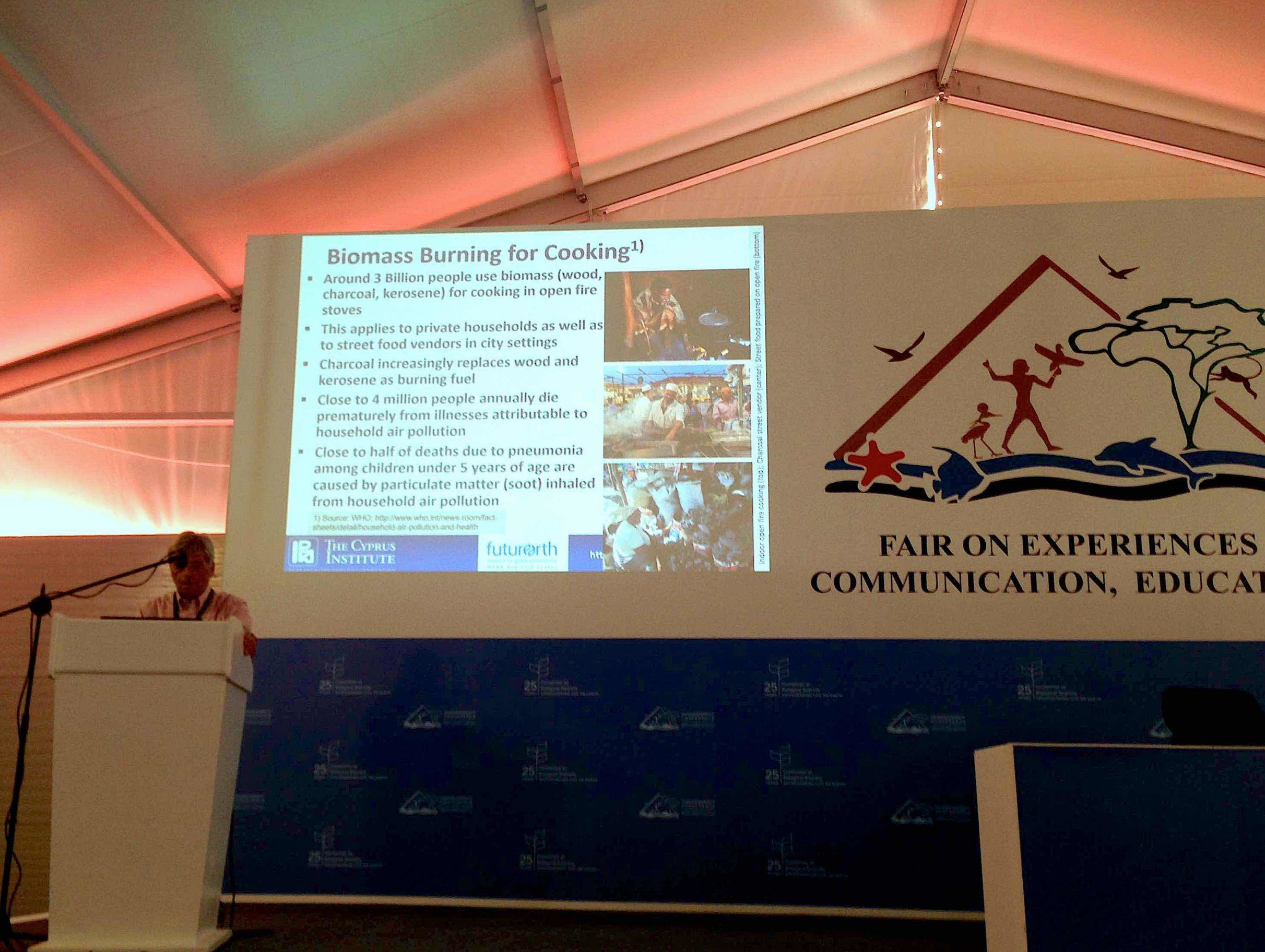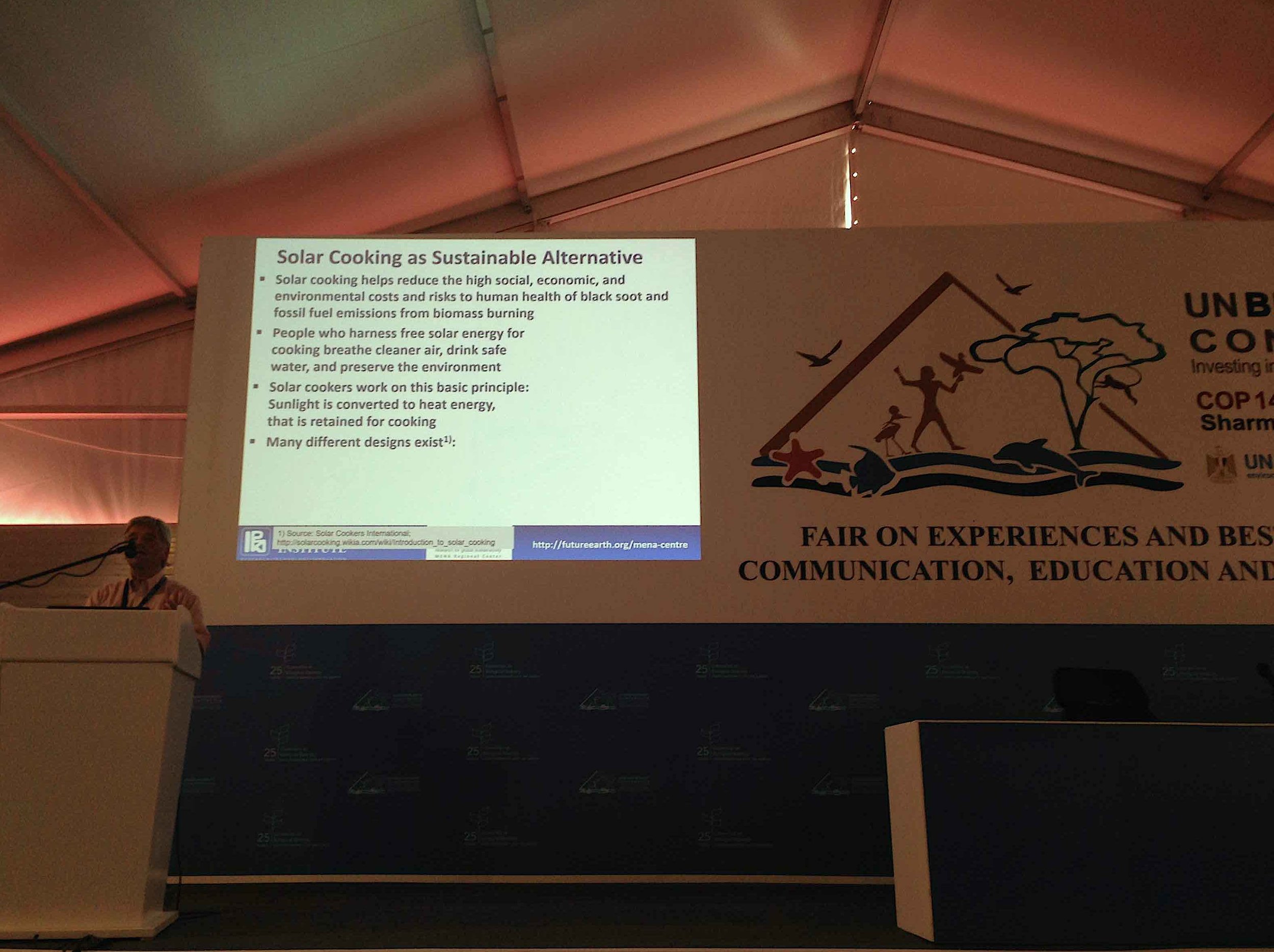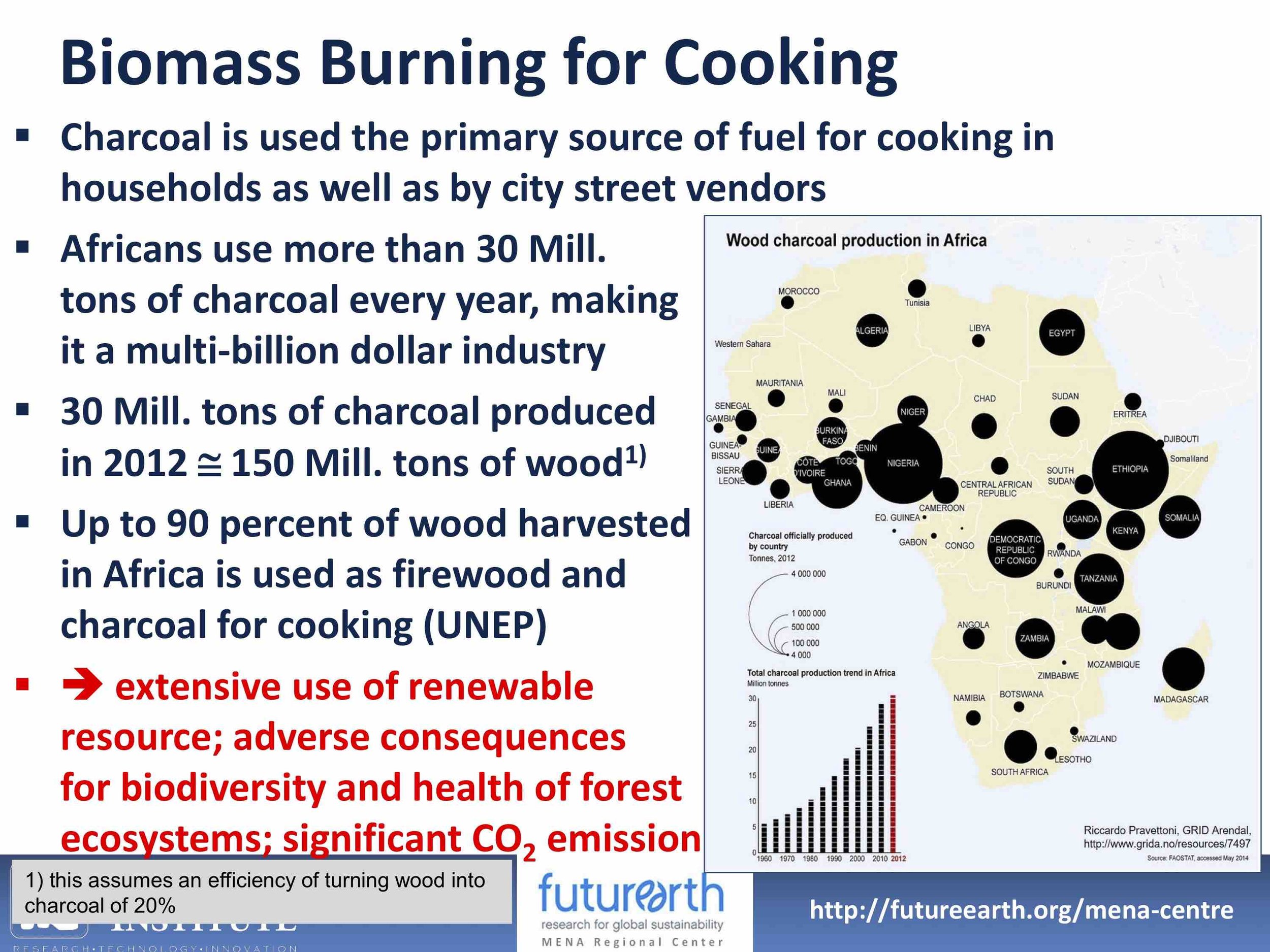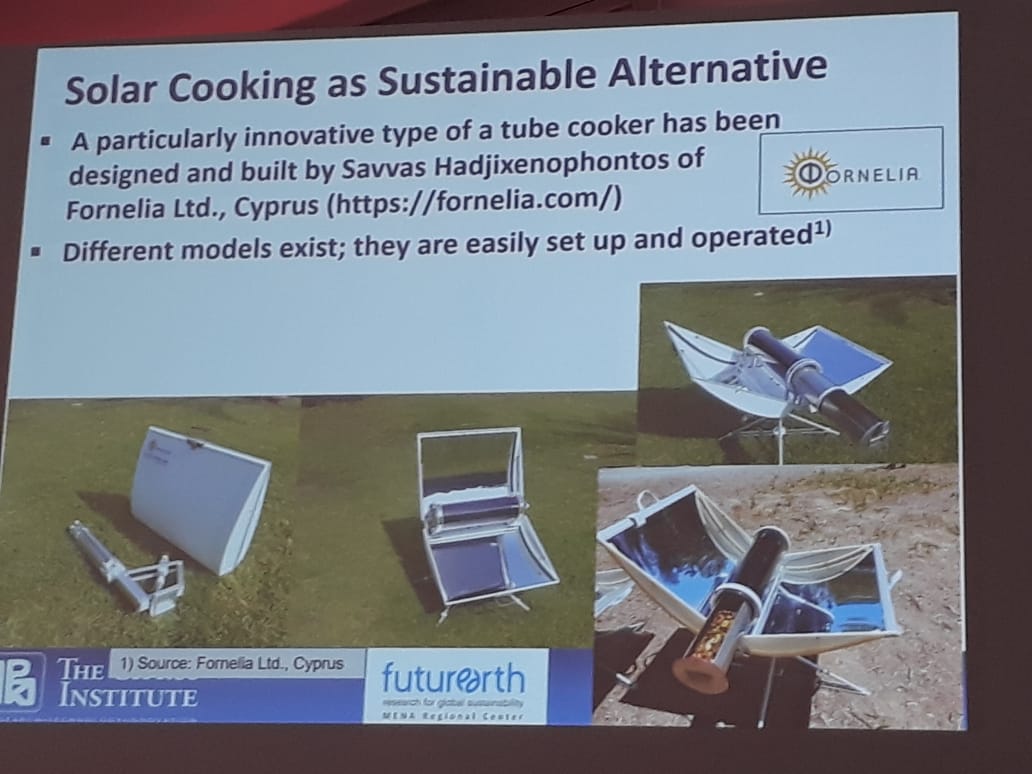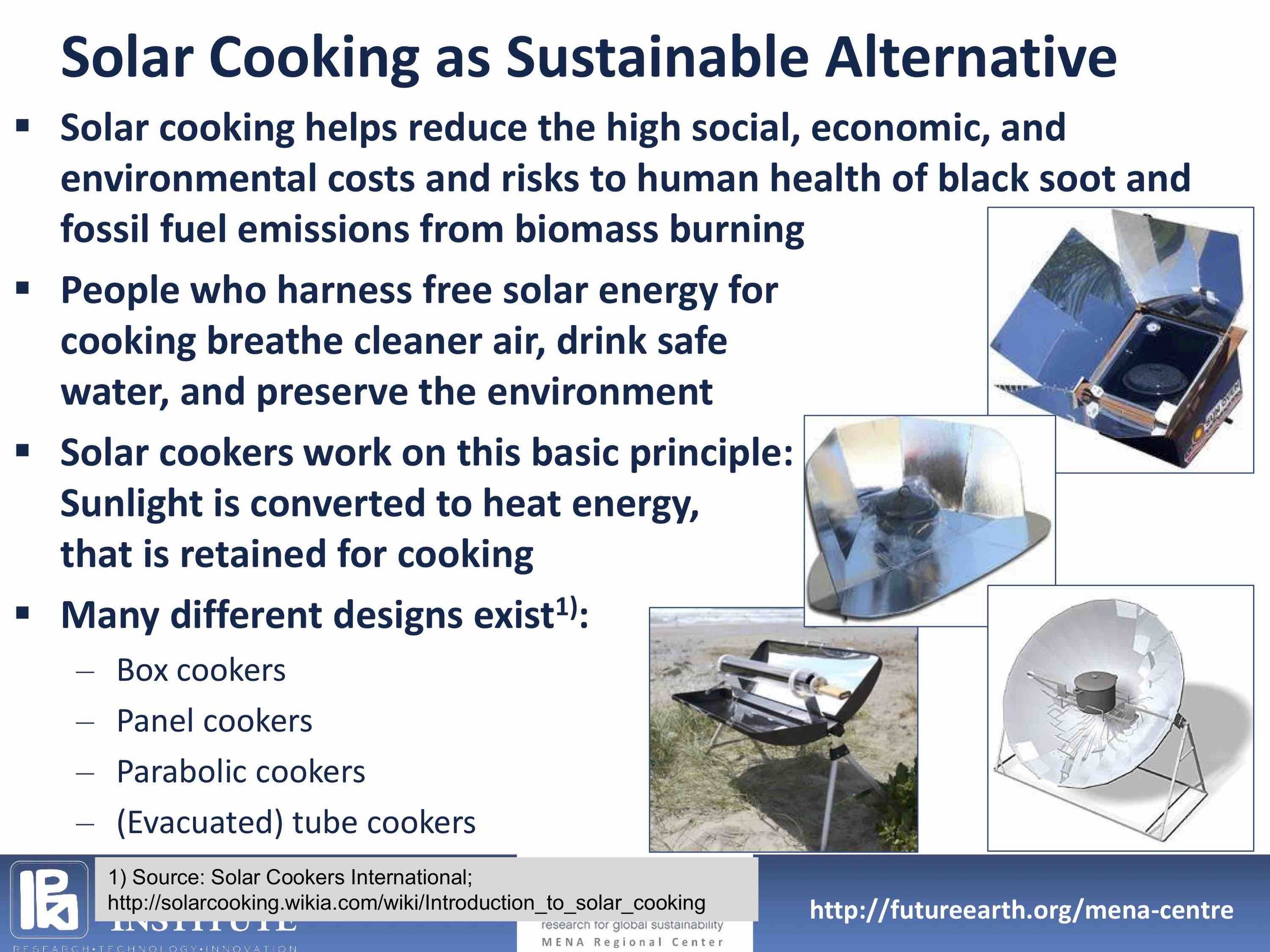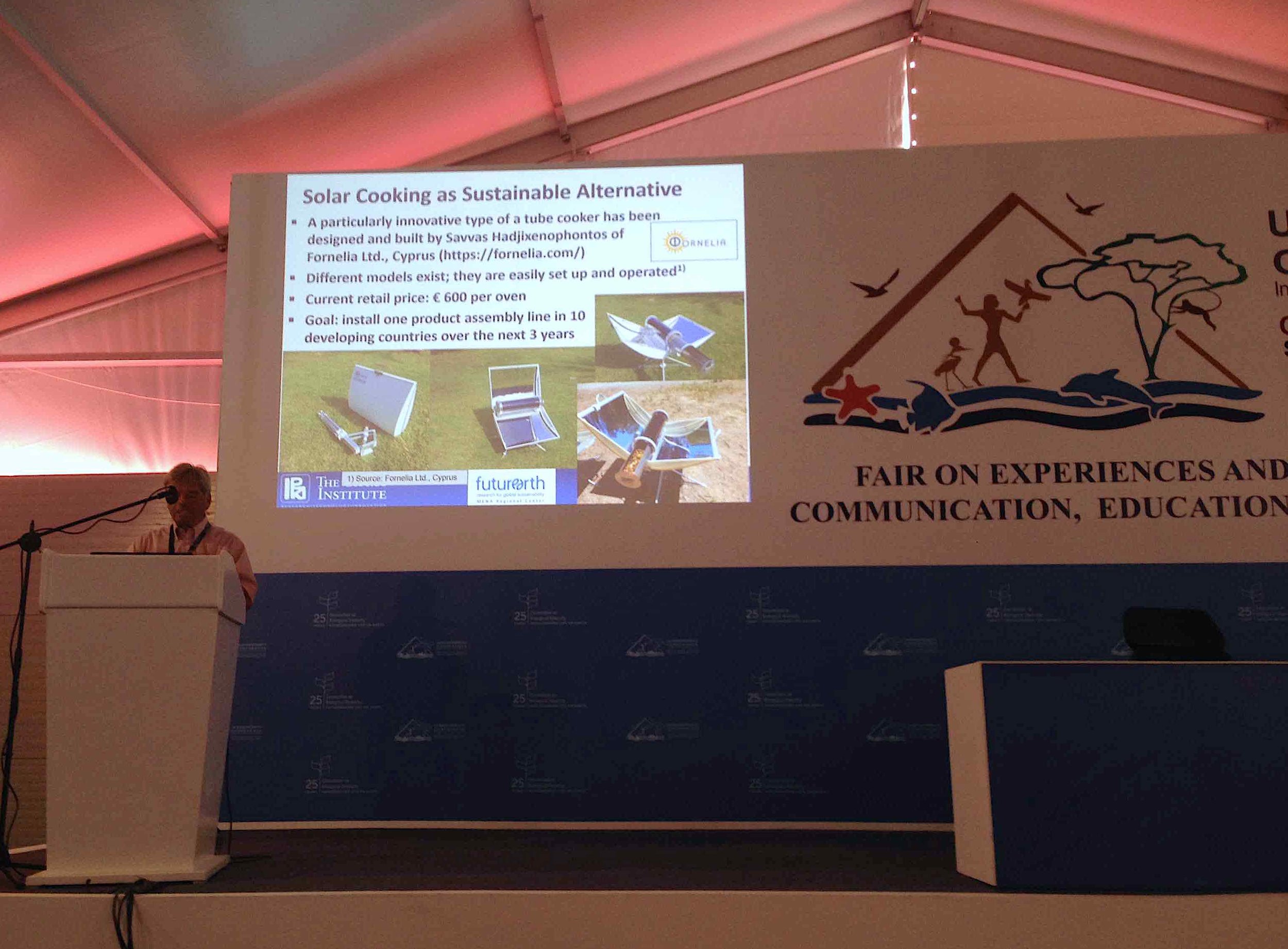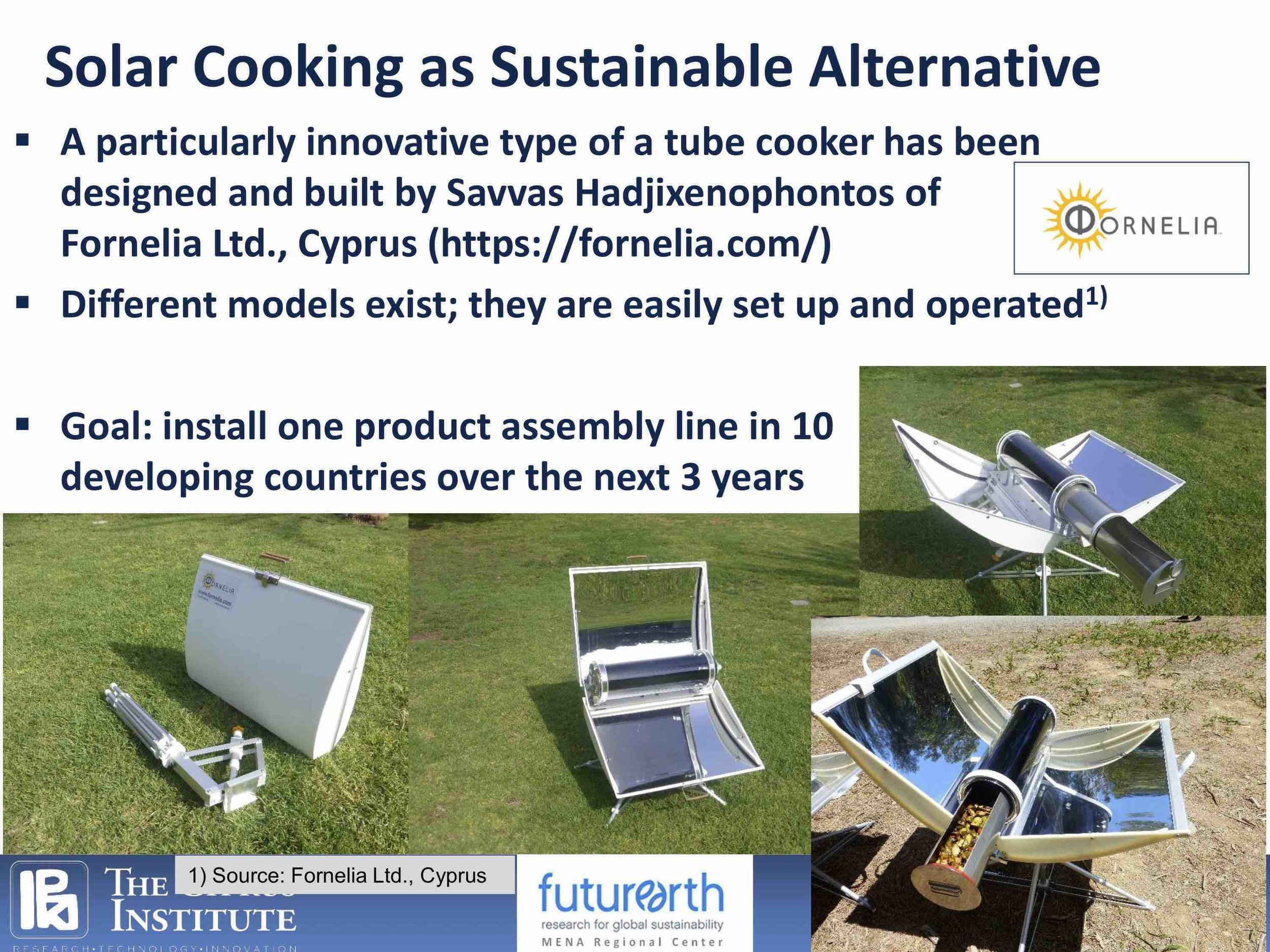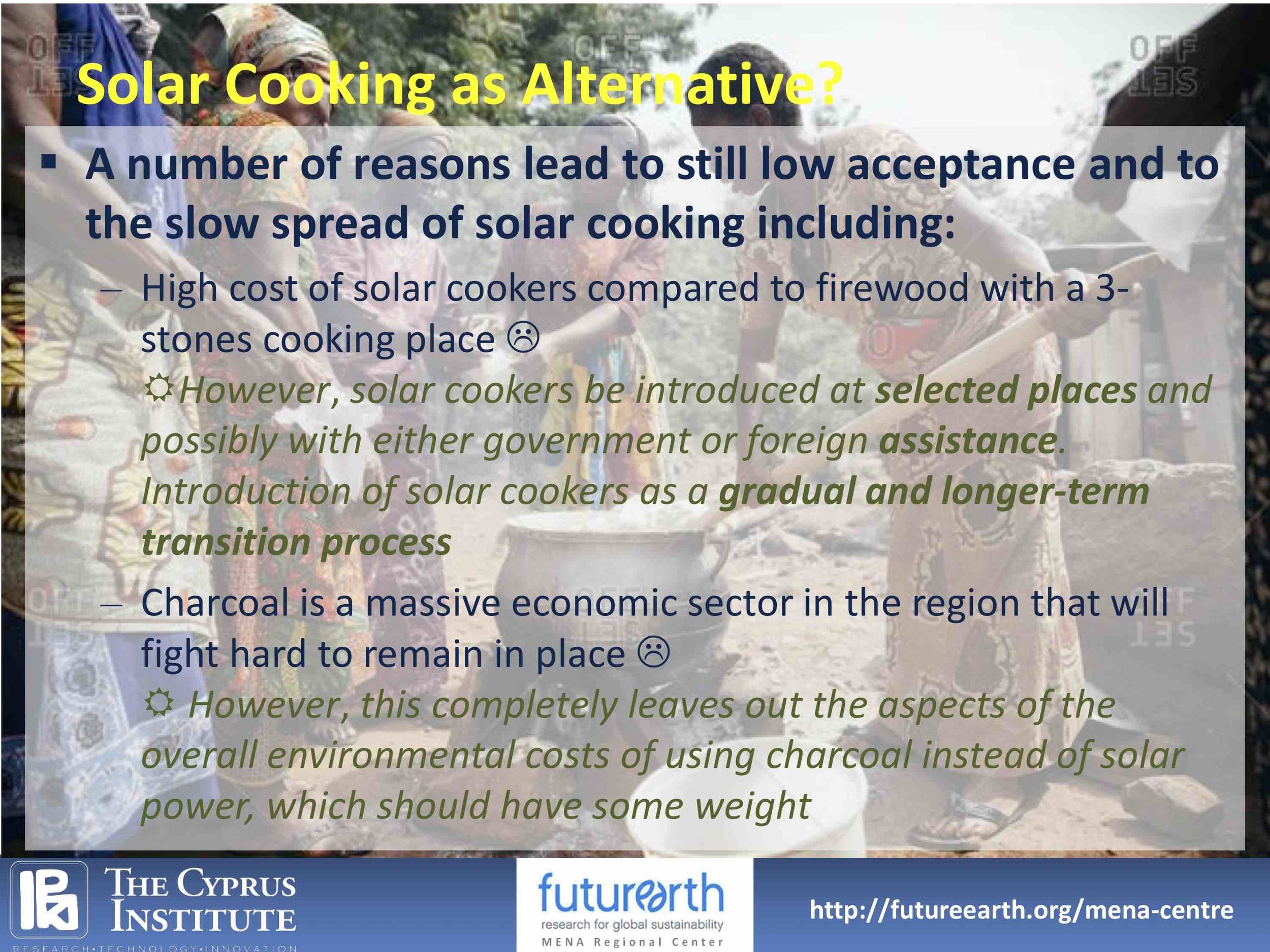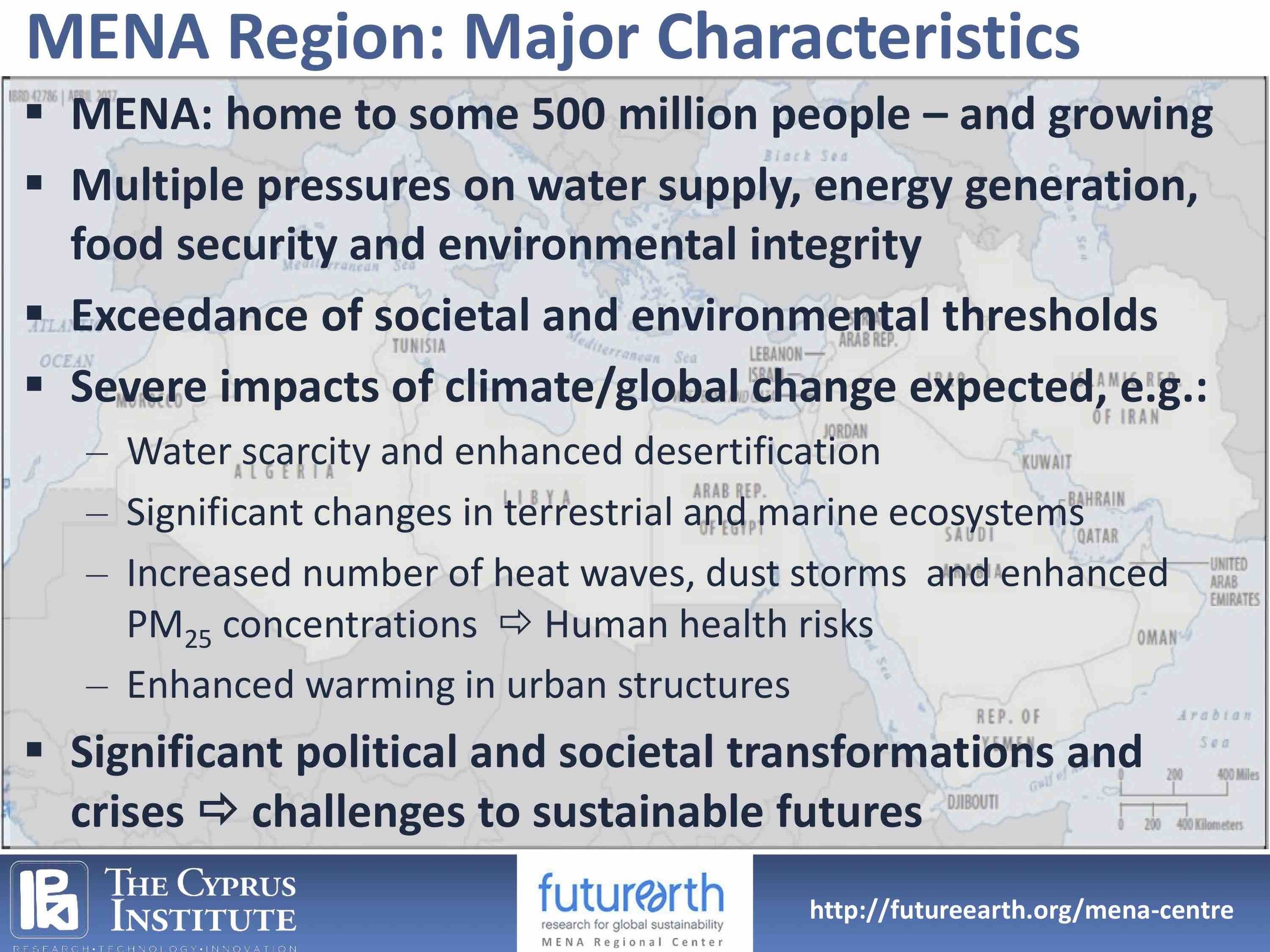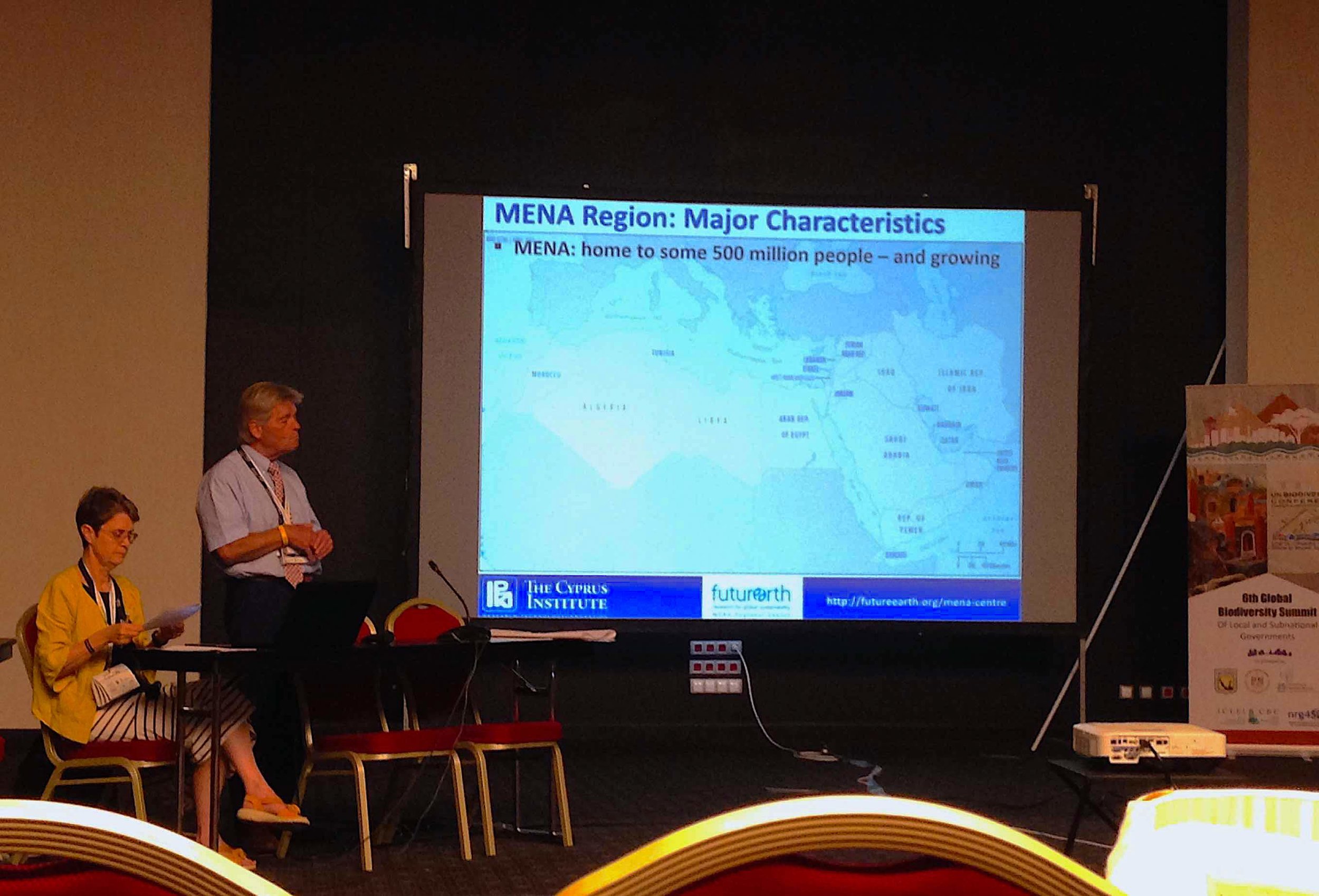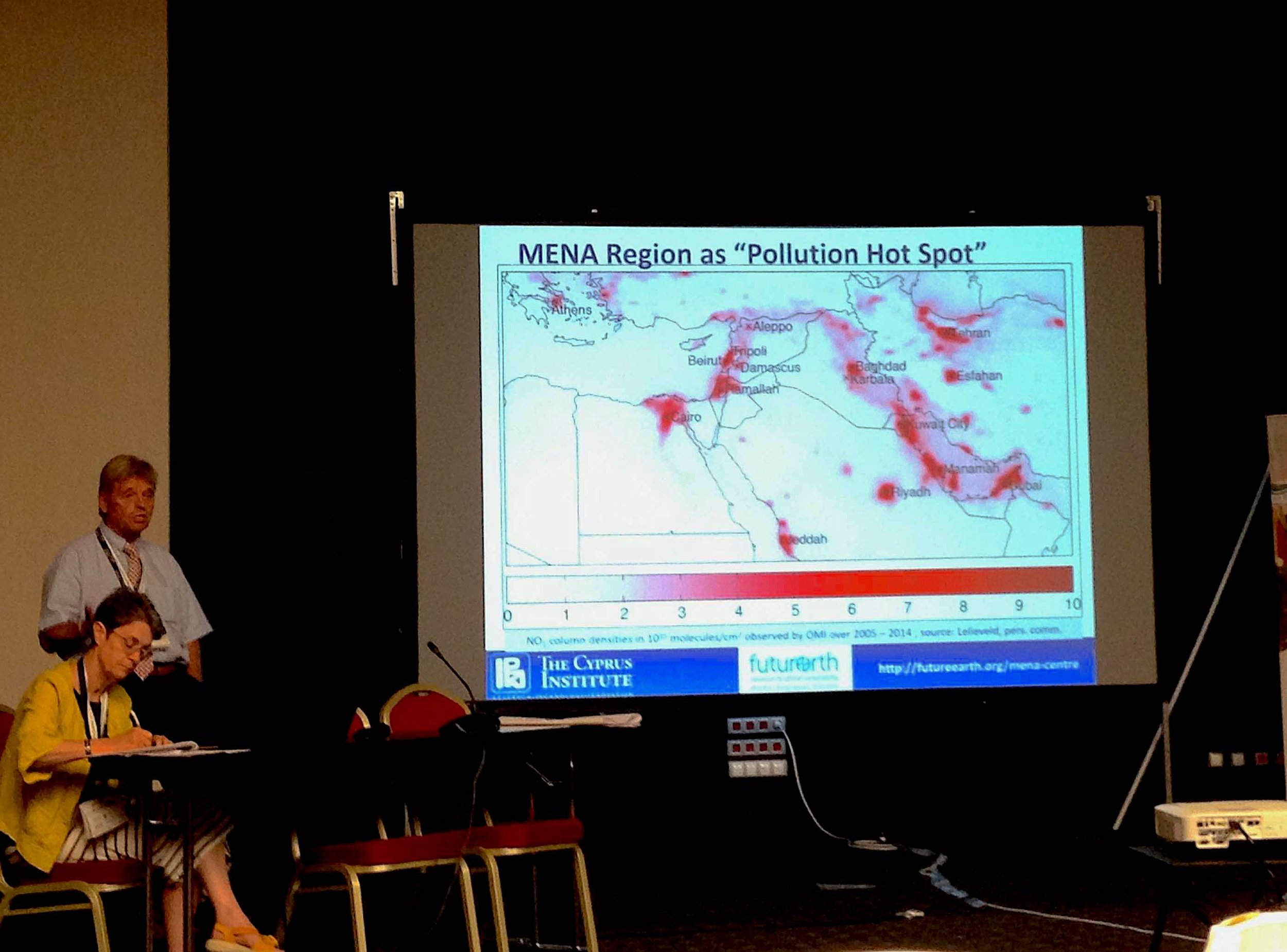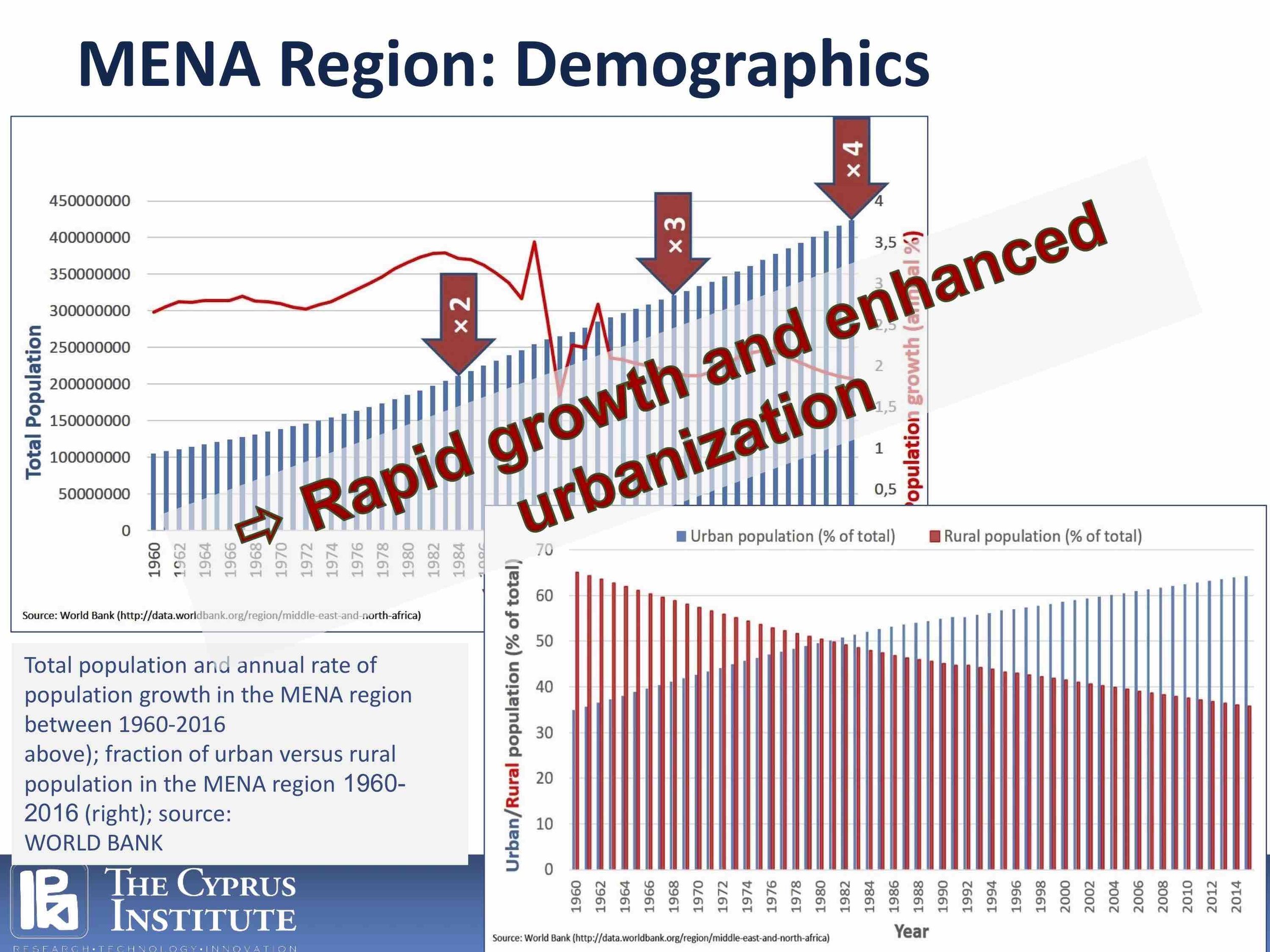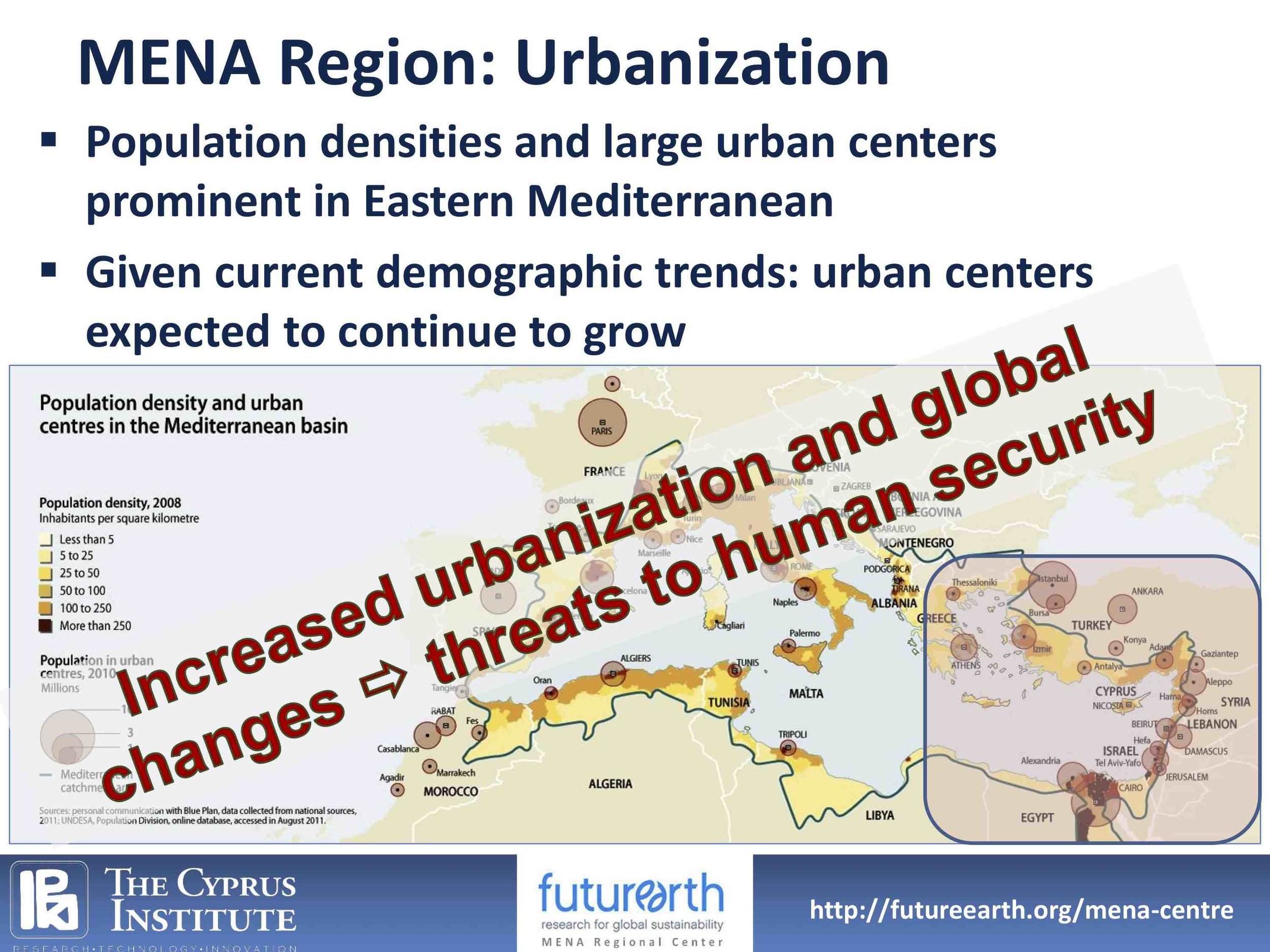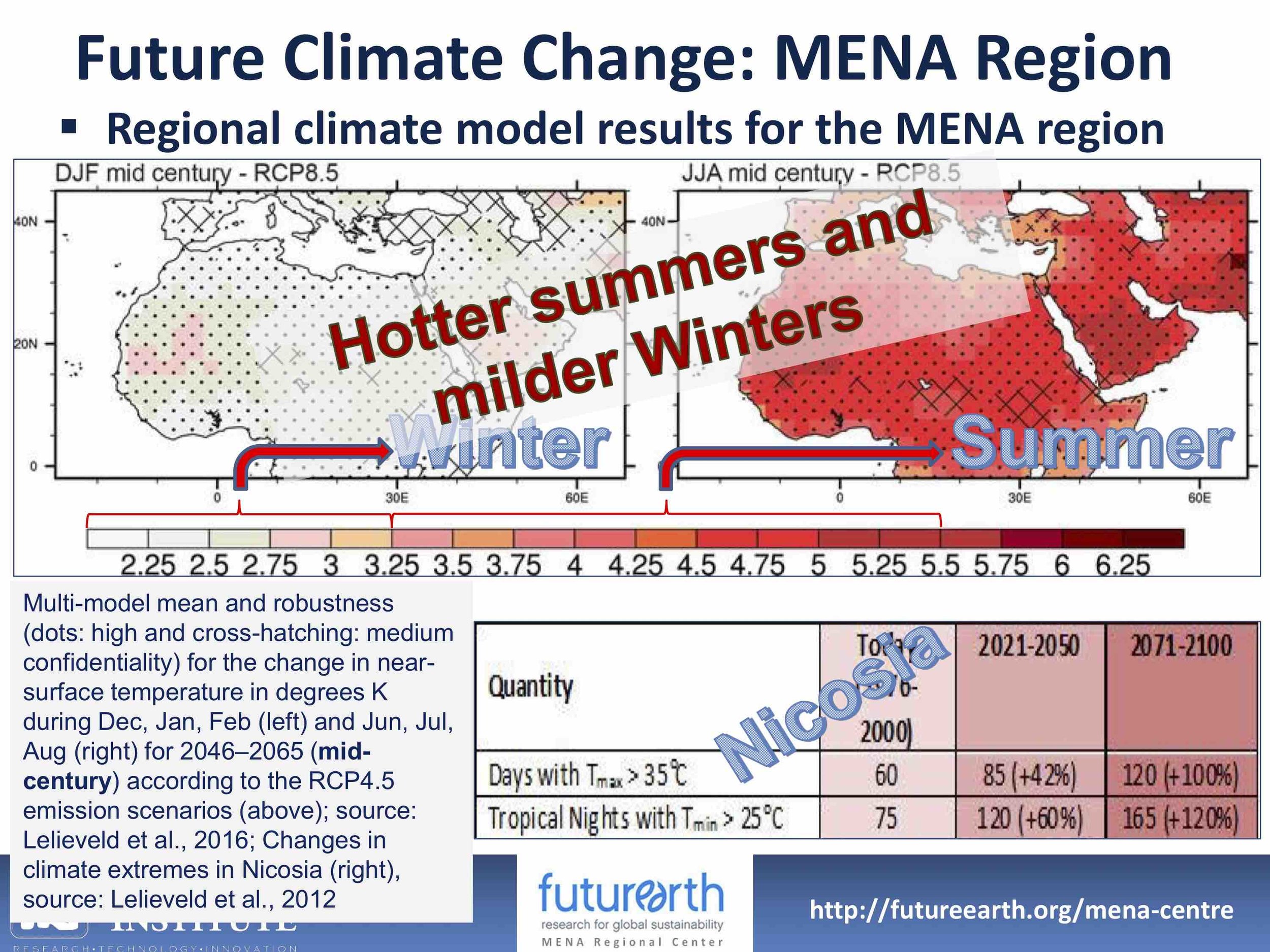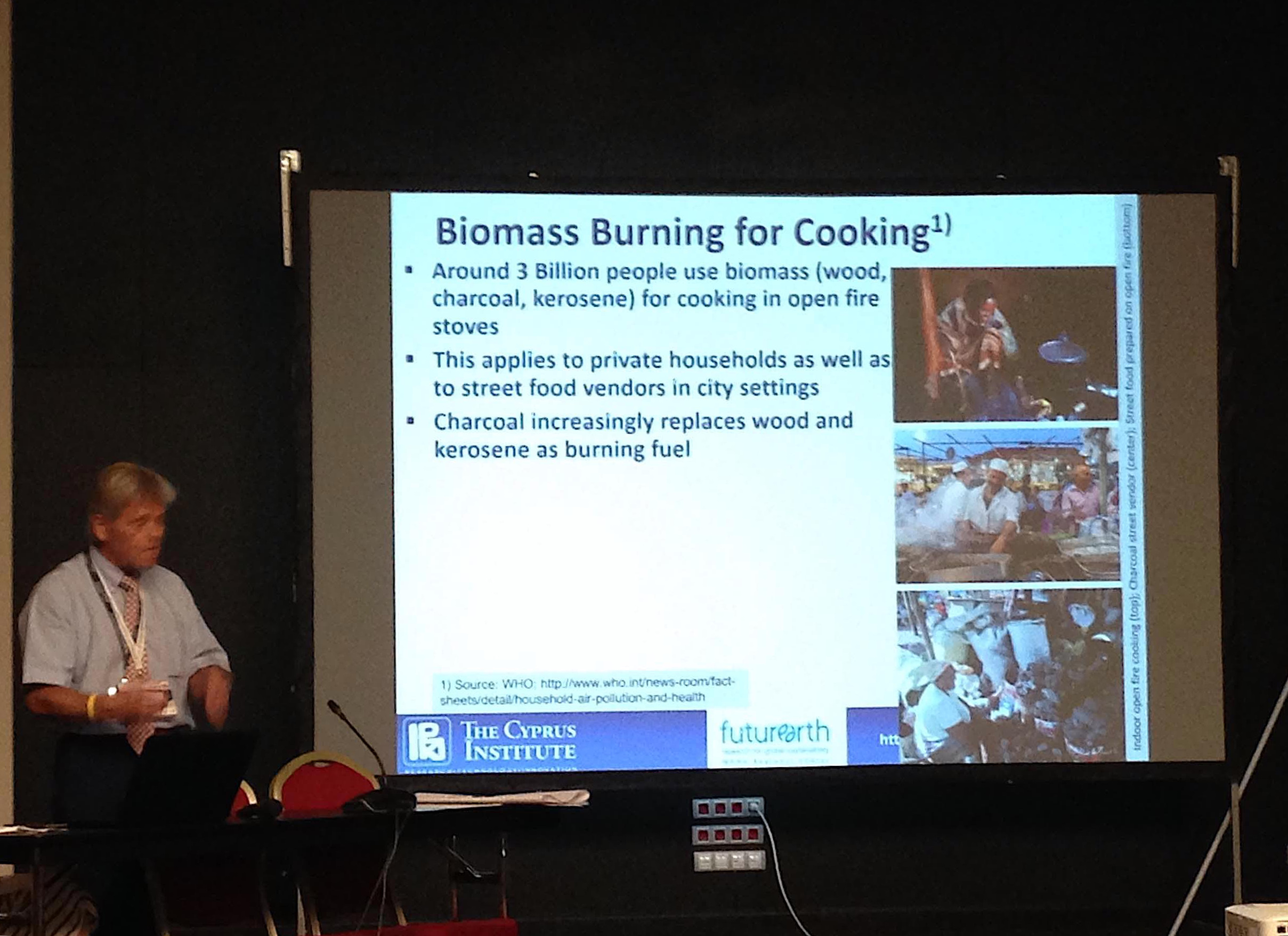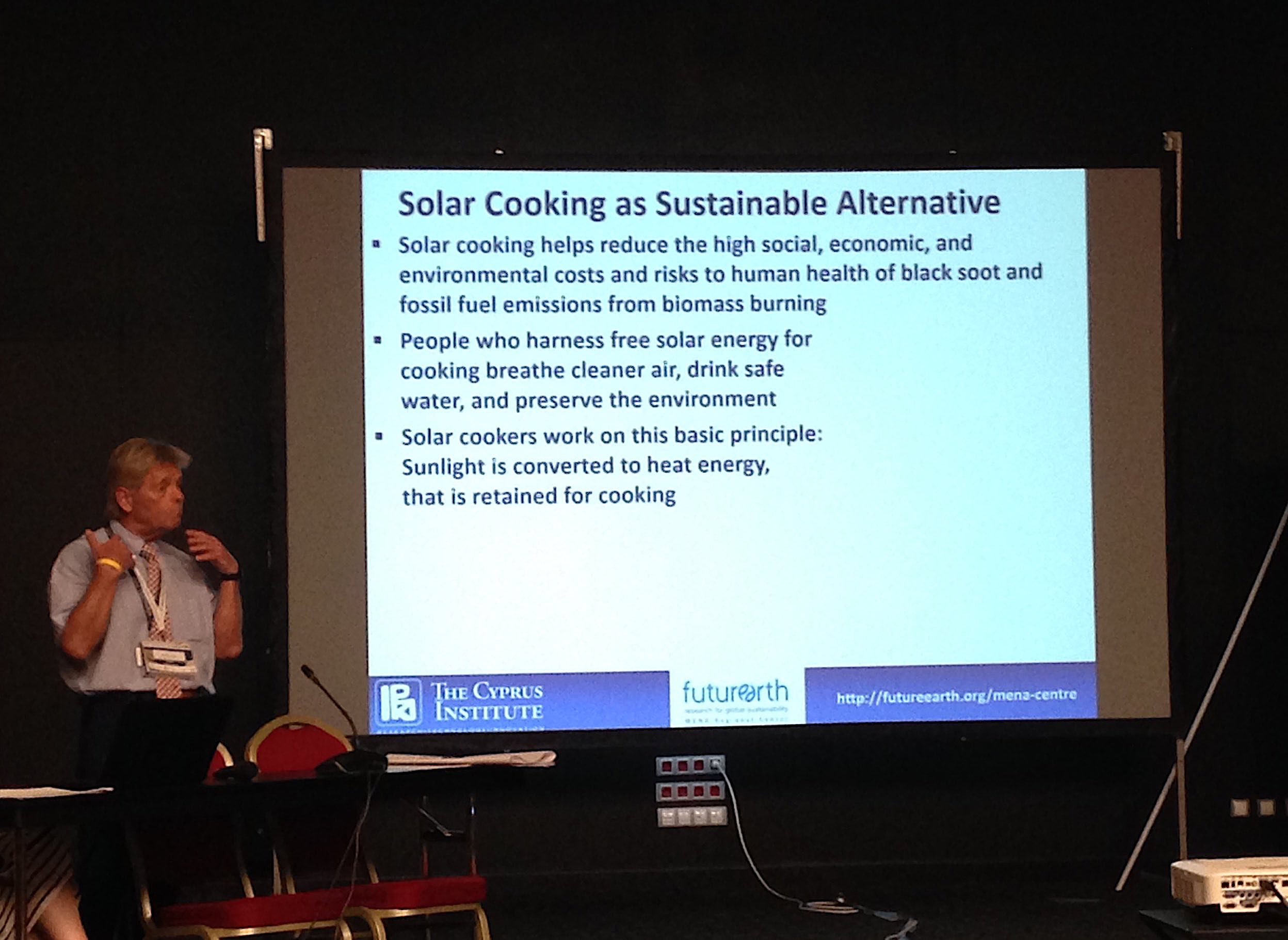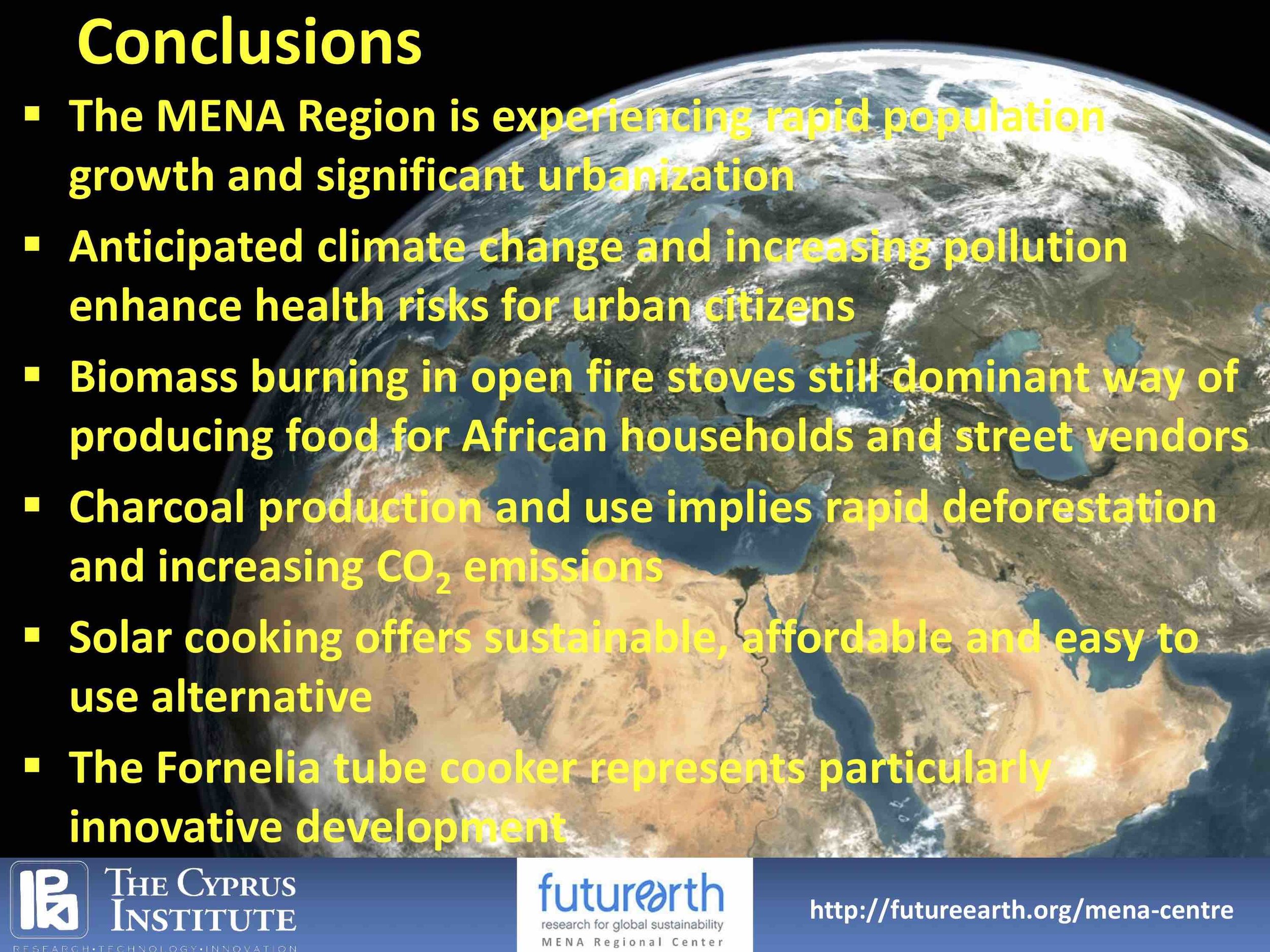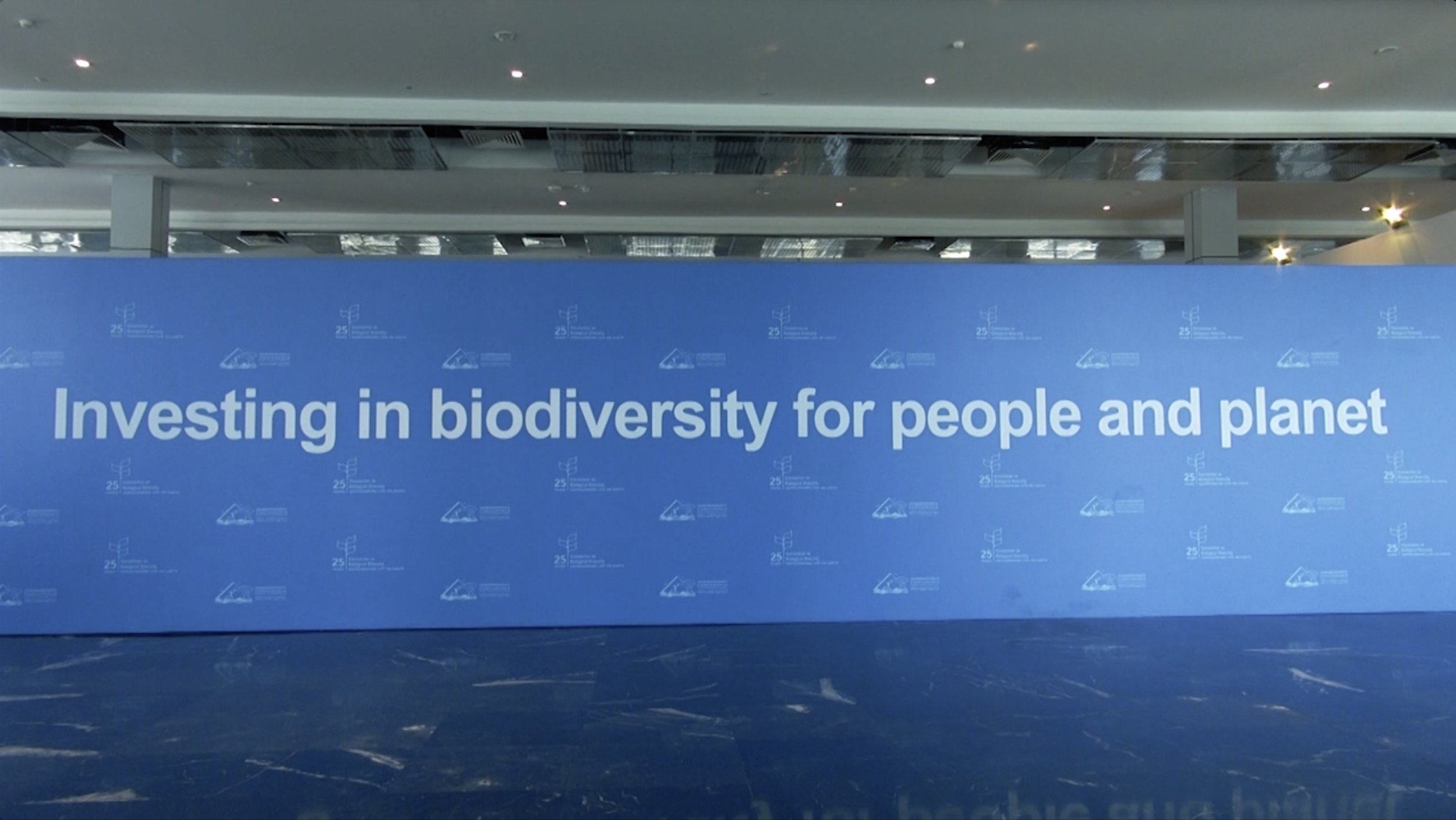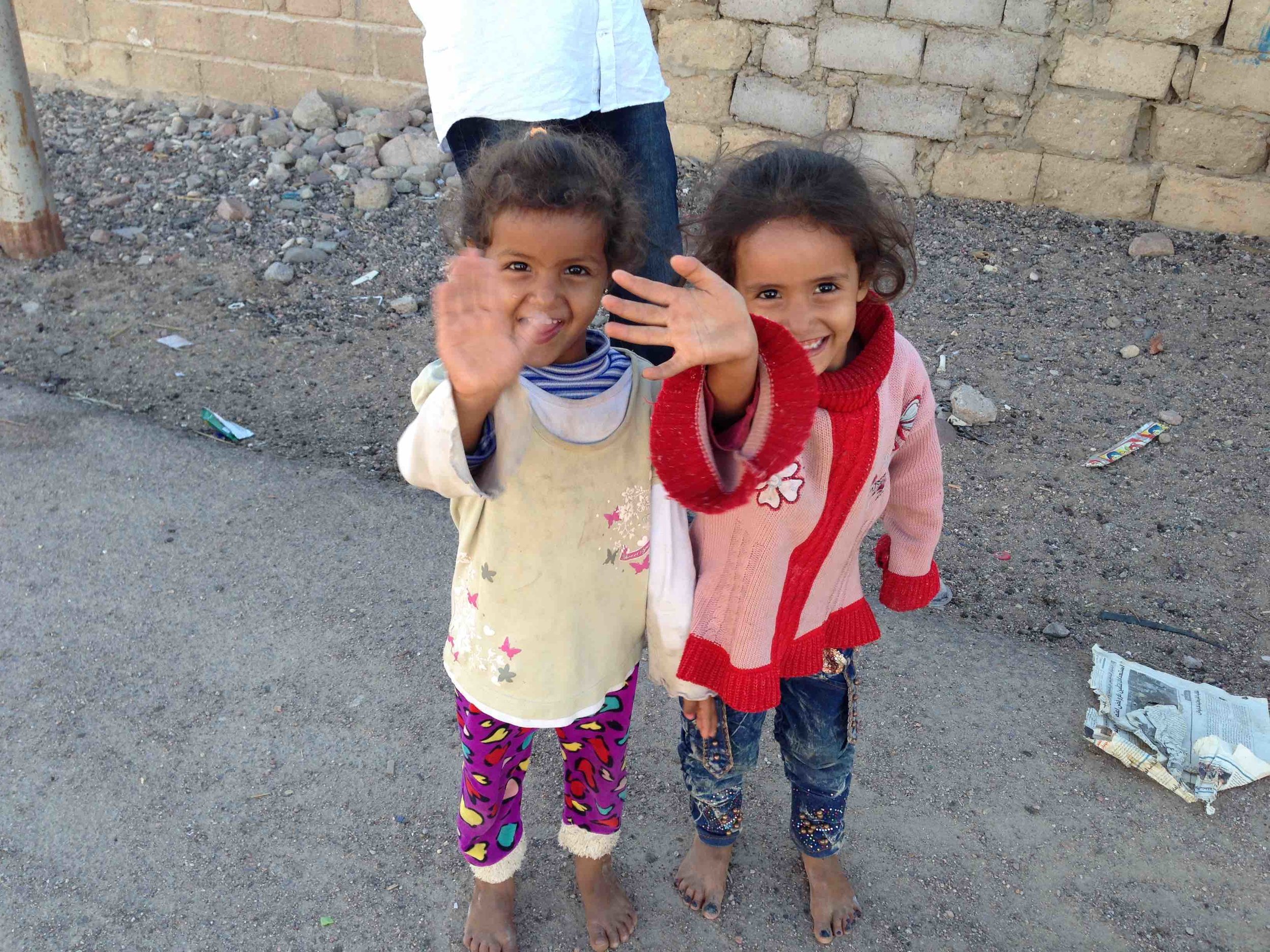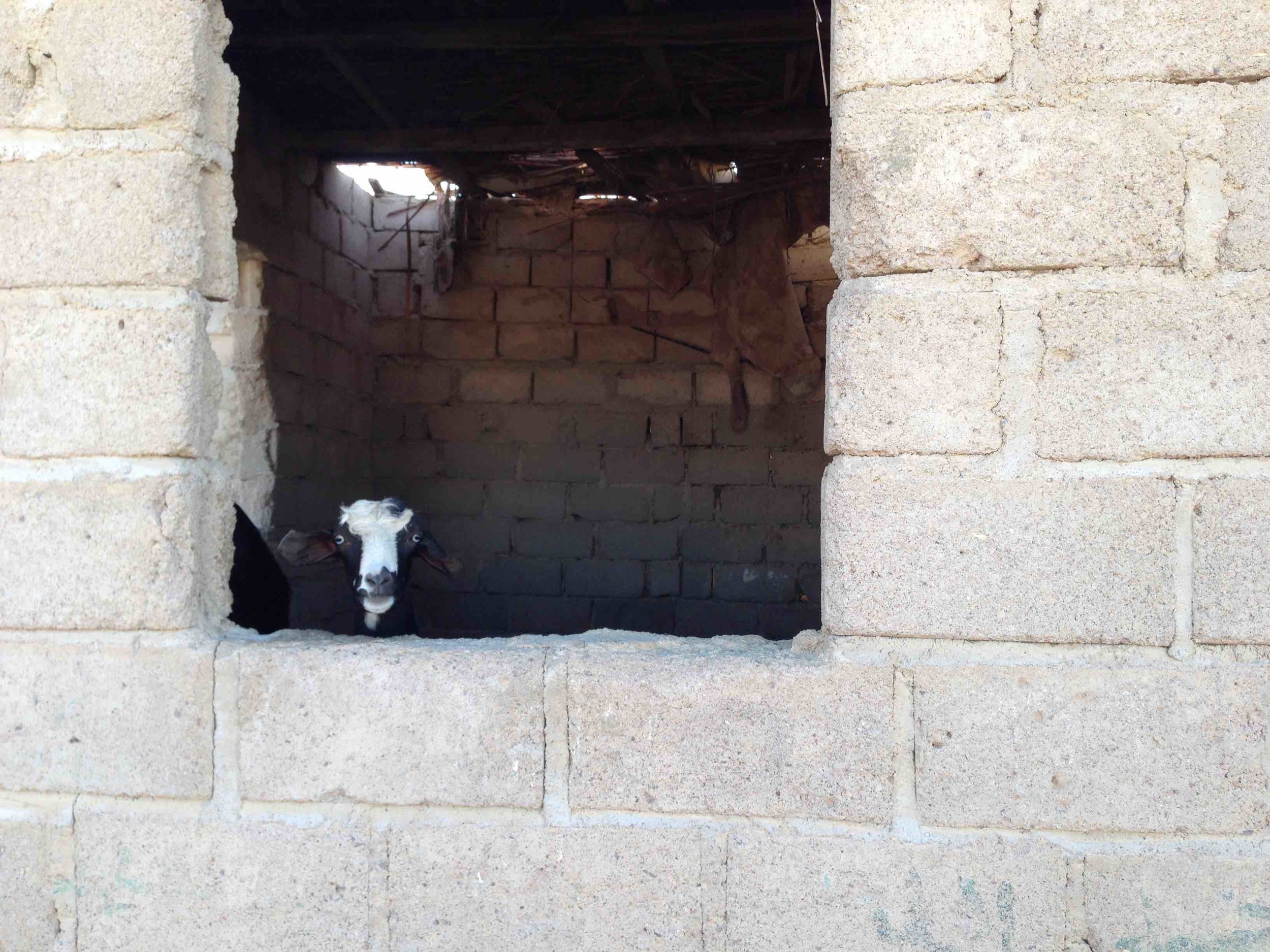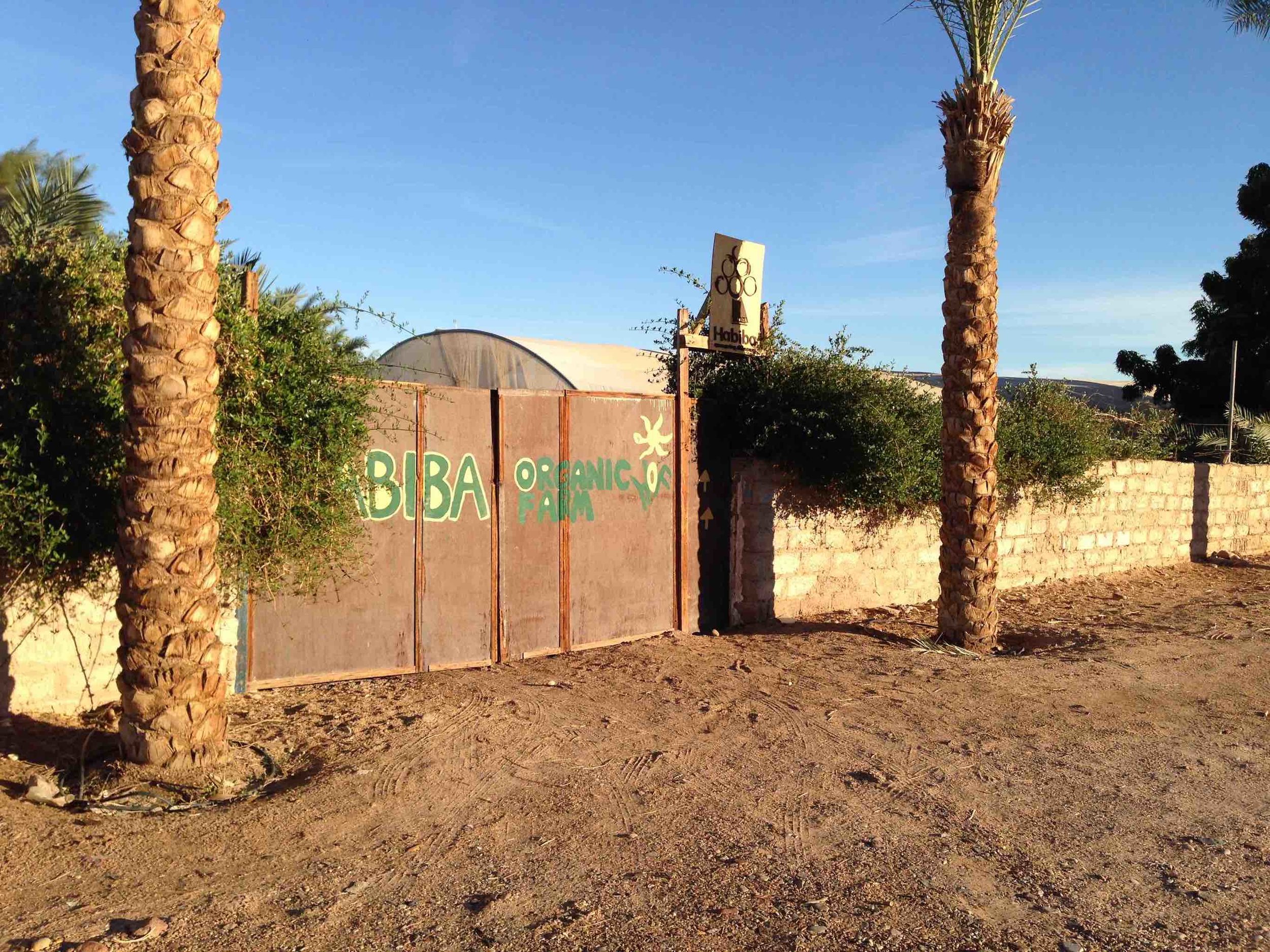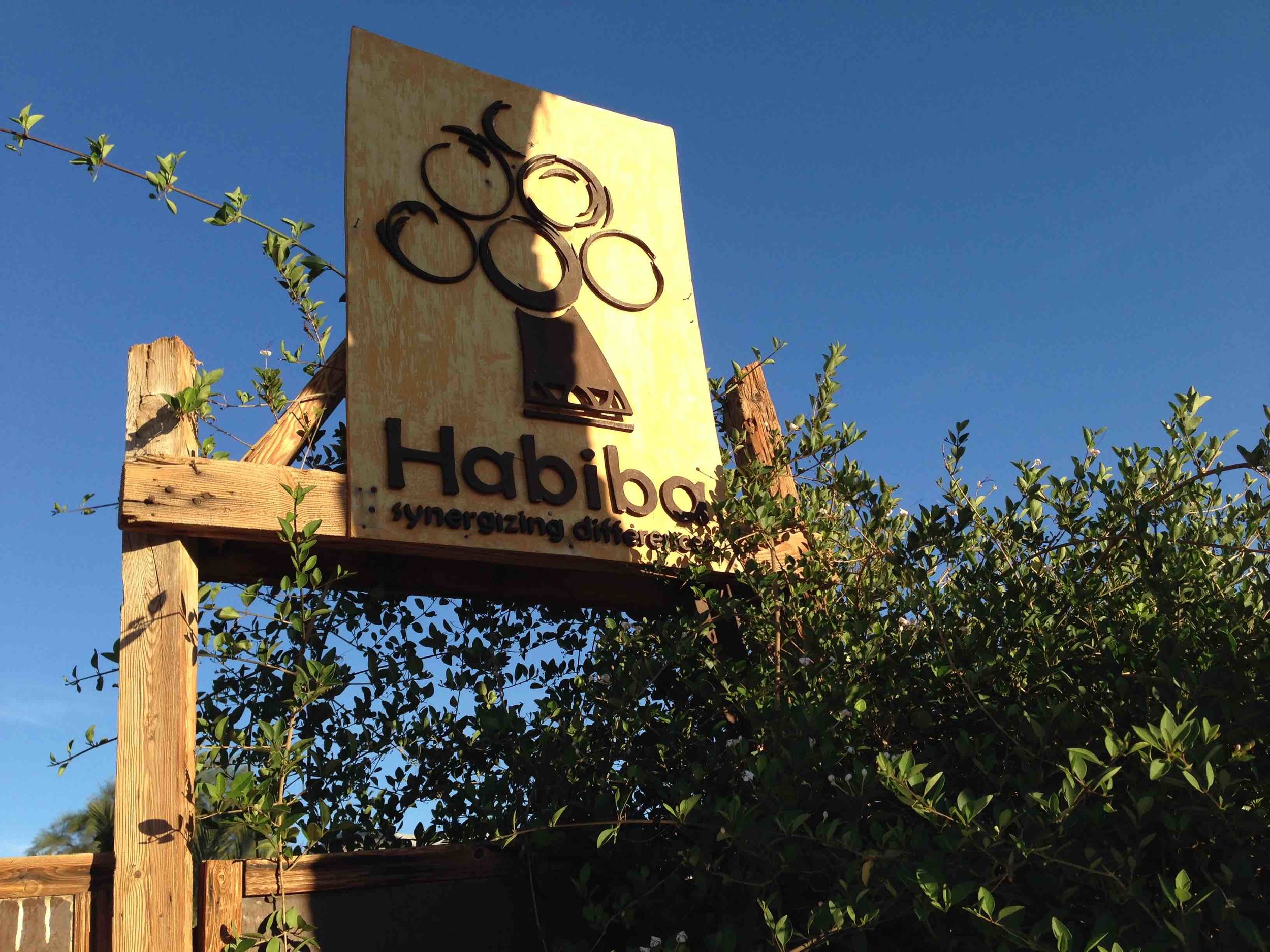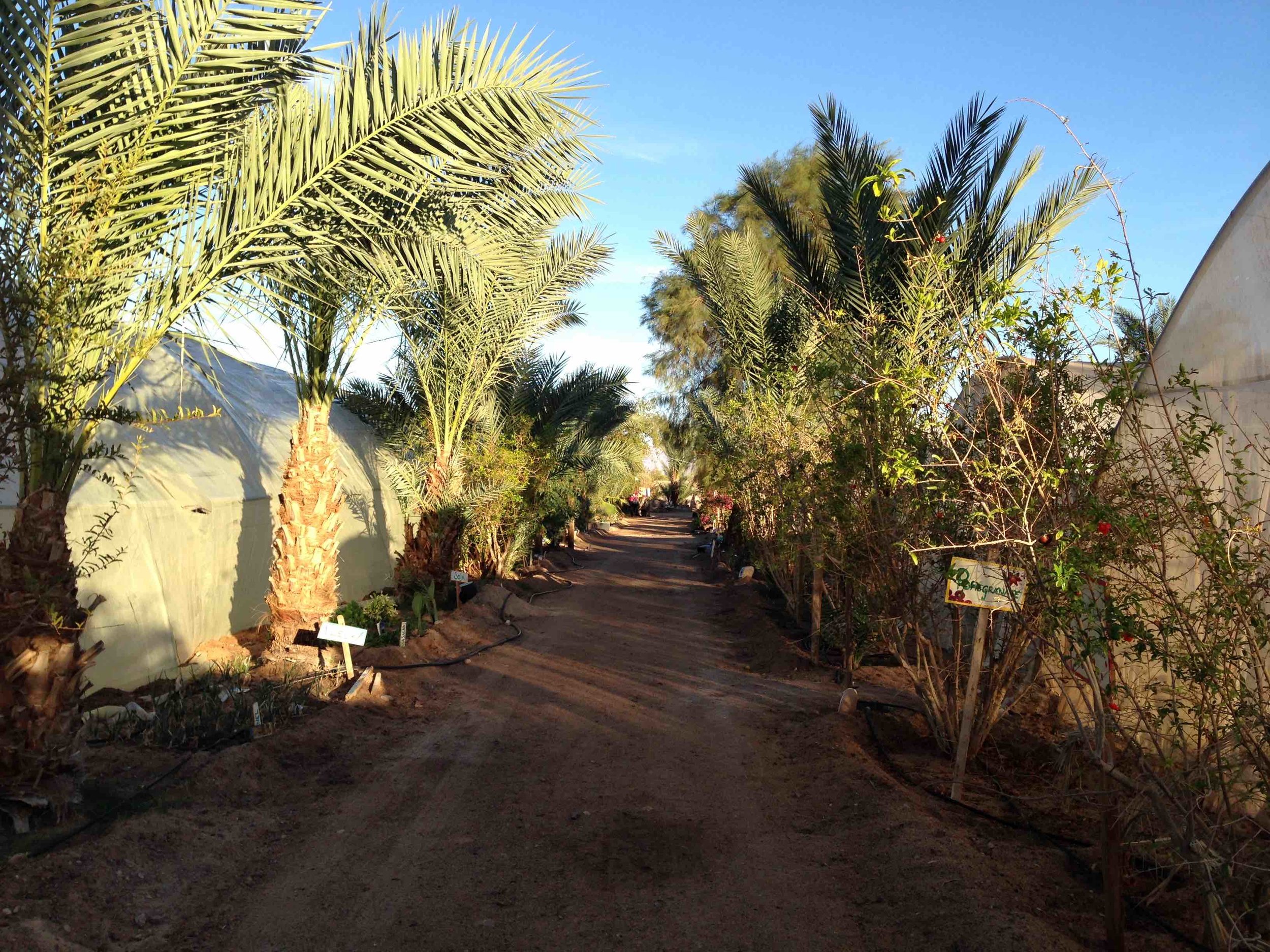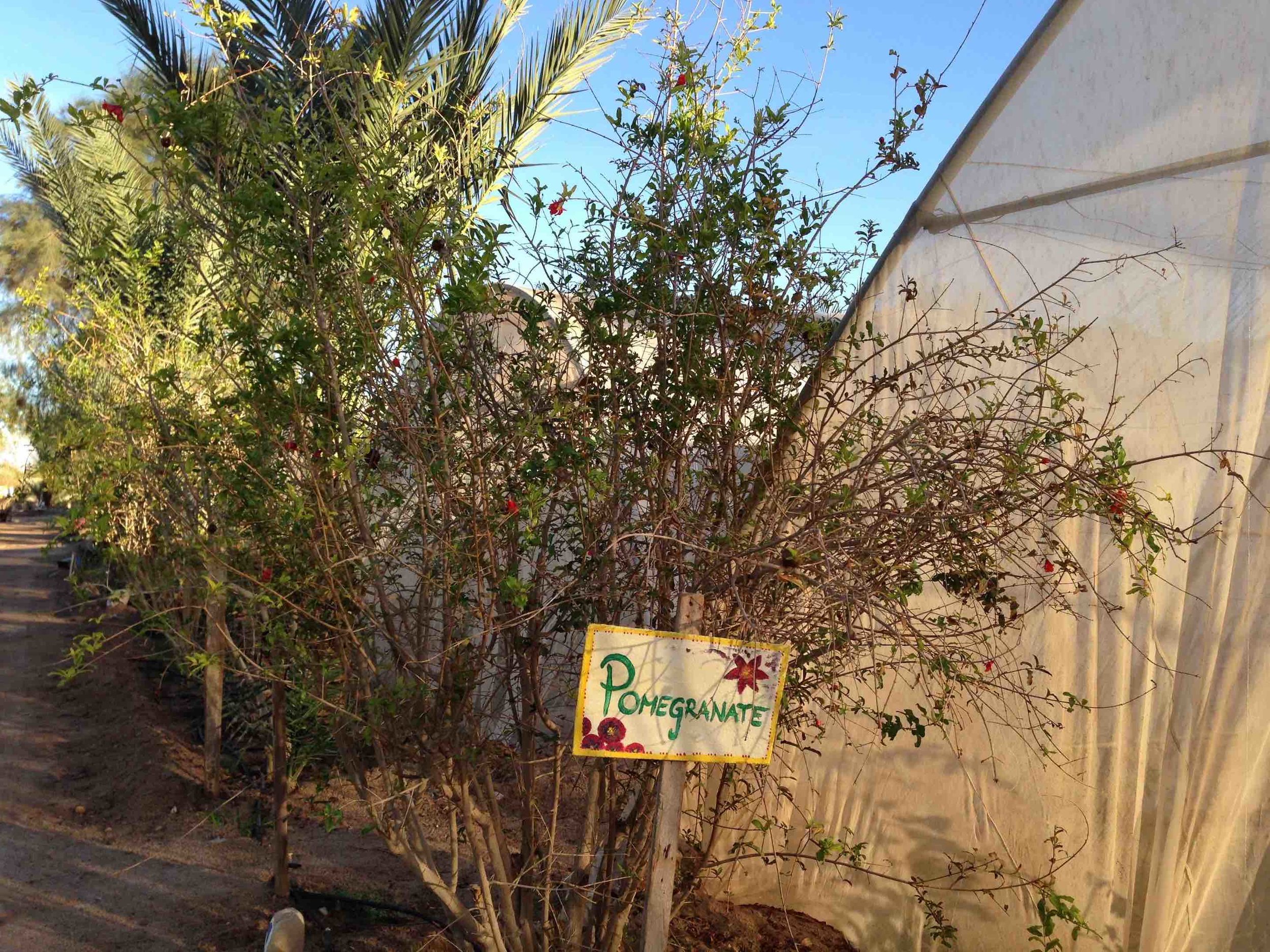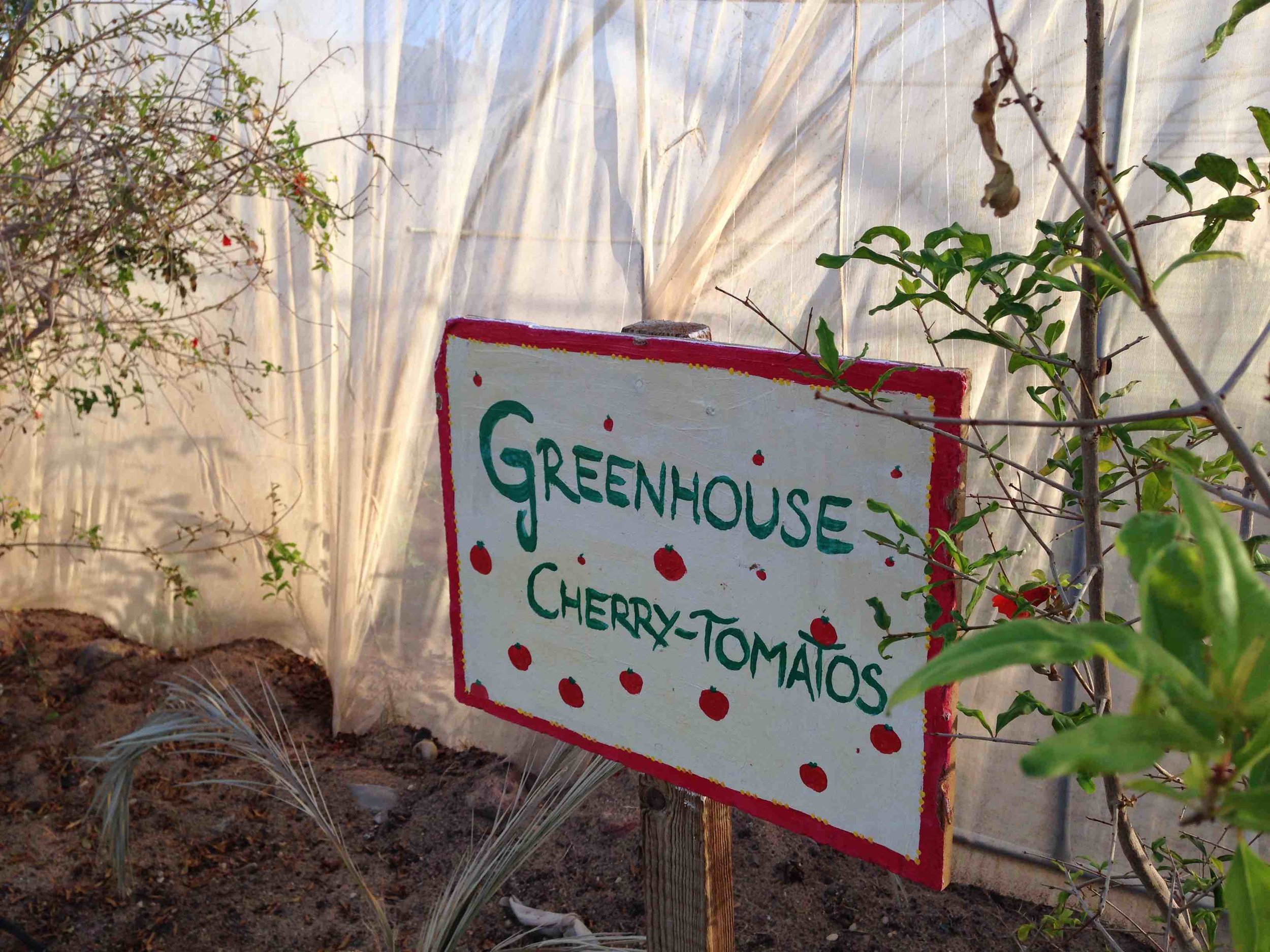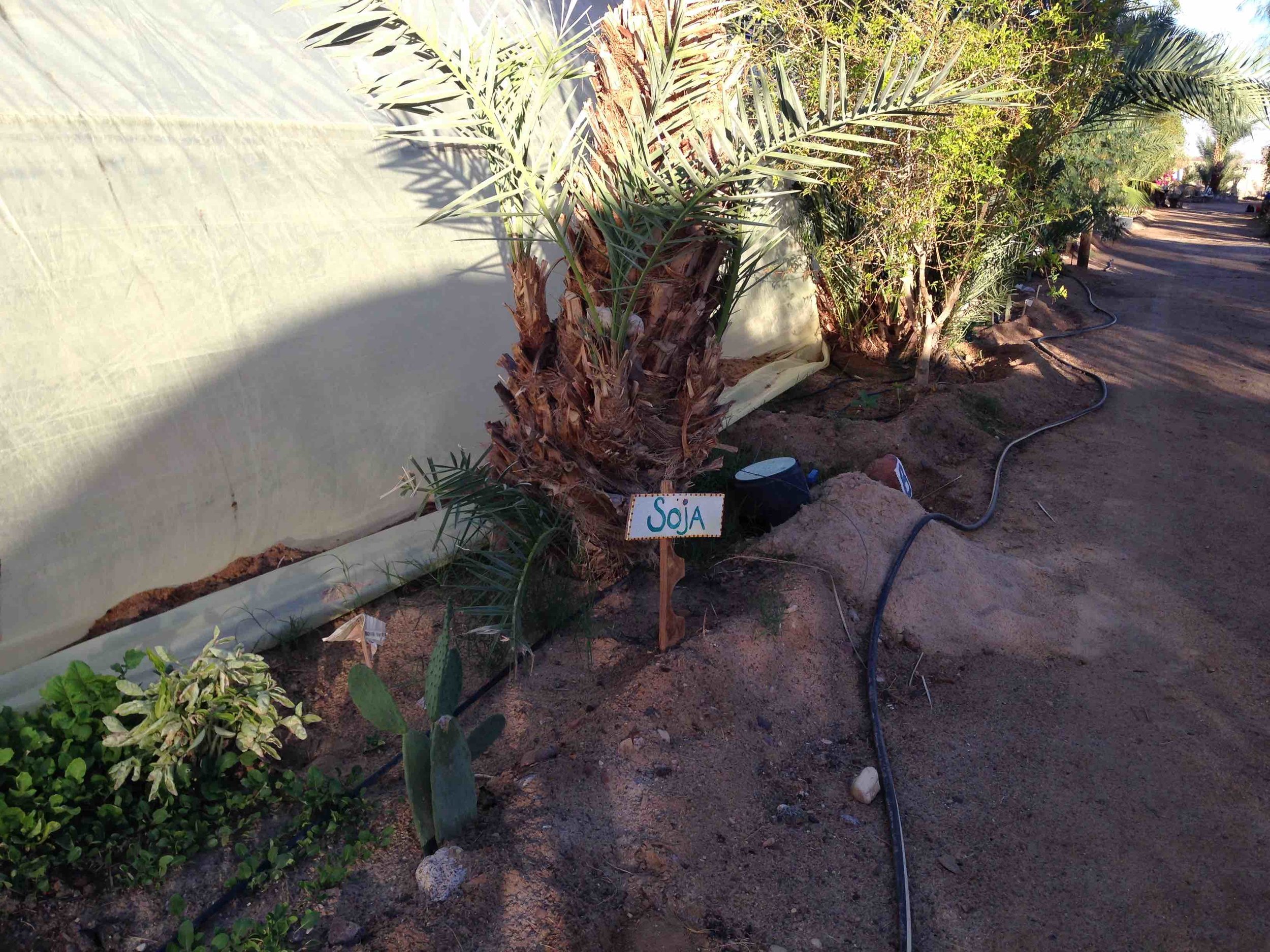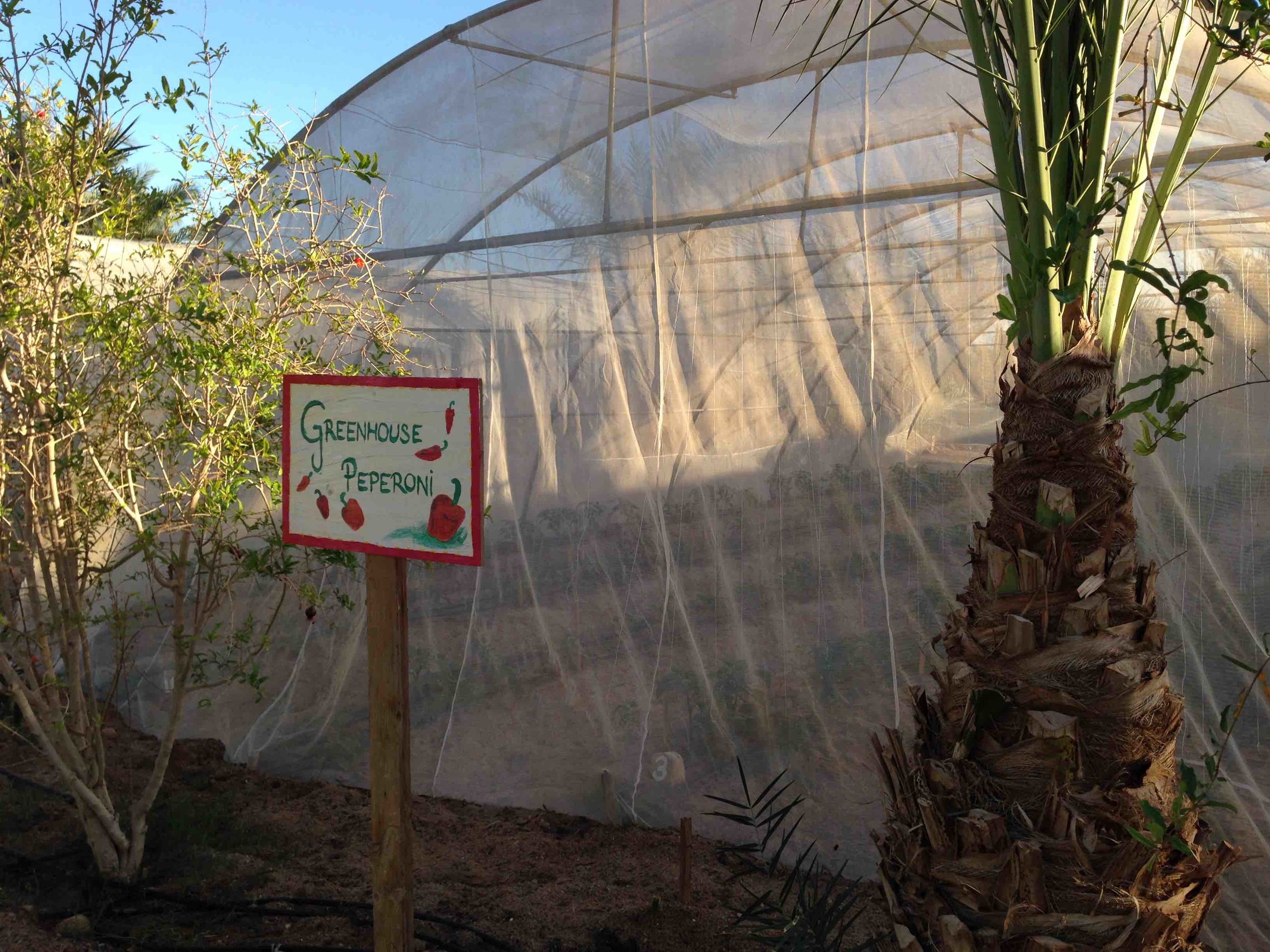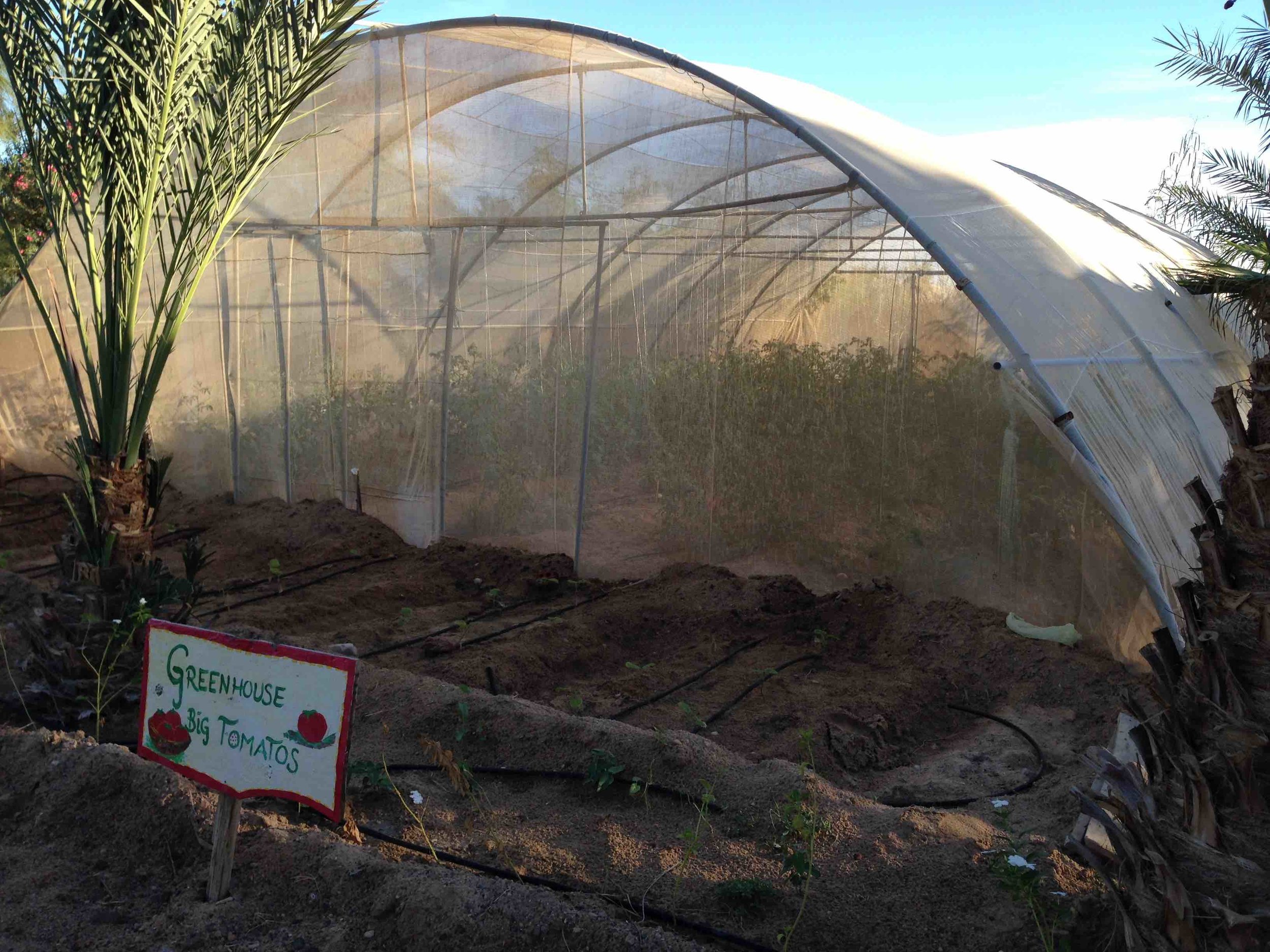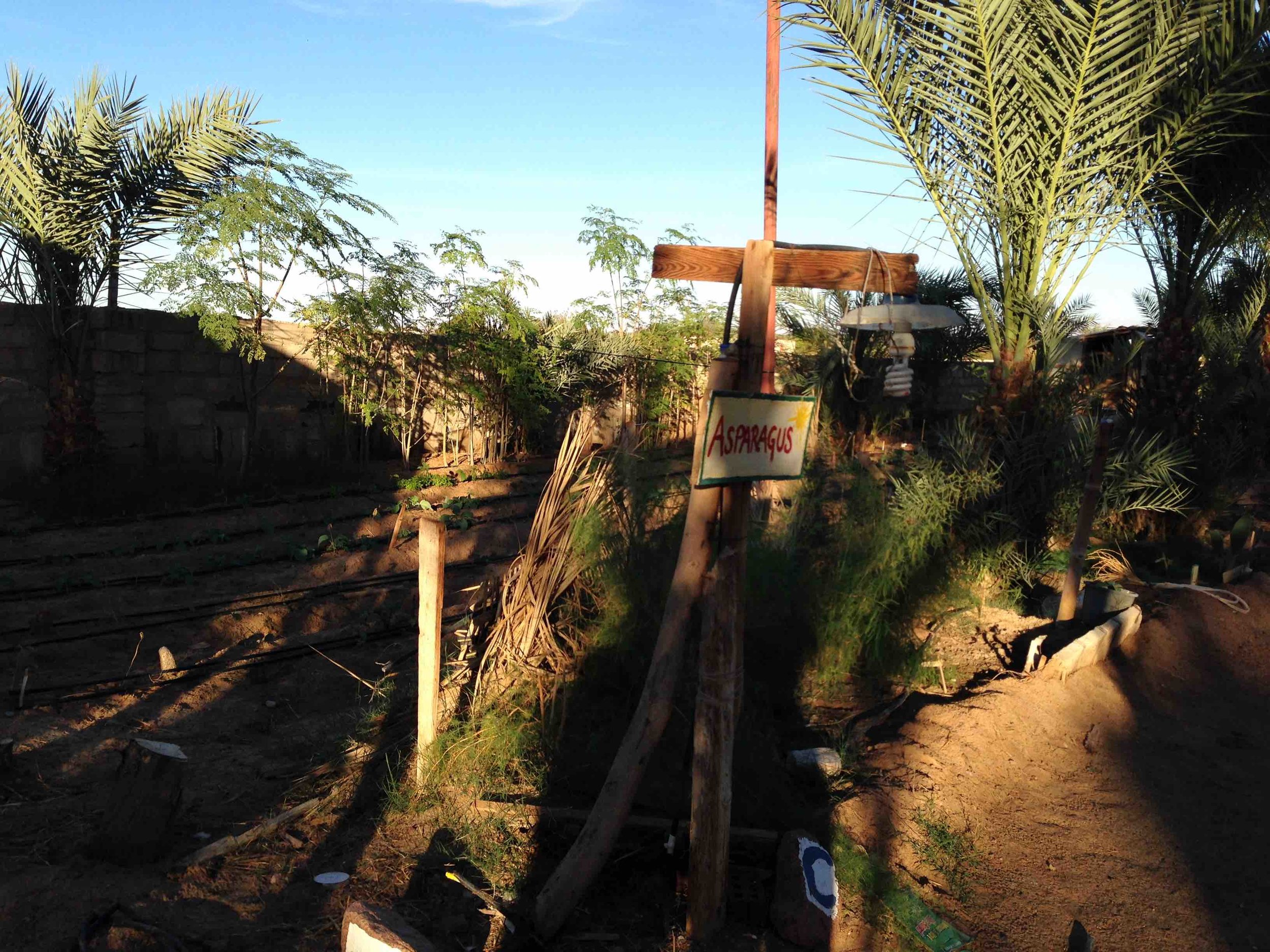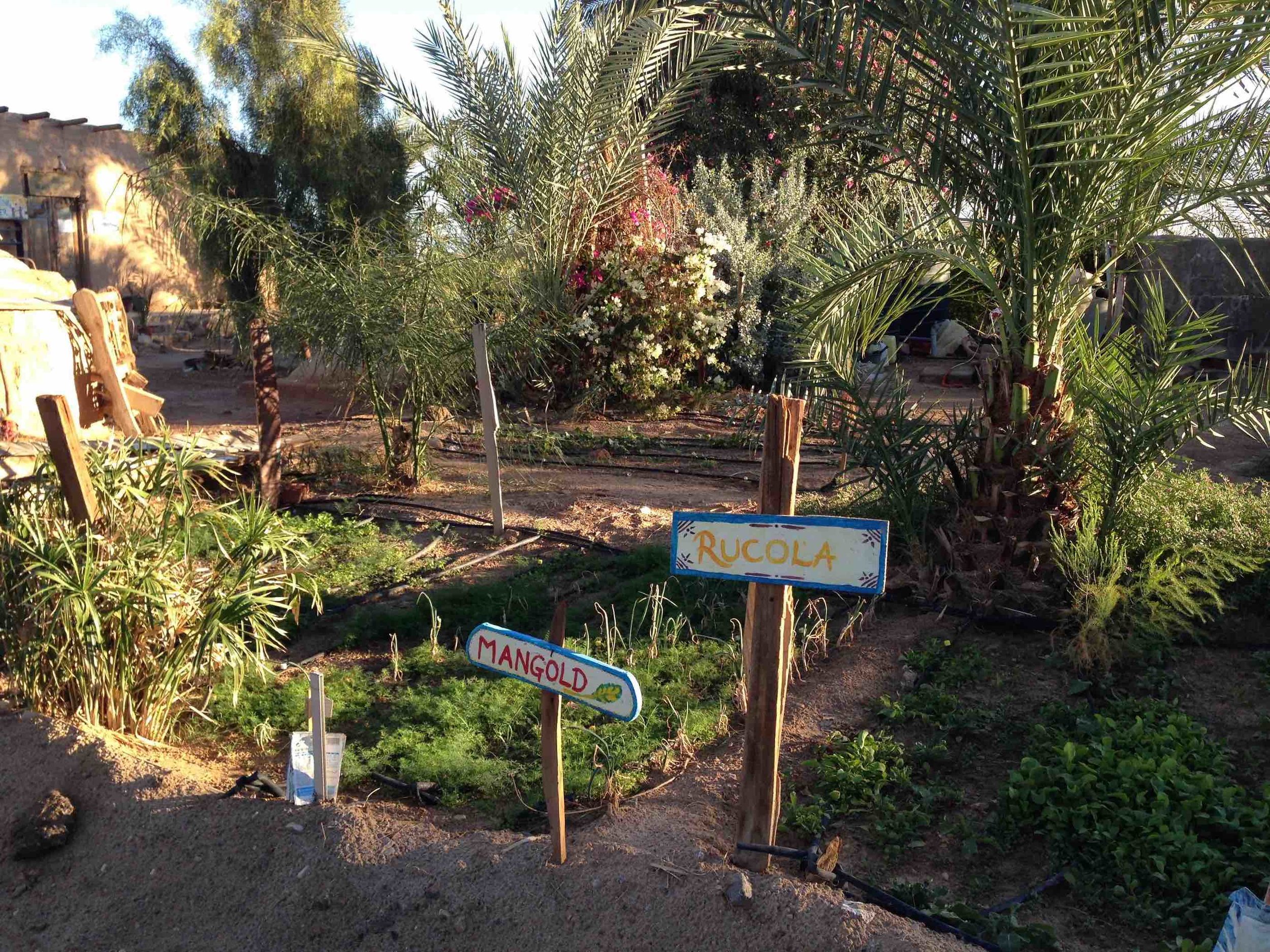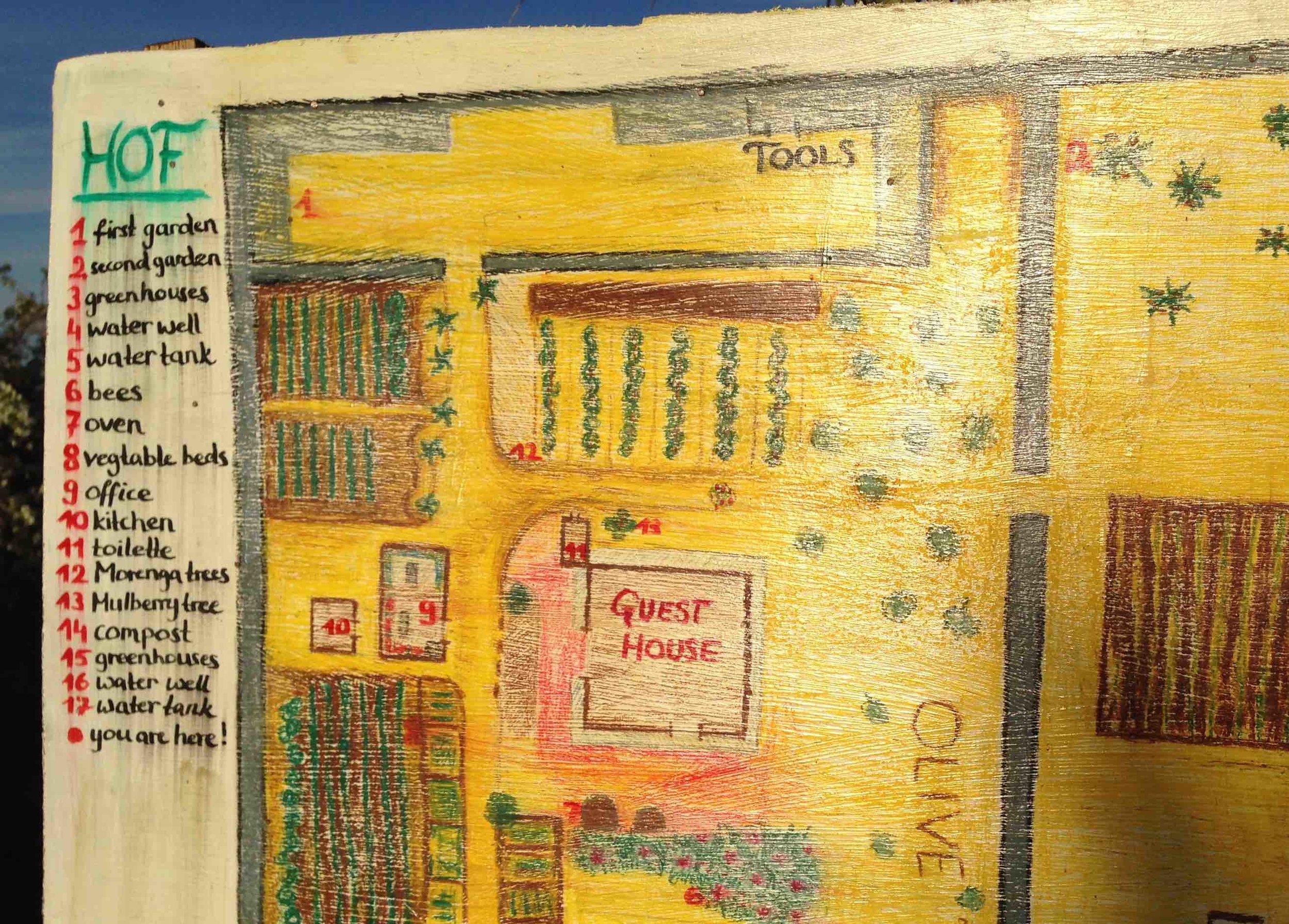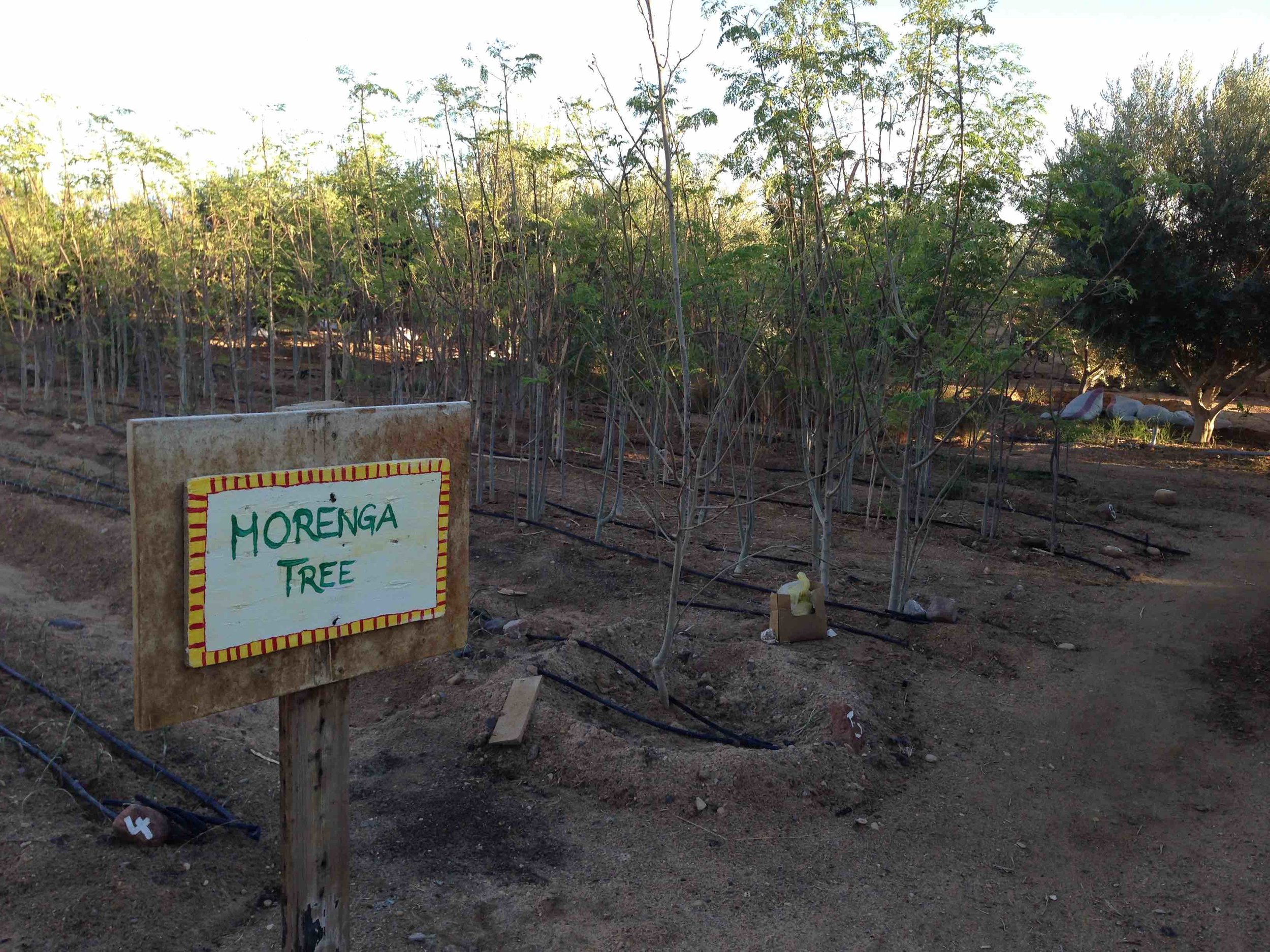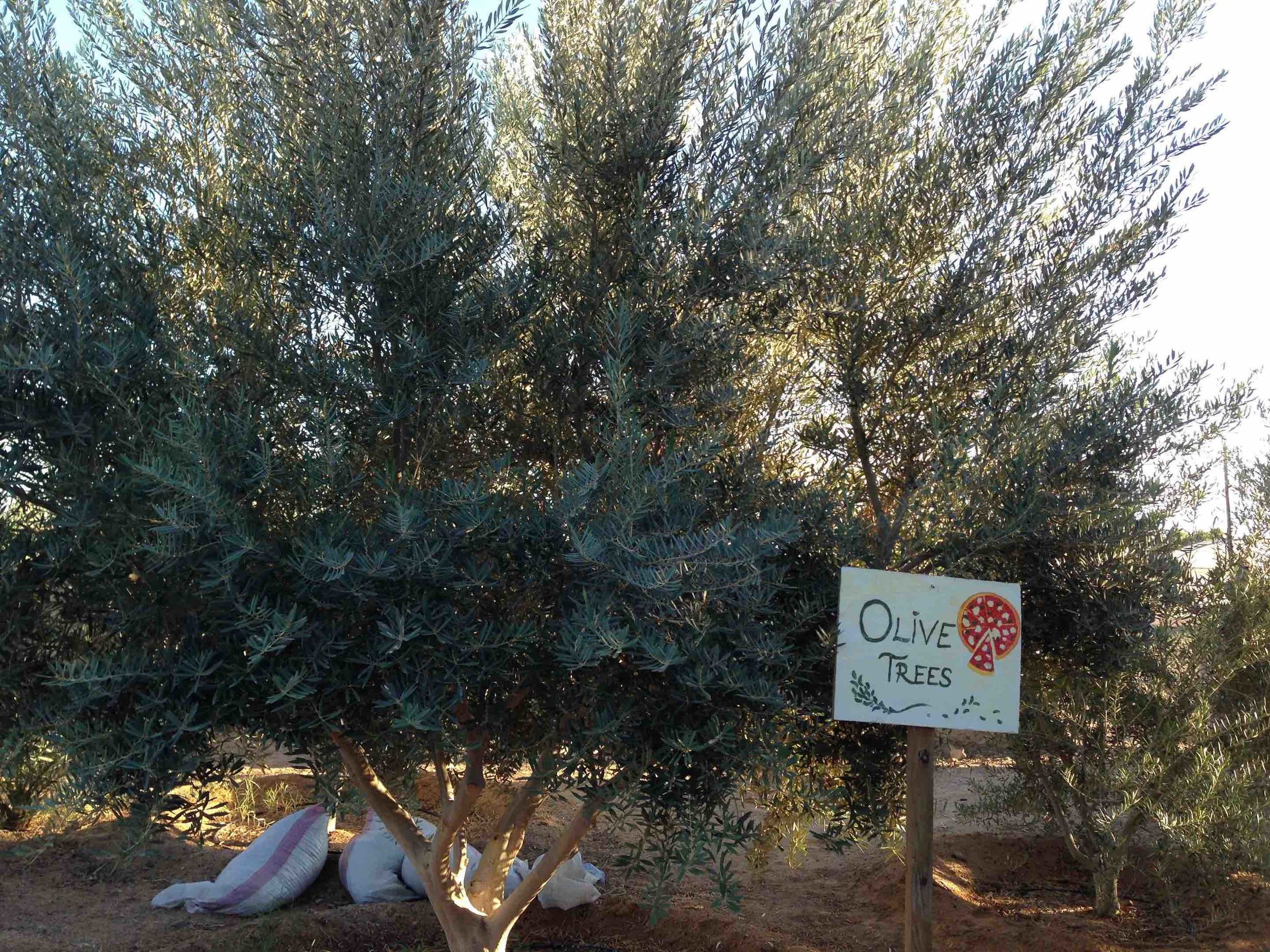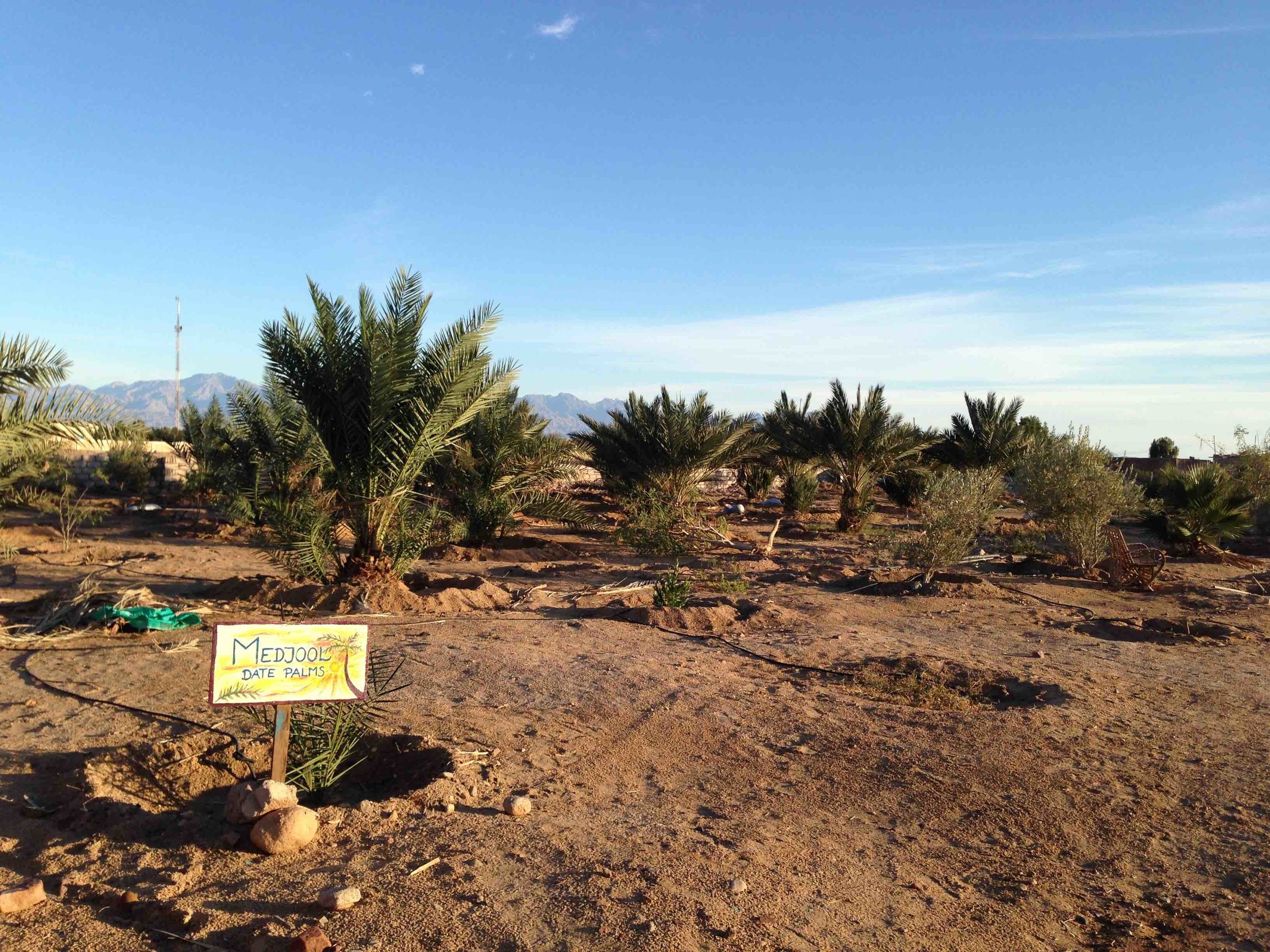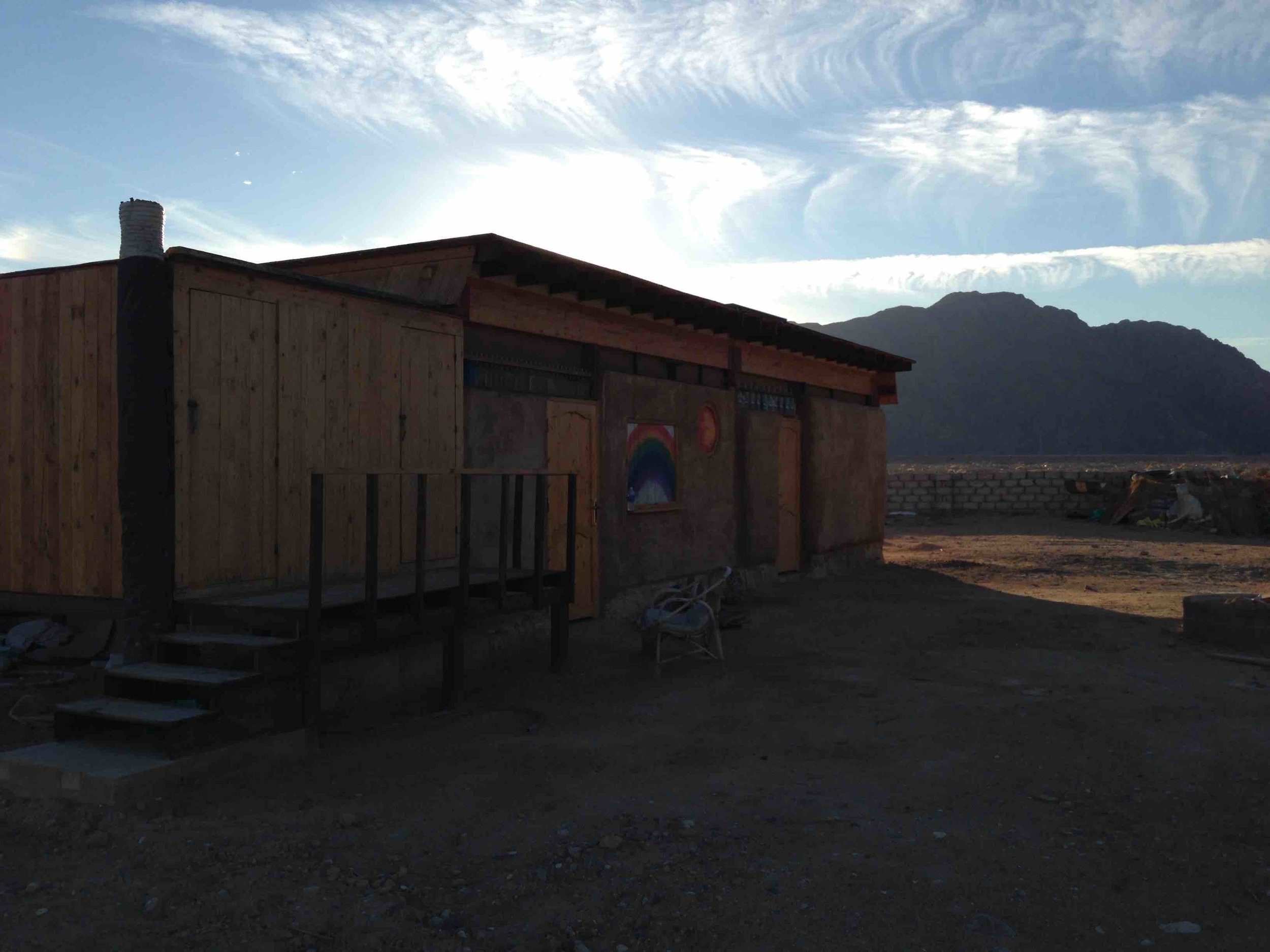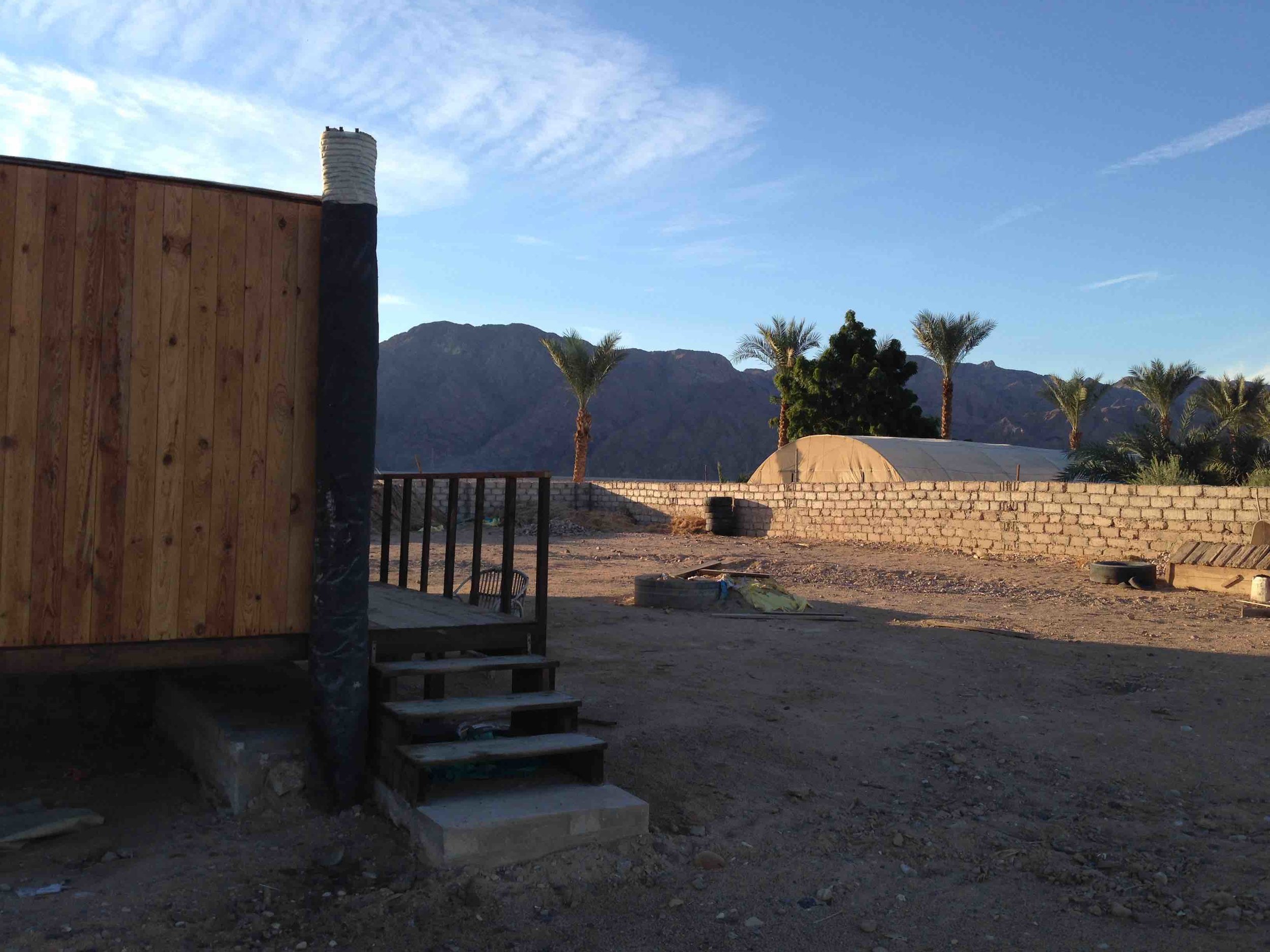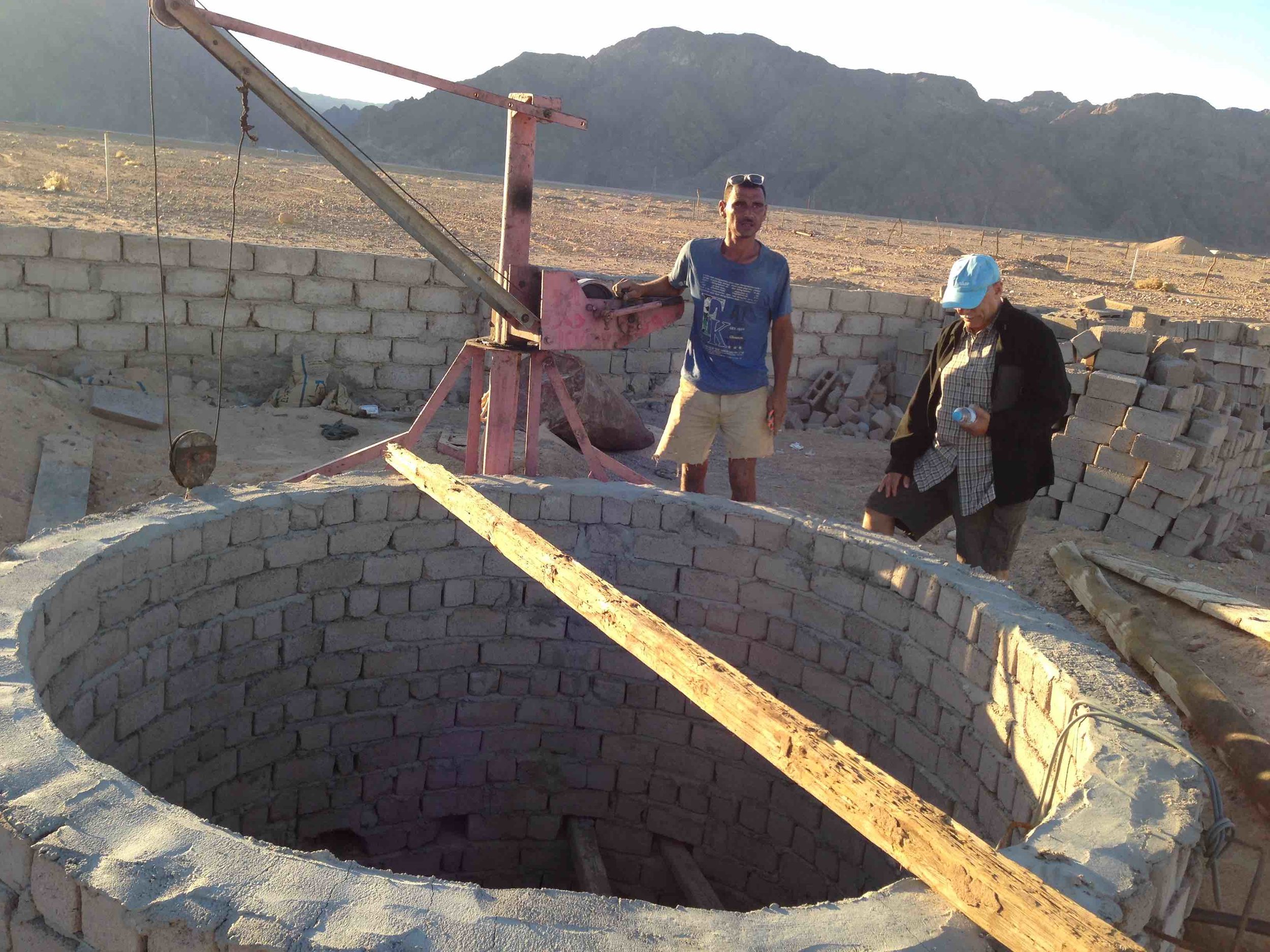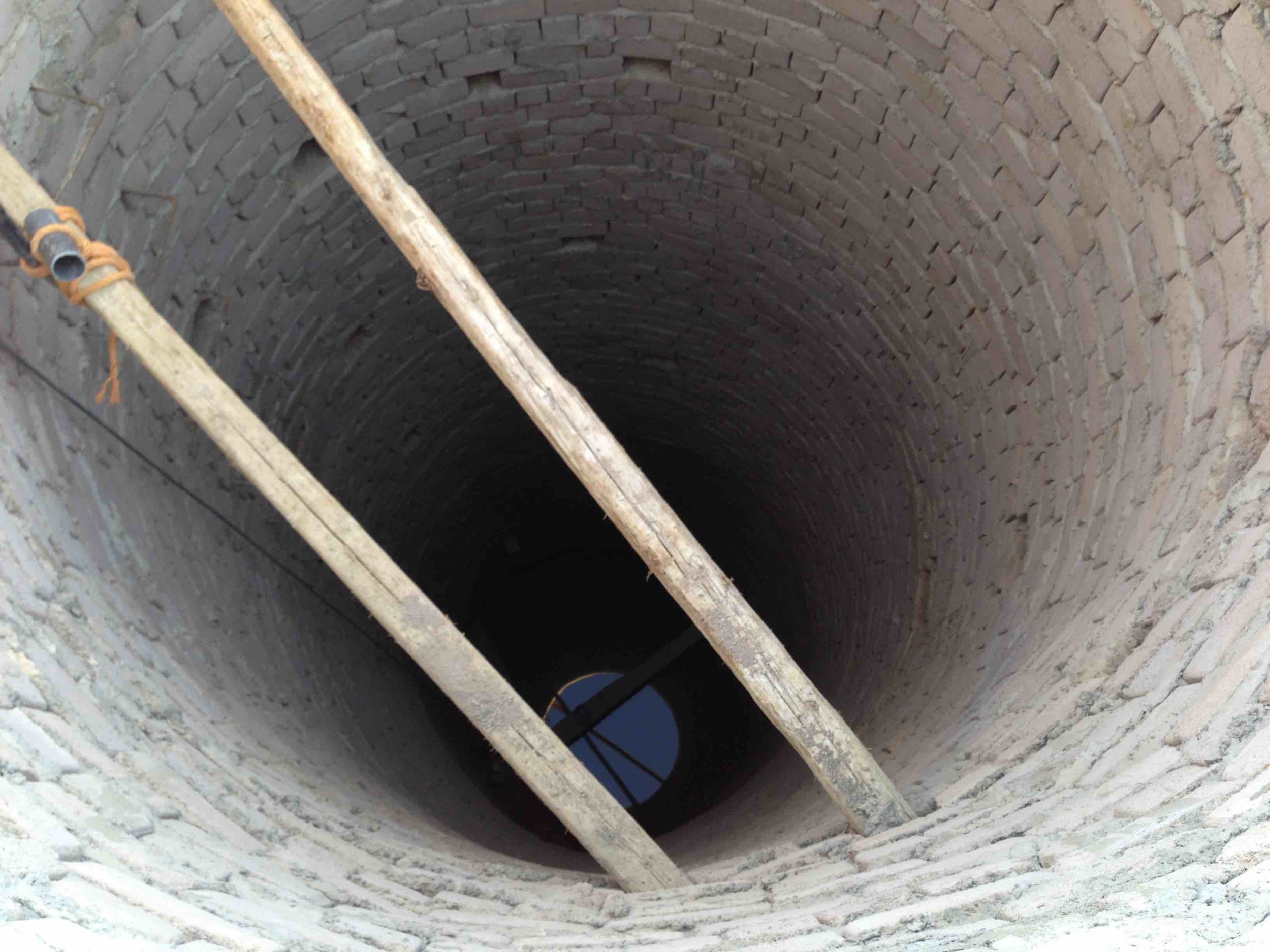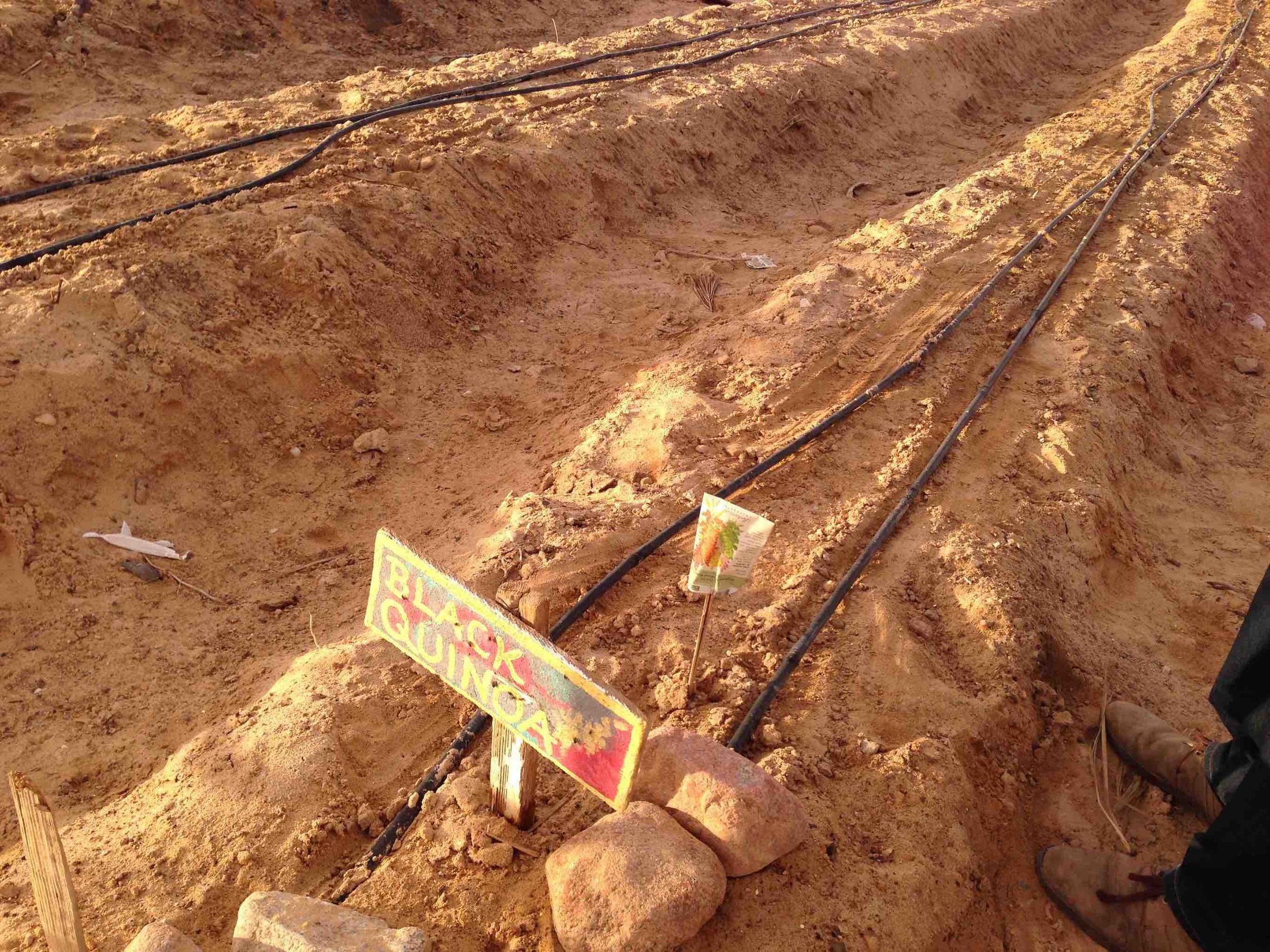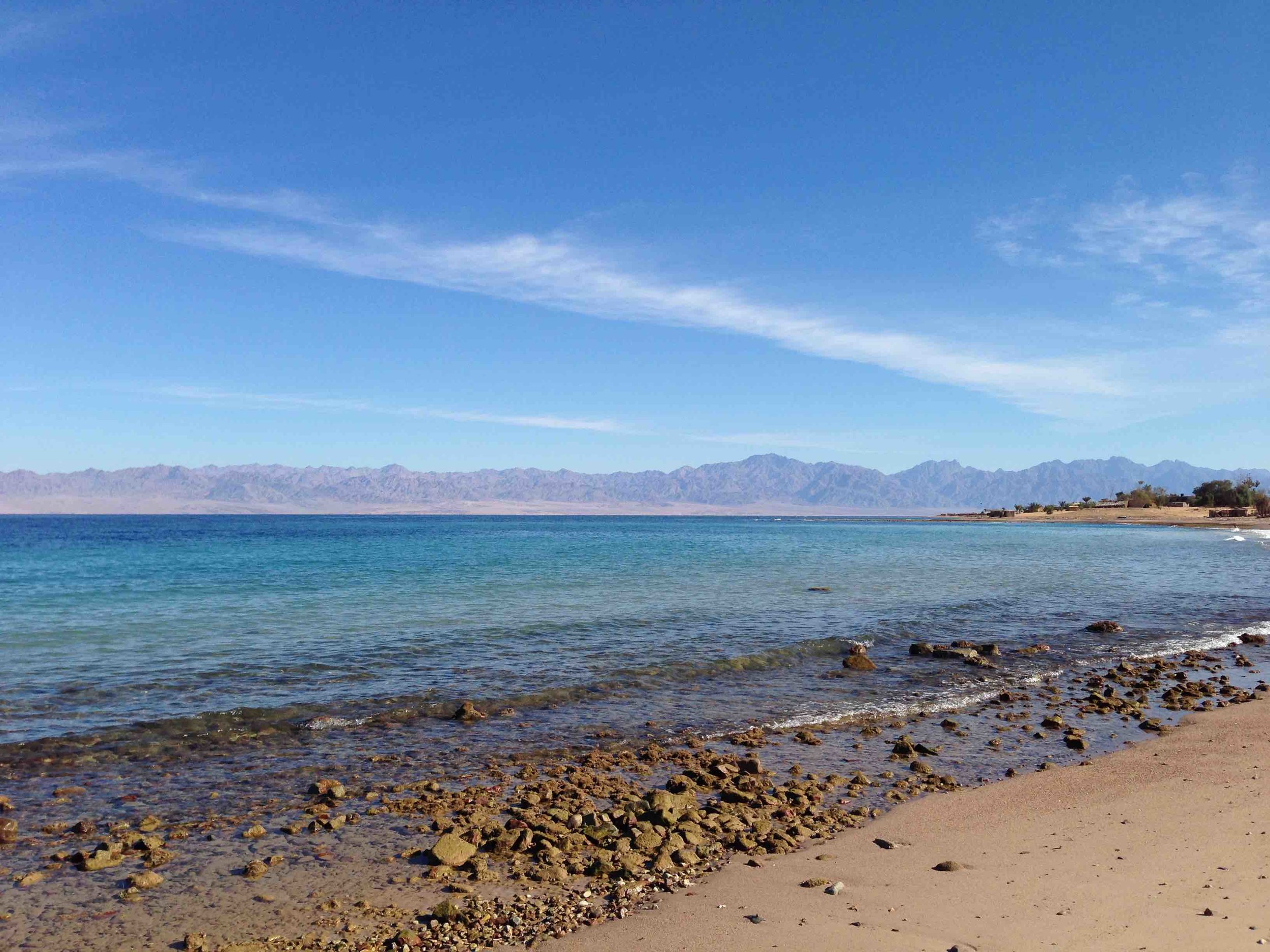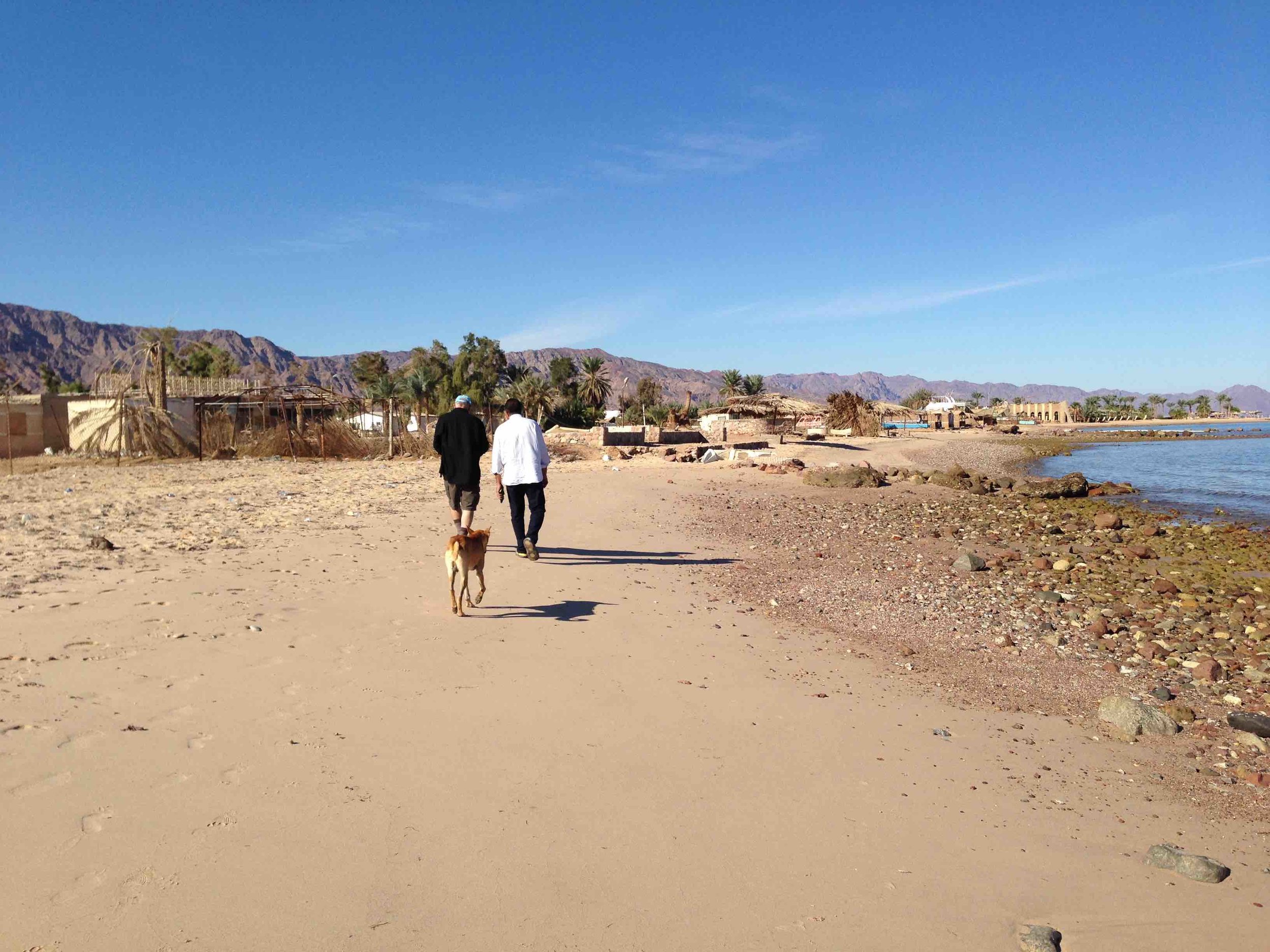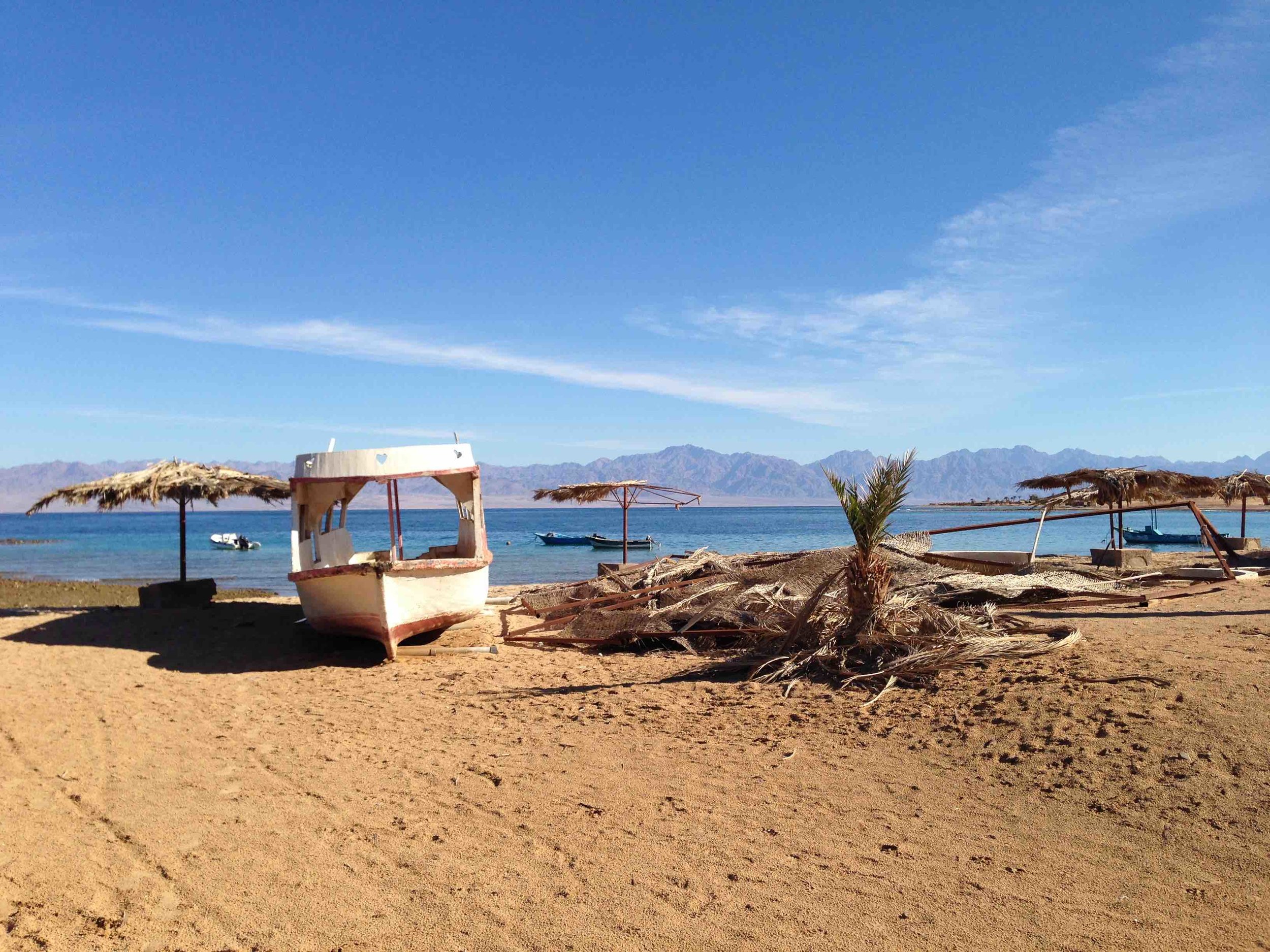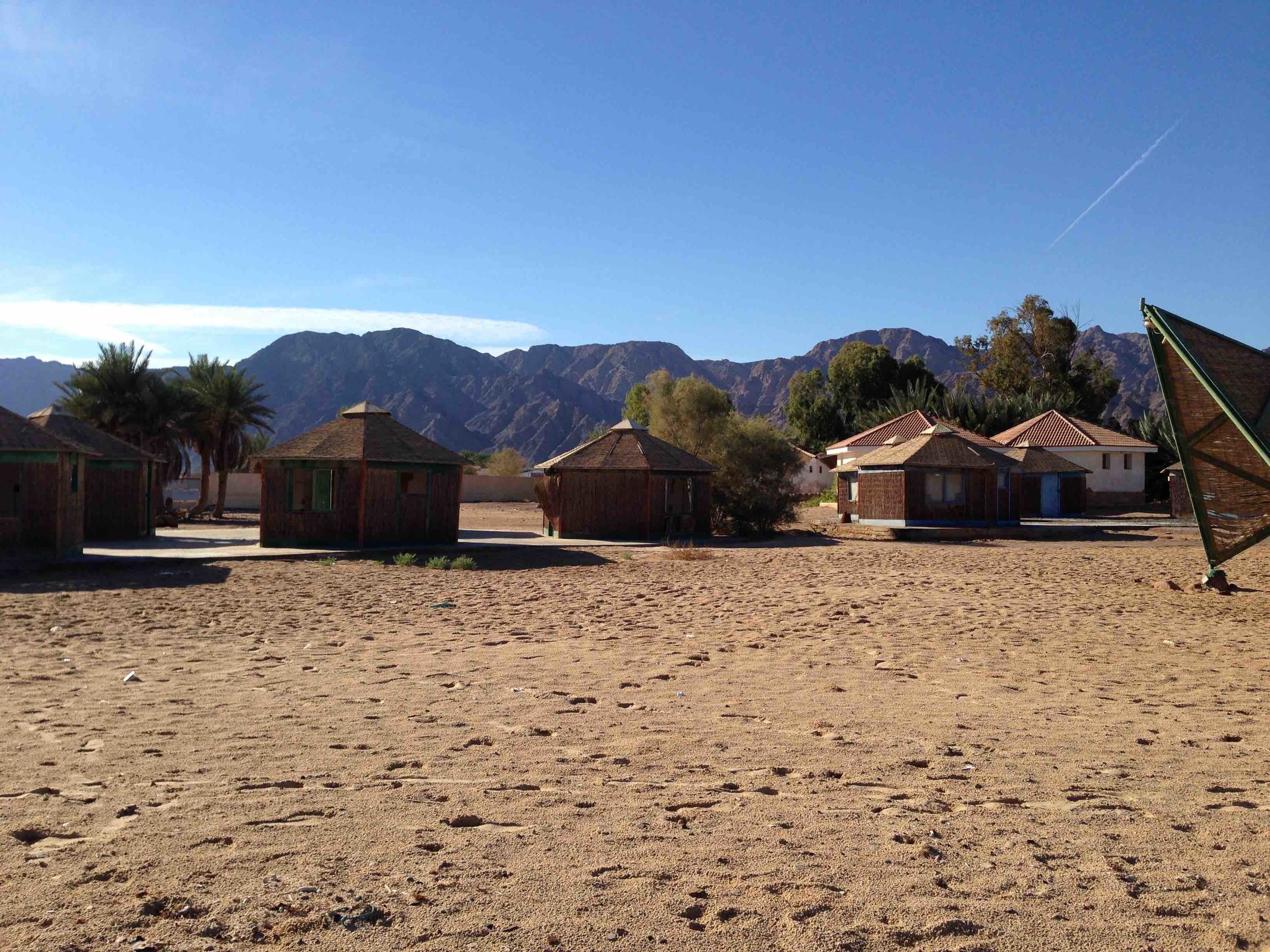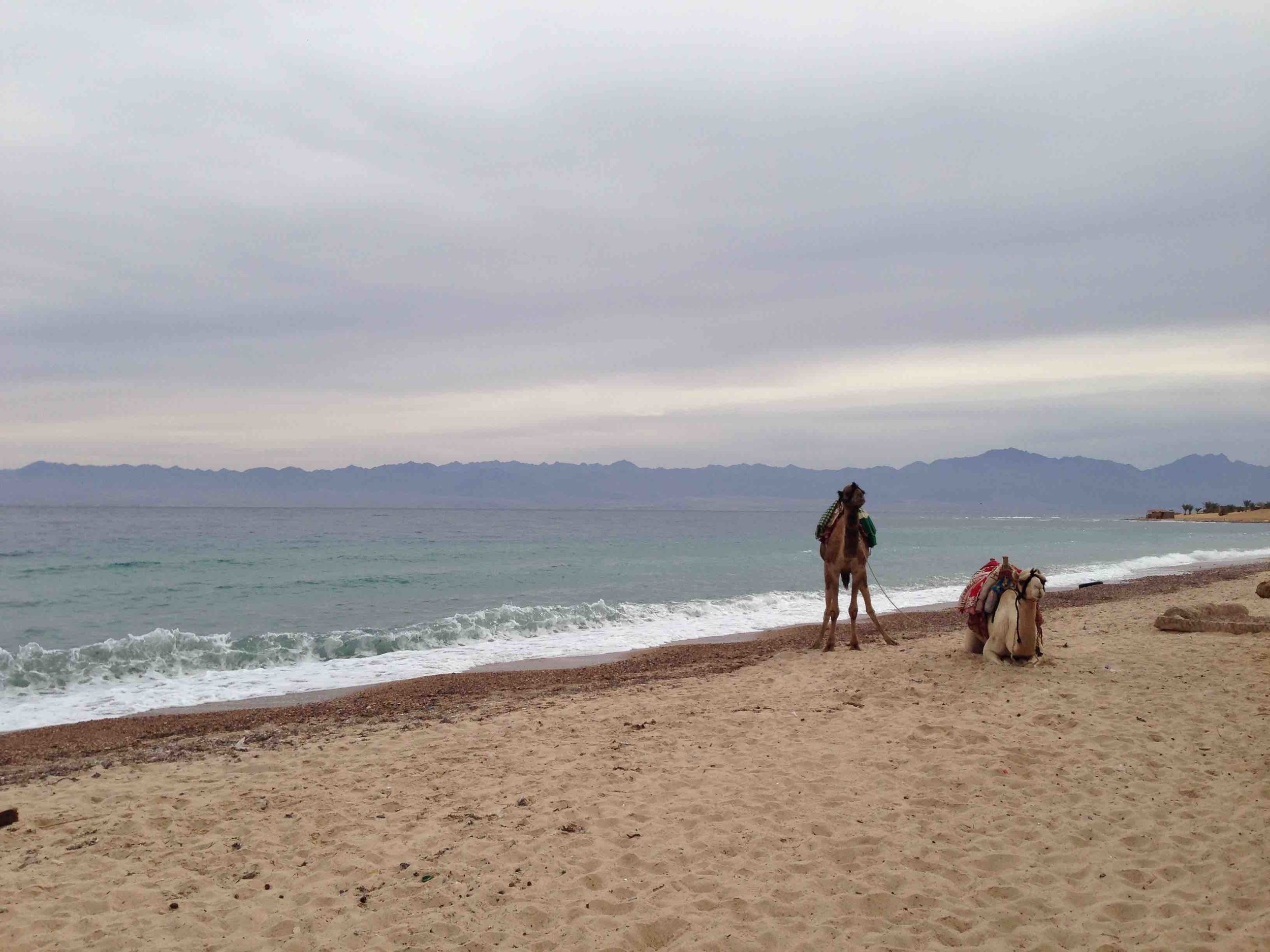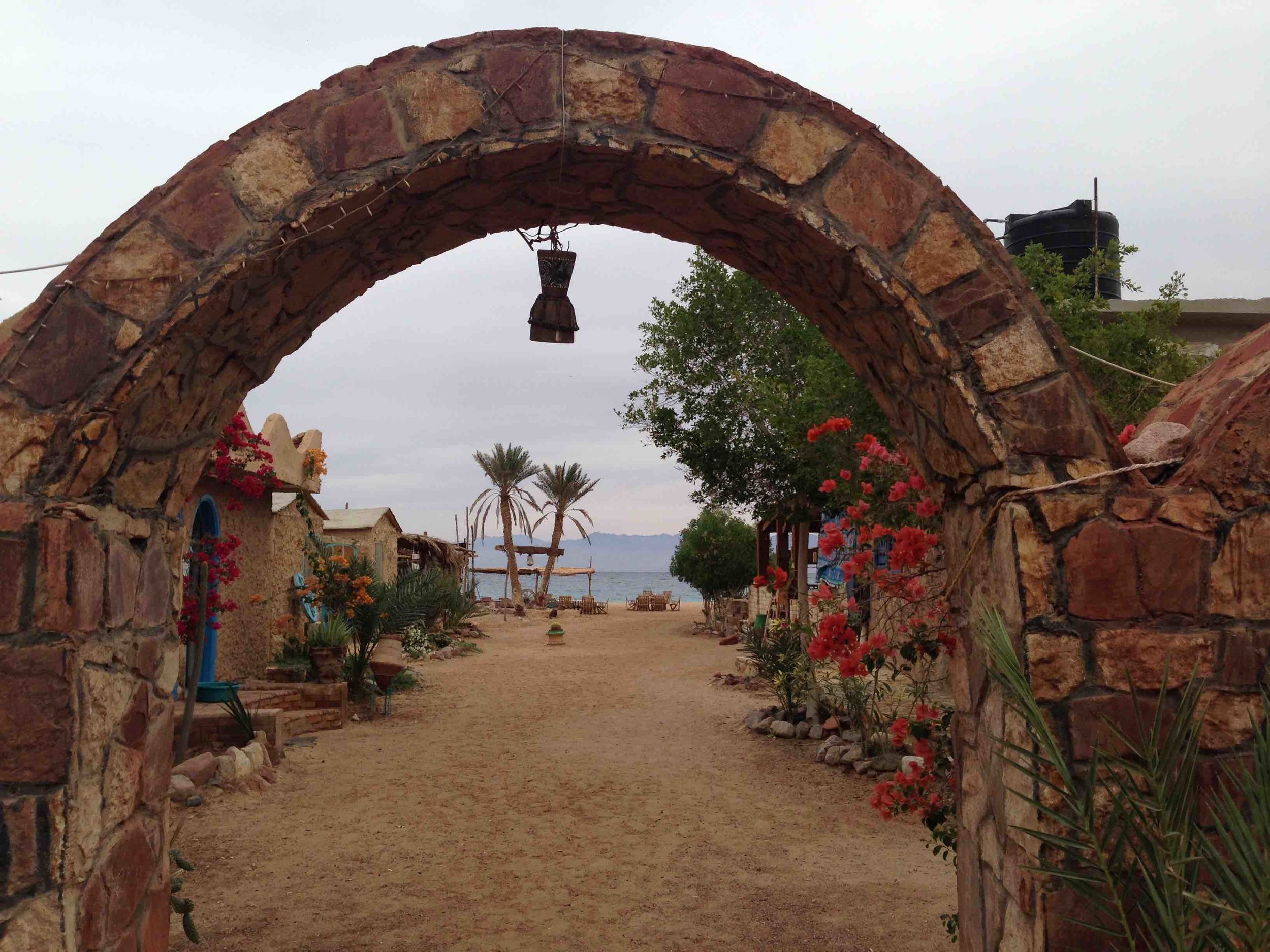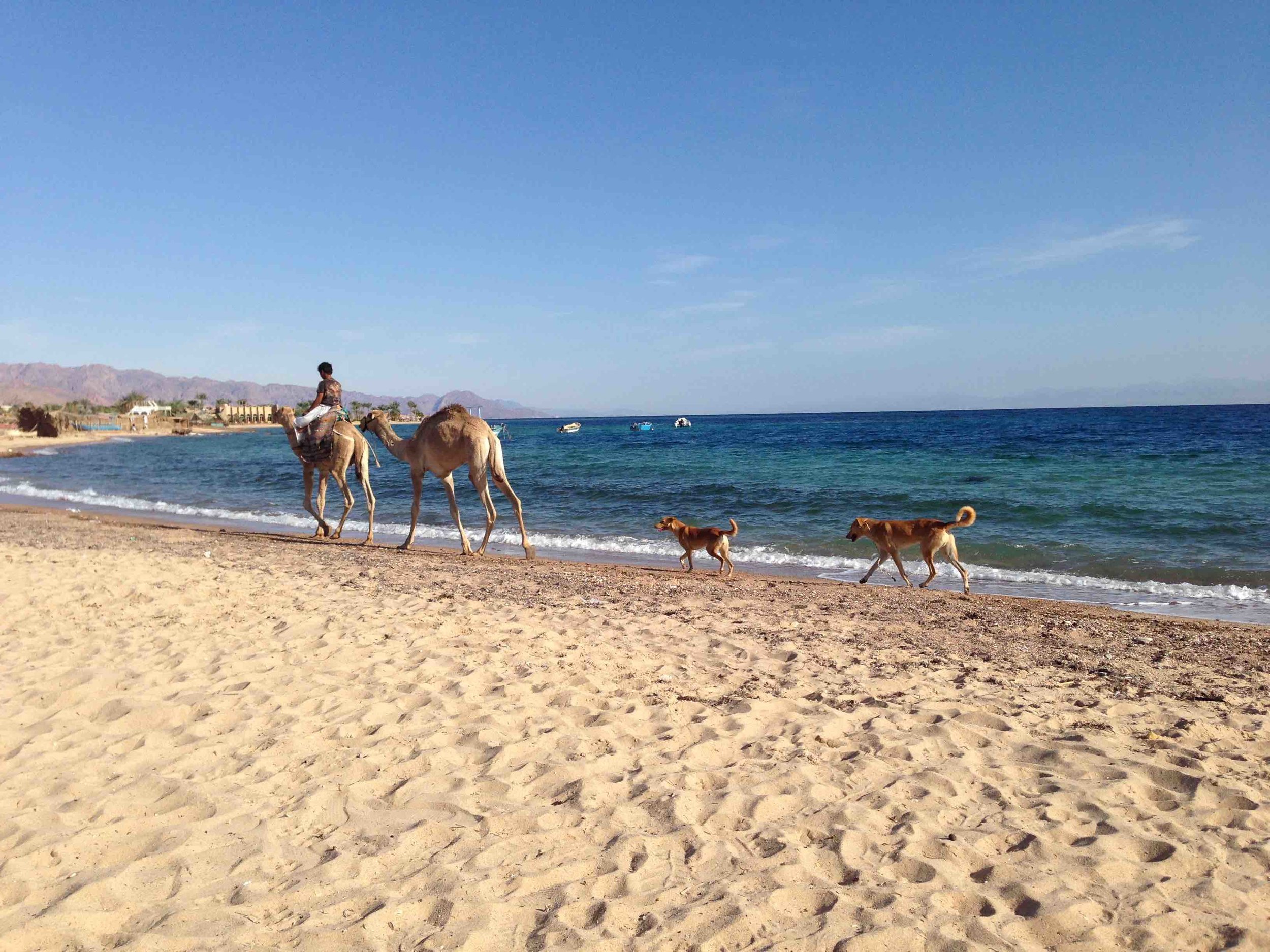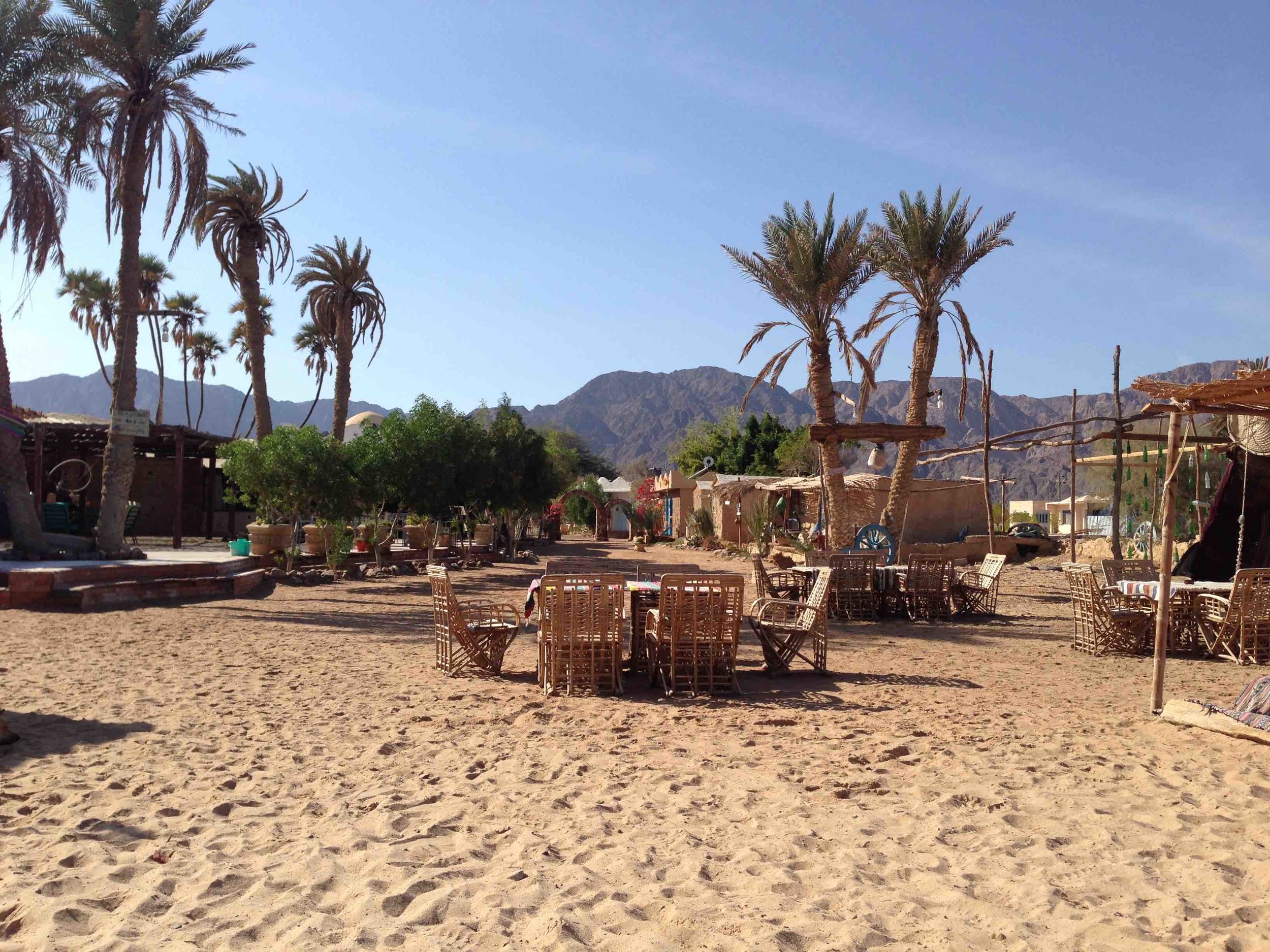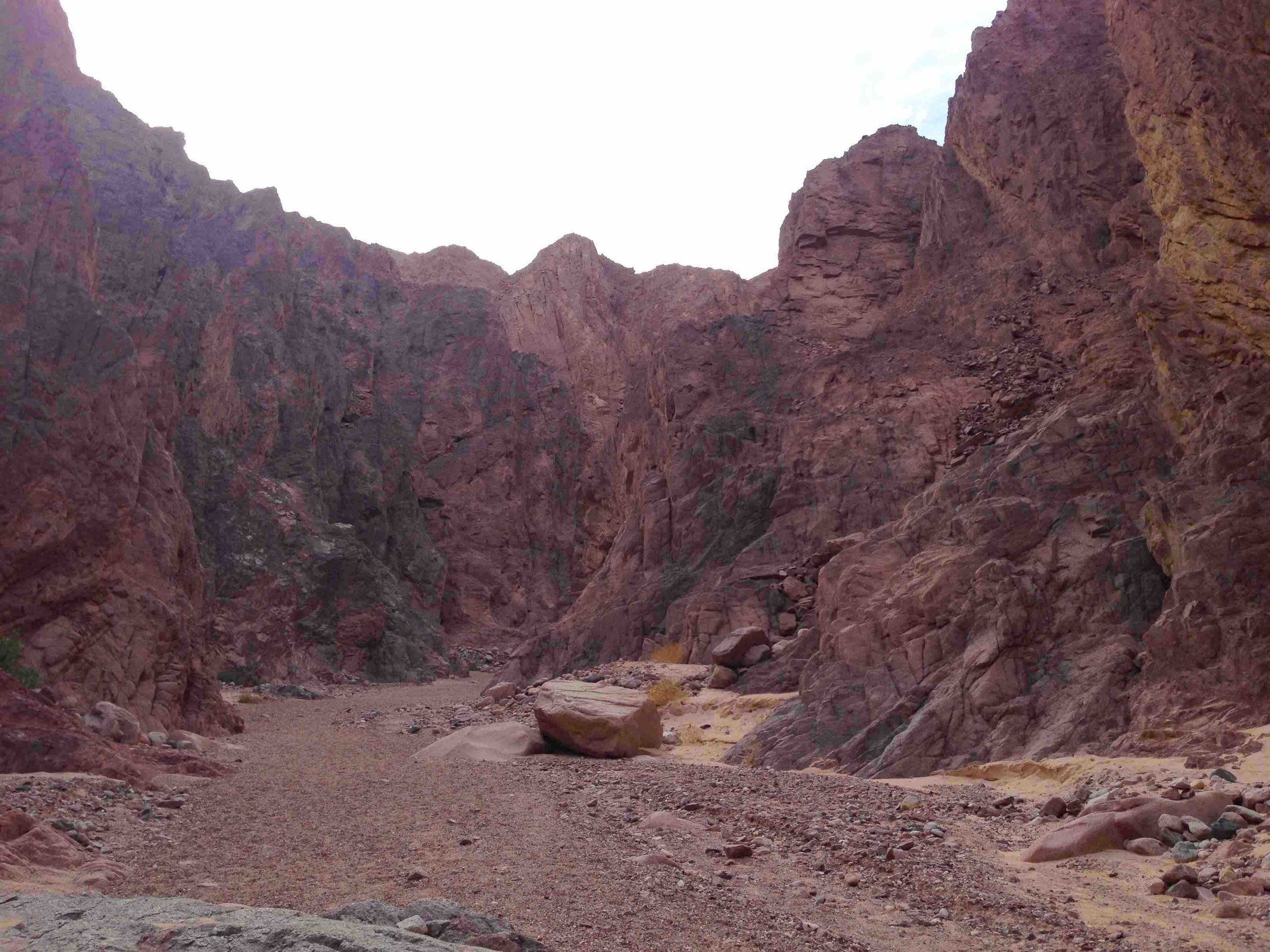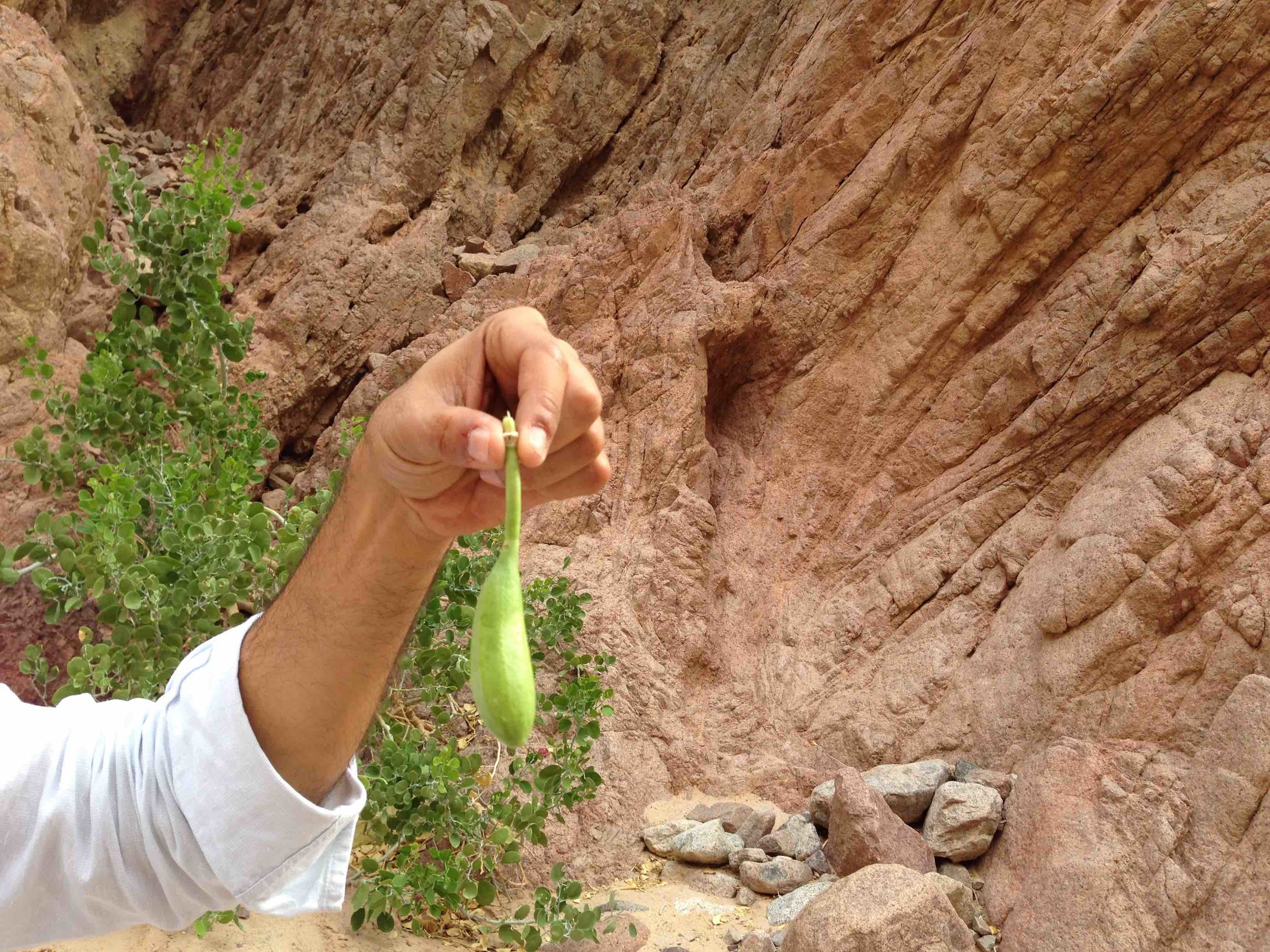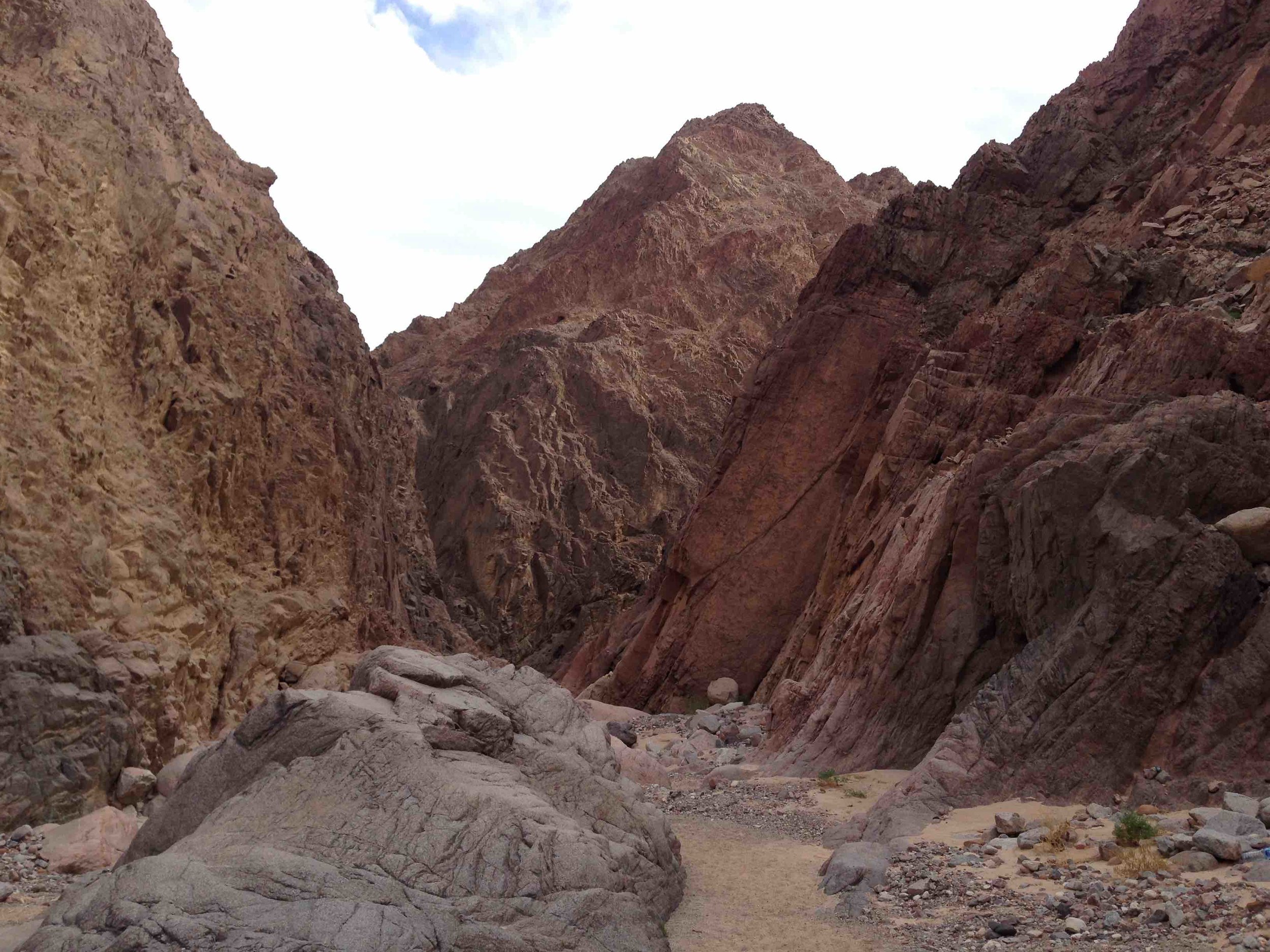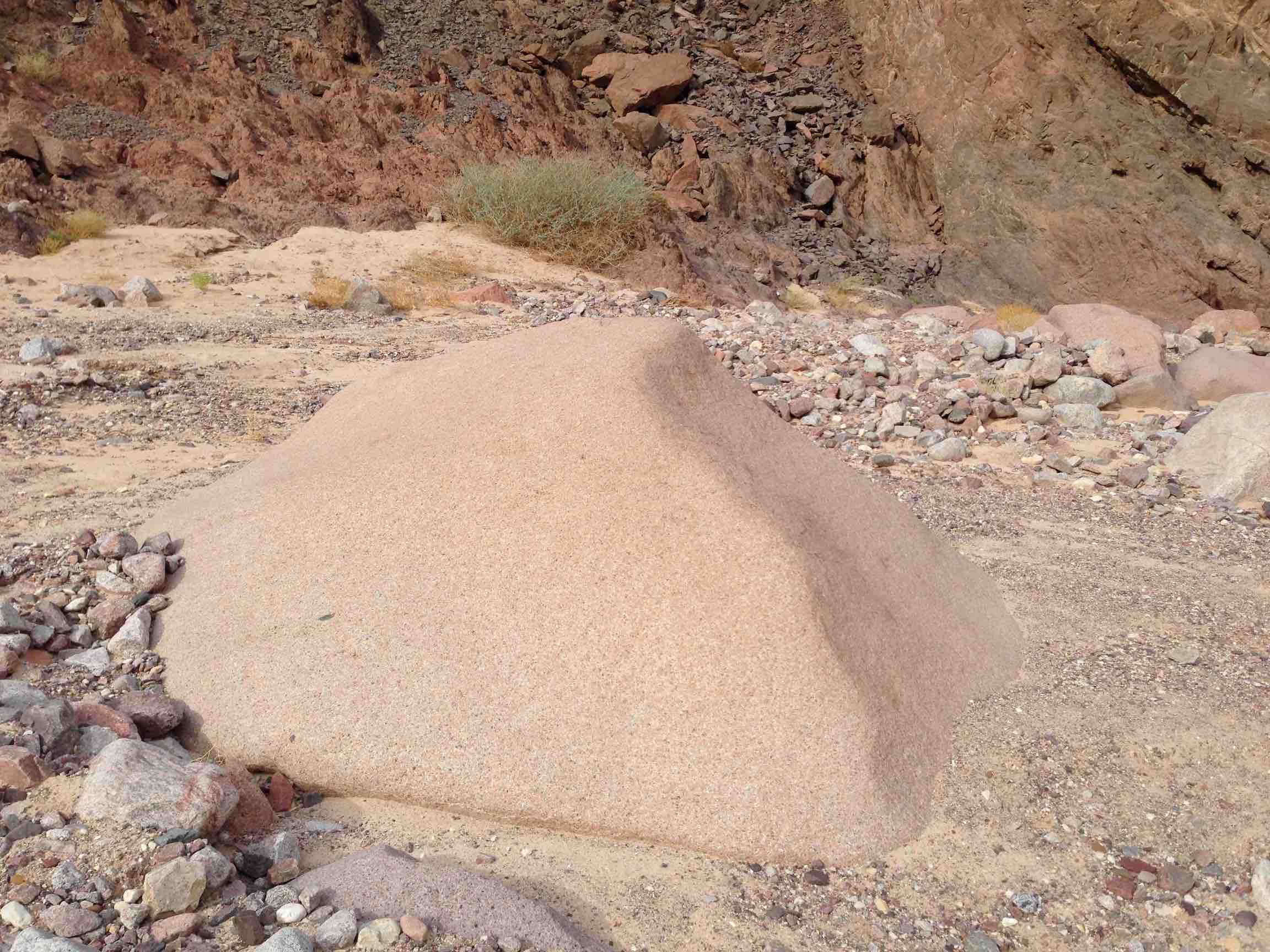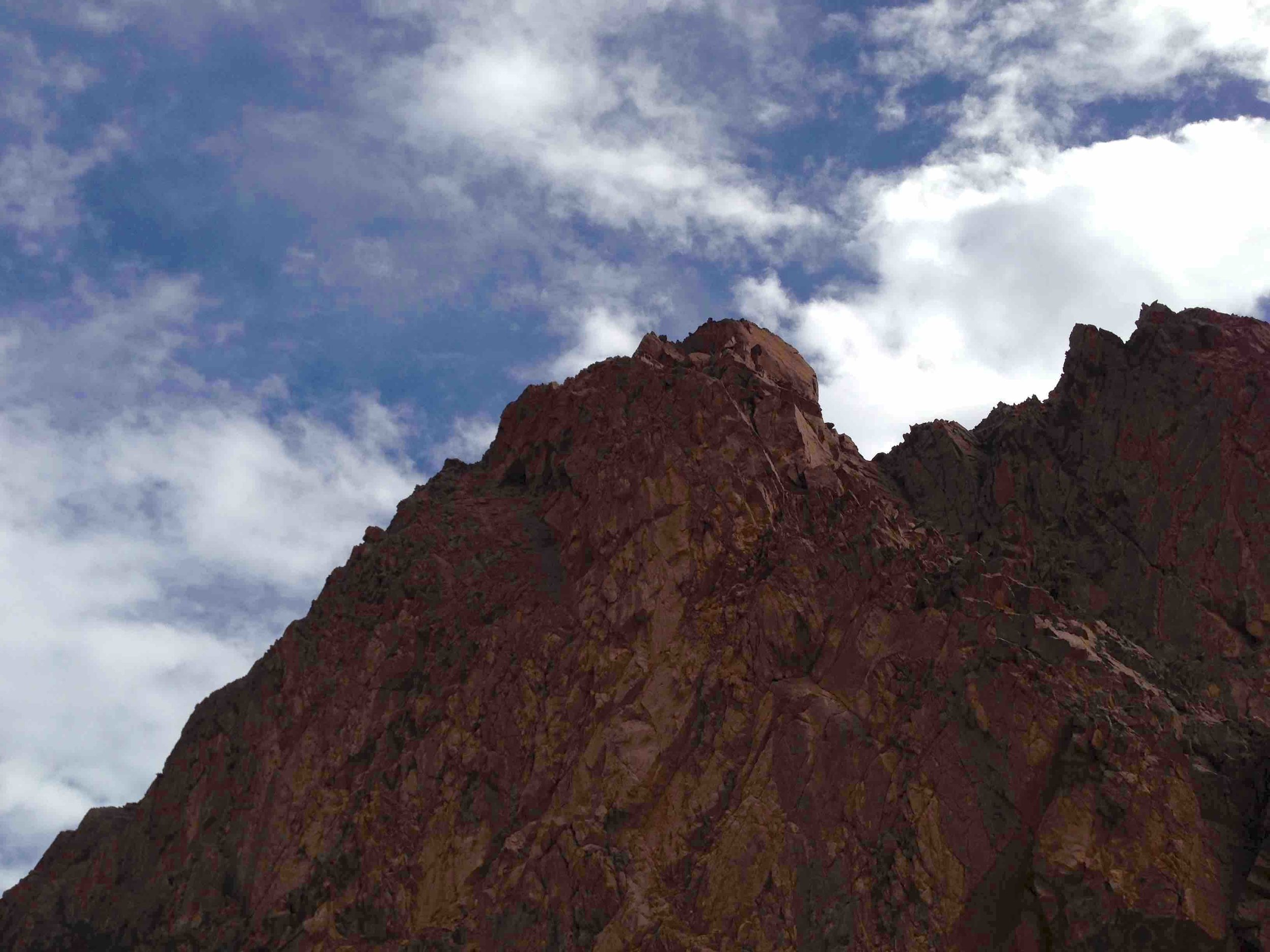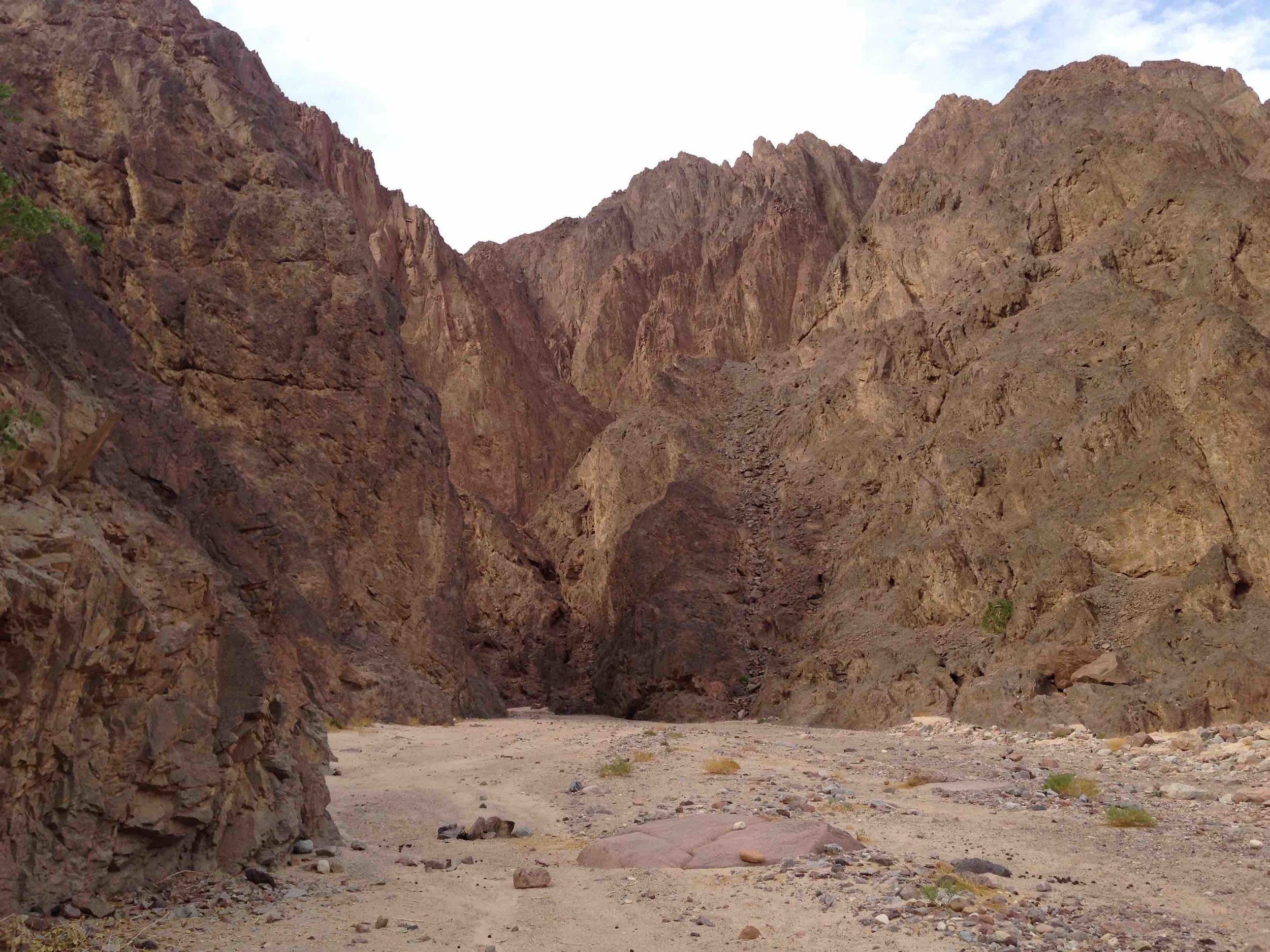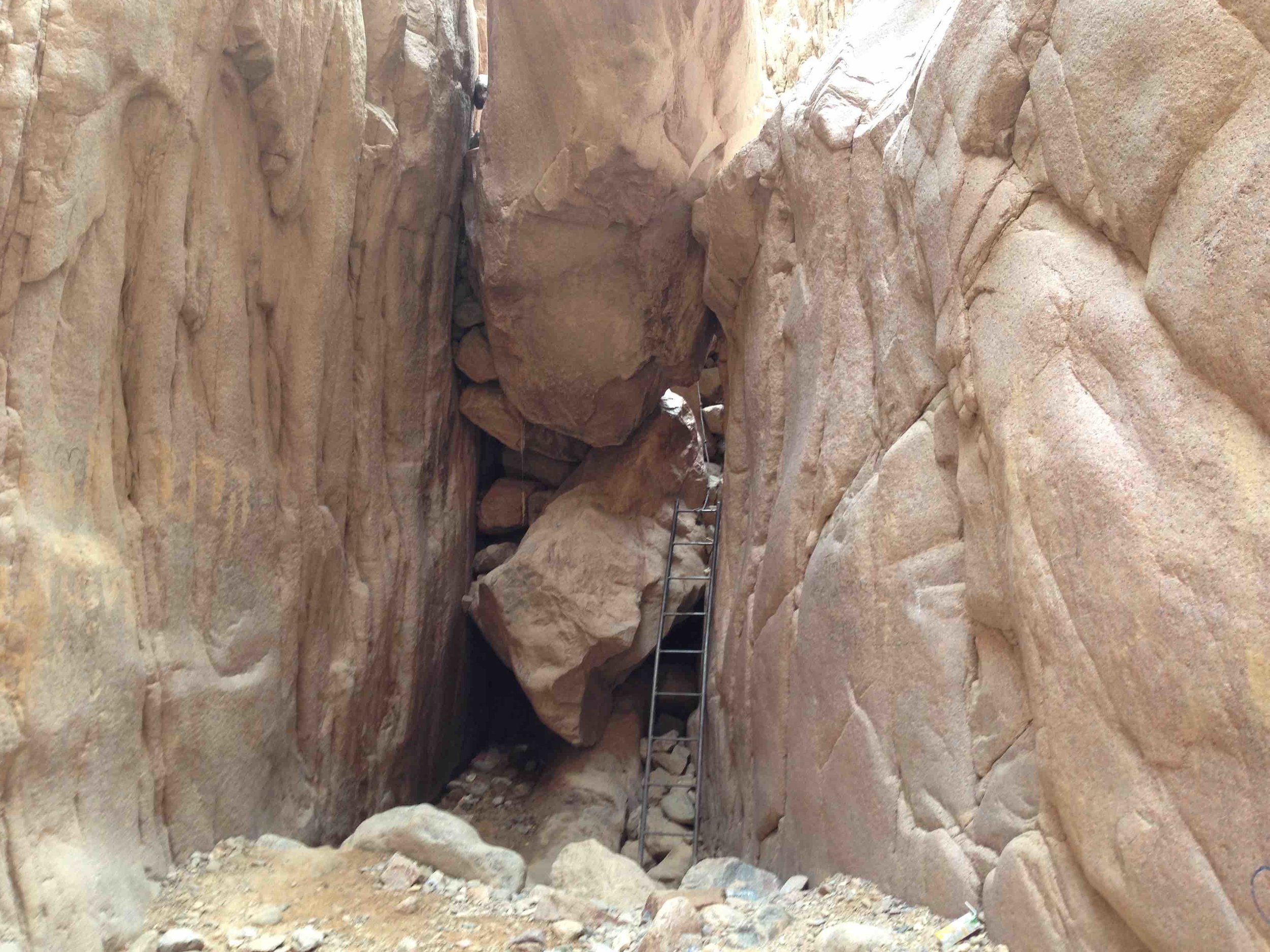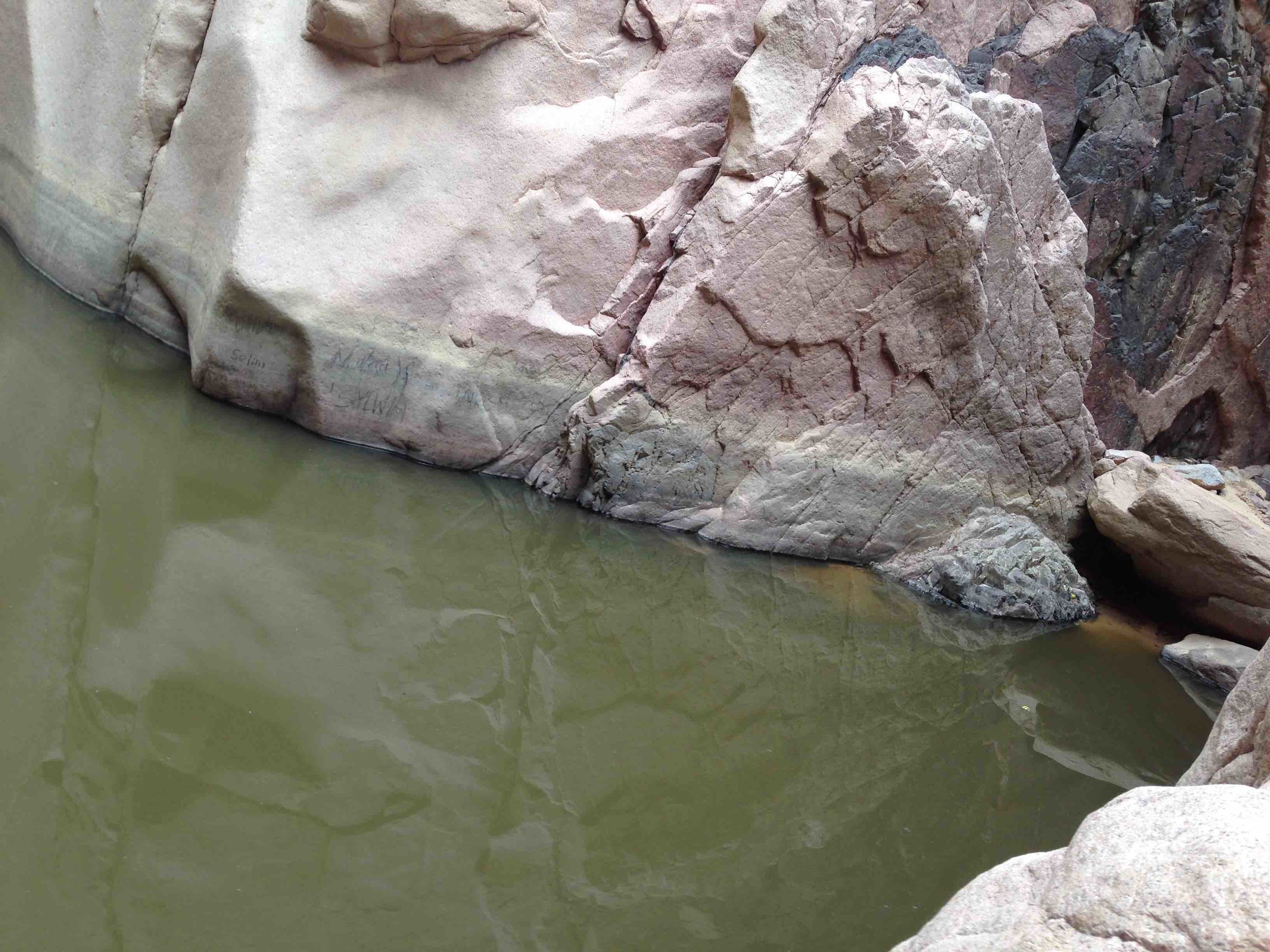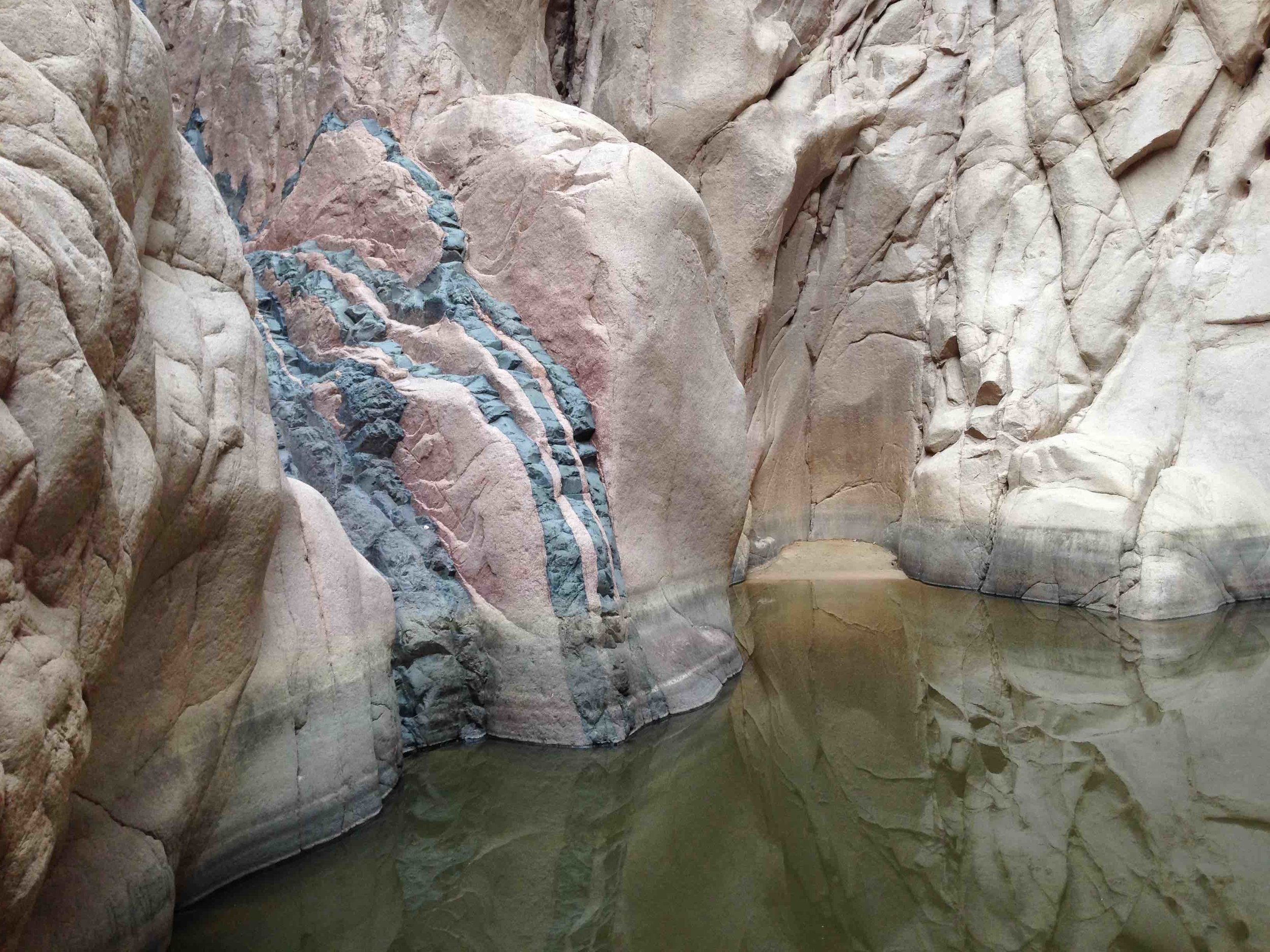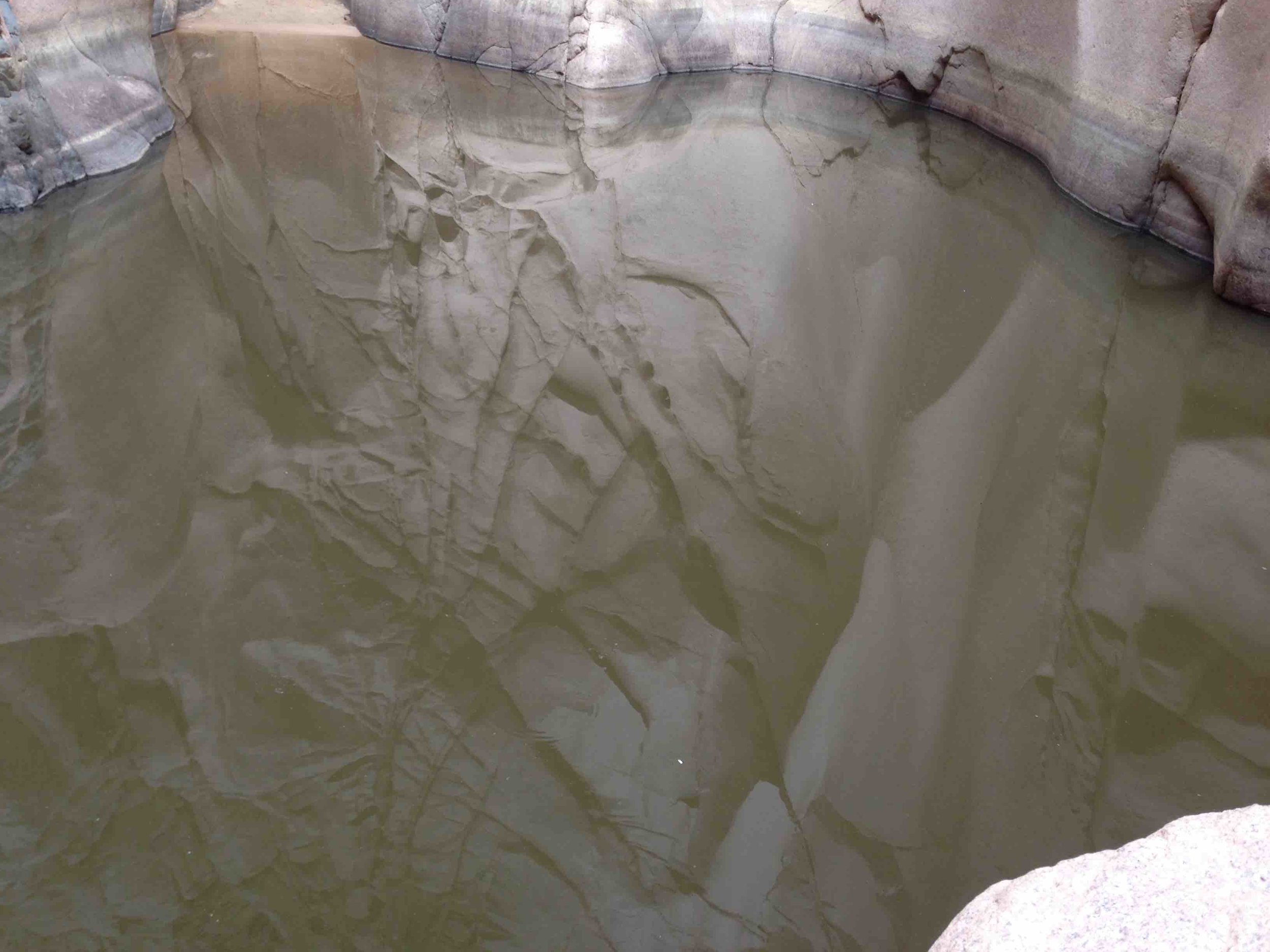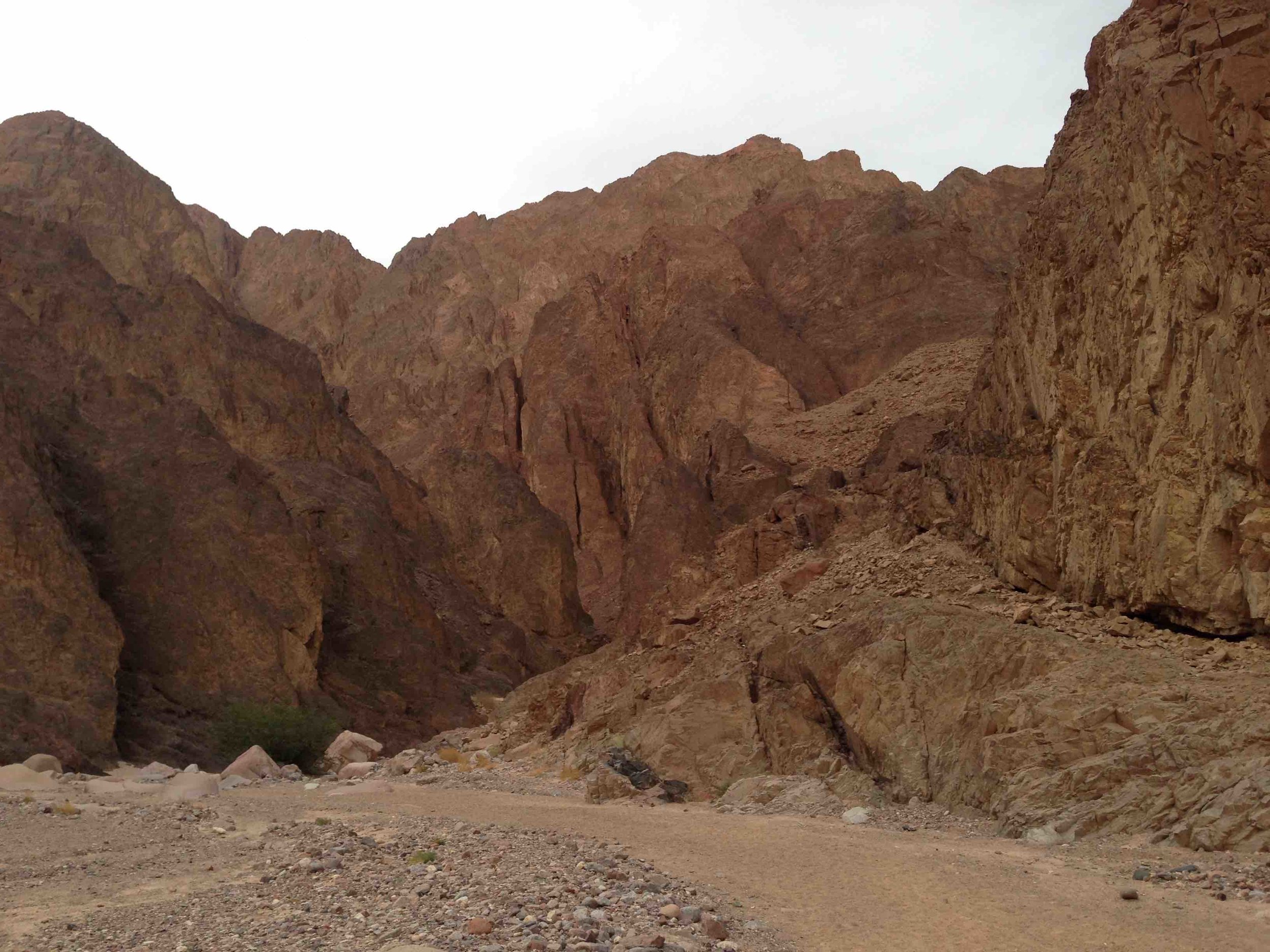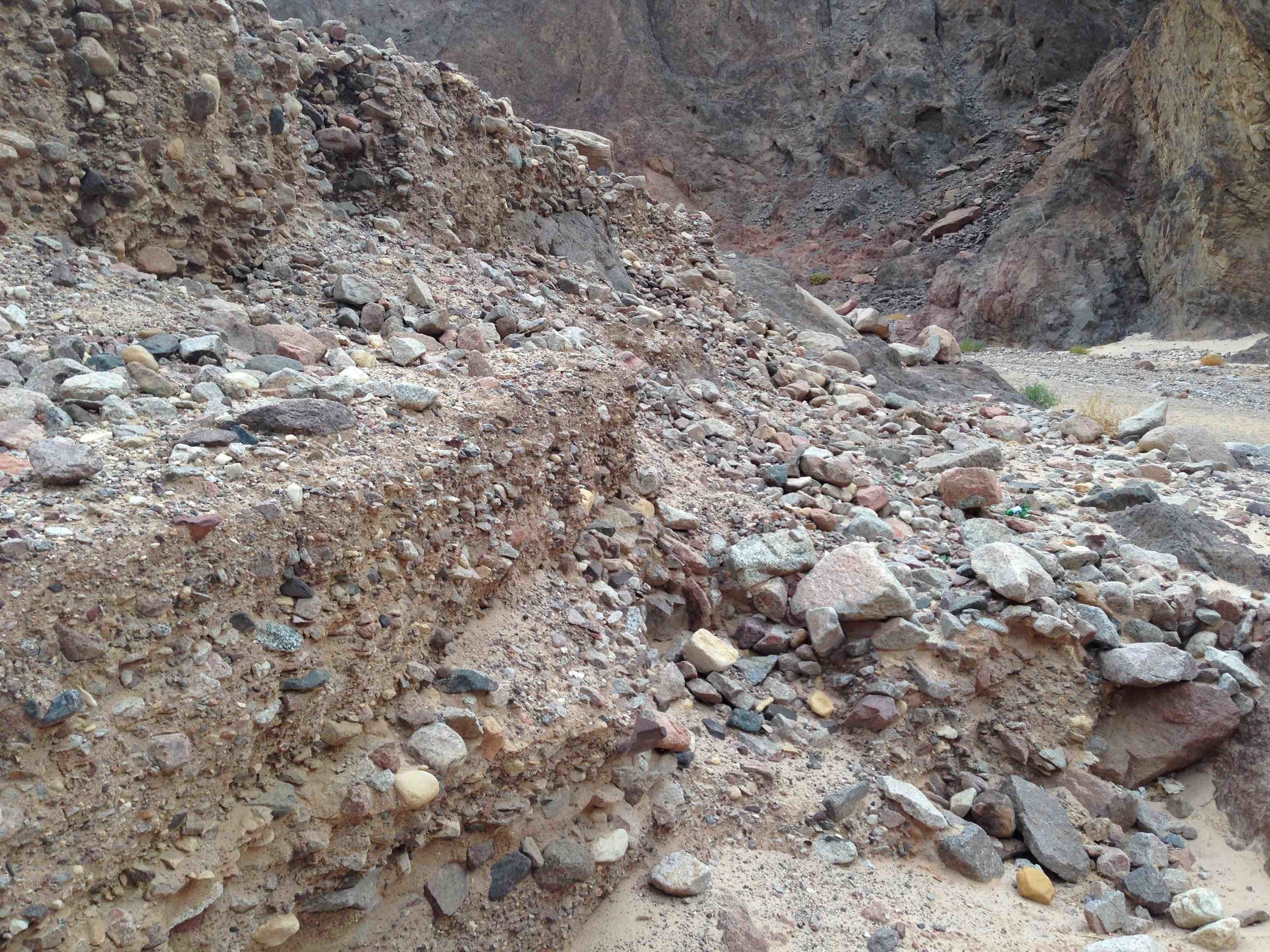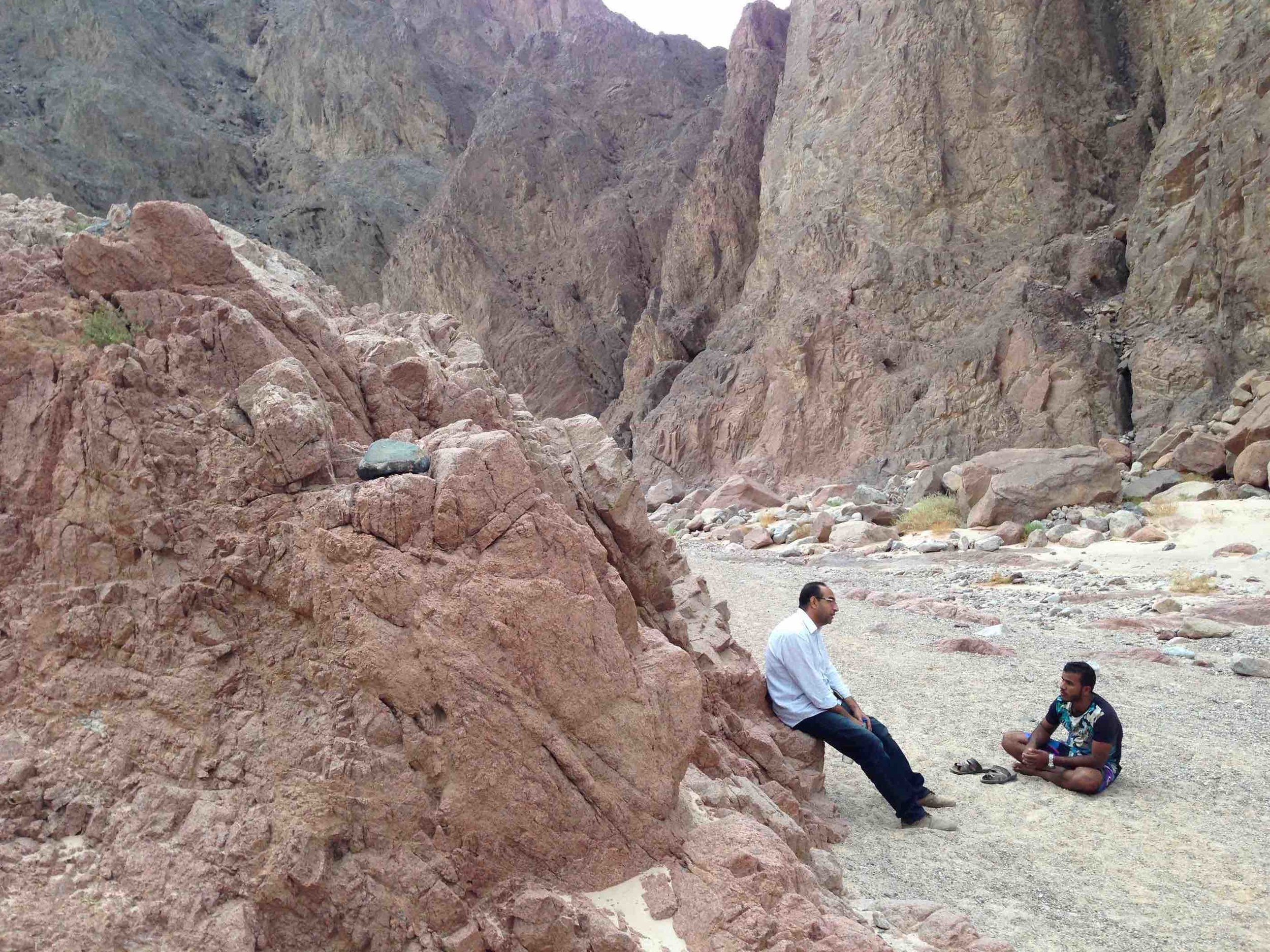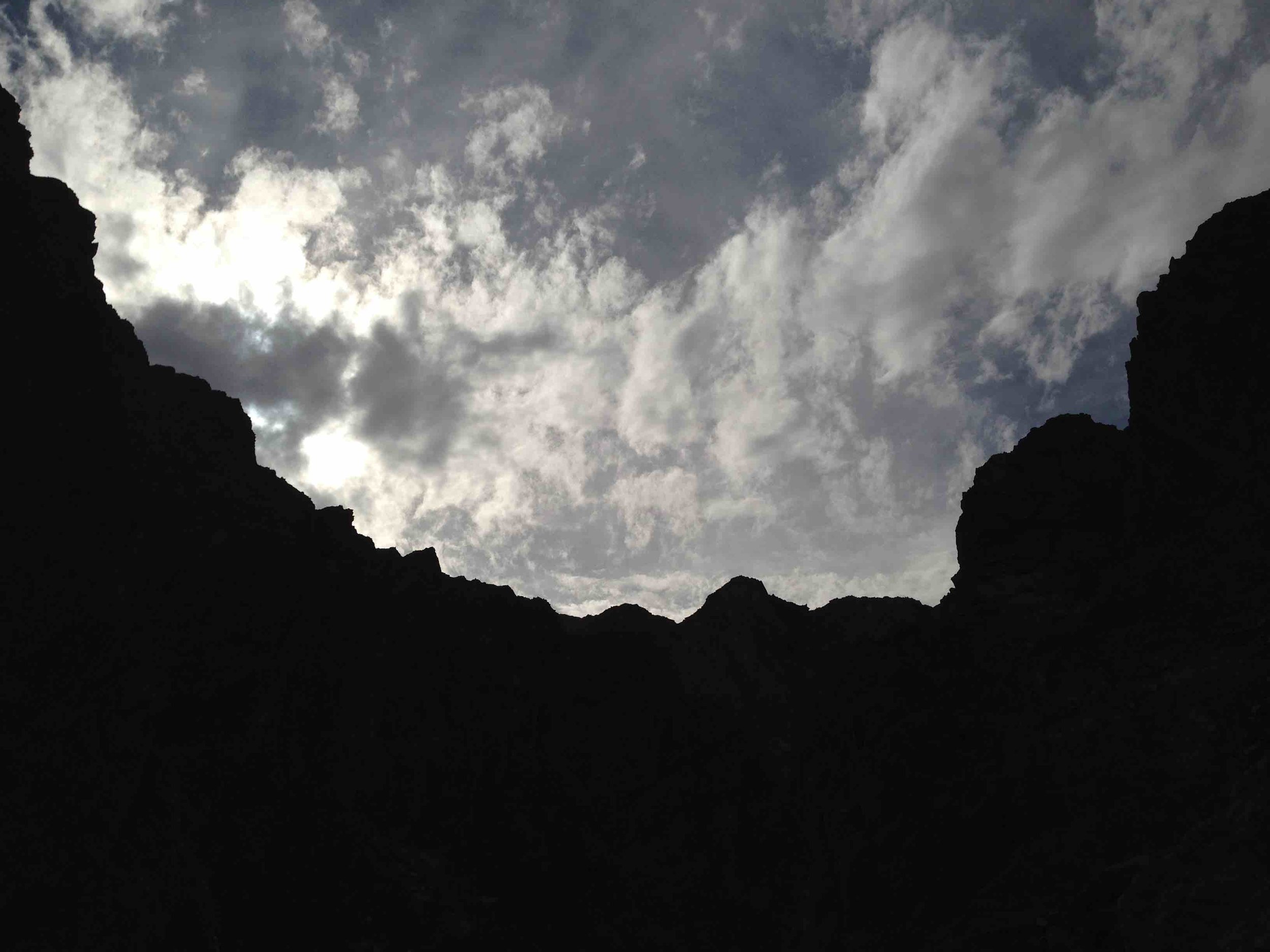CBD-COP14 | U.N. Biodiversity Conference | Sharm El-Sheikh | 2018
Introduction
Biodiversity is defined as the amount of variety of life on Earth, such as species of plants, animals, and microorganisms from all of the planet’s diverse ecosystems—such as deserts, tropical rainforests, coral reefs, grasslands, freshwater ecosystems, or polar ice caps. The survival of humanity and the well-being of the Earth depends upon it maintaining both a rich biodiversity and healthy ecosystems, and the goods and services they provide as biological resources. These are also essential to humanity’s economic and social development. However, over the past decades humanity has caused unprecedented biodiversity loss, species extinction, ecosystem degradation and ecological damage from over-production and consumption patterns that unsustainably exploit natural resources. Today’s man-made environmental problems such as climate change, soil degradation, and water scarcity increasingly threaten biodiversity, food and water security, and moreover, the livelihoods of communities across the world.
Global efforts such as the Convention on Biological Diversity (CBD) and its corresponding protocols that work on a national and regional level are vital for our future. Among many levels of decision-making that took place at the CBD- COP14 of 2018, this meeting aimed to establish a process for developing the post-2020 global biodiversity framework as a central objective. This entailed reinforced cooperation with other conventions and organizations, and the continued mainstreaming of biodiversity concerns. Moreover, strong cooperation among biodiversity-related conventions and the Rio Conventions were hailed as essential for the implementation of the 2030 Agenda for Sustainable Development and the Sustainable Development Goals.
For a more complete review of the CBD-COP14 including historical background on the Convention, go to our page in the EM/MENA Project section →
Egypt was the host to the 14th meeting of the signatories to the Convention on Biological Diversity, the U.N. Biodiversity Conference CBD-COP14. This Conference of the Parties (COP) was held in Sharm El-Sheikh, South Sinai, Egypt from 13-29 November 2018 under the theme “Investing in biodiversity for people and planet”. As the first country in the Arab region to host the CBD-COP, the conference also marked the 25th anniversary of the Convention coming into existence and brought together decision-makers from more than 190 countries. The event was attended by approximately 3,800 participants representing parties, other non-signatory governments, international and non-governmental organizations, indigenous peoples and local communities, academia, and representatives from the private sector. The COP14 also featured parallel summits in which these representatives of civil society, local authorities, the private sector, youth groups, development agencies and all those working on different aspects of biodiversity conservation joined together to discuss achieving the objectives of the Convention on Biological Diversity and its corresponding protocols.
See below for more information about the biodiversity of Egypt and the region of the South Sinai
With Future Earth MENA Regional Center at the CBD-COP14
Future Earth MENA Regional Center (FEMRC) participated within the CBD-COP14 with the objective of exchanging knowledge regarding a regionally-applicable green energy solution. The presentations were featured within the CBD’s ‘Communication, Education & Public Awareness Fair’ (CEPA), and at the 6th Global Biodiversity Summit of Local & Subnational Governments, an official parallel COP event. The Future Earth Regional delegation in Sharm el-Sheik was led by Dr. Manfred A. Lange, Director of FEMRC and included Dr. Salah A. Soliman, Director of FE North Africa Office (FENARO); and Melina Nicolaides, Director of ACTIVATE, member of the FEMRC Advisory Board.
The FEMRC participation was entitled Solar Cooking in the MENA Region. The presentations showcased an innovative technical device, the Fornelia portable solar oven from Cyprus. This device was first presented by ACTIVATE in 2017 at the “Seoul Biennale of Architecture and Urbanism” within a larger project on practical and nature-based solutions to the pressures of diminishing natural resources and of growing environmental challenges in the MENA region.
Preface to the FEMRC Presentation at the COP14
The Mediterranean, Middle East and North Africa face potentially alarming consequences from climate change, and this area has been recognized as a “hotspot” in terms of climate impacts. Ongoing pressures on biodiversity in this region include climate change, increasing urbanization, natural resource overuse, and deteriorating air quality. The need for mitigation and especially adaptation measures is urgent, and one of the sectors in need of being addressed is that of the renewable energy possibilities for the region.
It is important to note as well that most of the top water-stressed countries with the most solar energy potential are in the Middle East and North African region. Hence, because of its vast solar potential, the region can benefit greatly from the significant opportunities arising from the necessary transition to a low-carbon economy. The challenges, but also the opportunities, of de-carbonisation of the Energy Sector in the Mediterranean and MENA region are immense.
Solar Cooking as a Sustainable Alternative to Conventional Food Preparation in MENA Region
Conventional cooking in large parts of the MENA region is being done by burning of petroleum, wood and/or charcoal. Most urban and rural cooking in large parts of Africa, in general, and Egypt and the Sinai Peninsula, in particular, is still based on these conventional forms of energy production. Open fire cooking has been identified as a major source of serious illnesses and of premature death of 30 Million people annually, as reported by the World Health Organization. Moreover, the about 30 Million tons of charcoal that are annually used in Africa require about 150 Million tons of wood to be chopped down. This has serious consequences on forest ecosystems and their biodiversity. Burning of charcoal leads to significant emissions of greenhouse gases (particularly carbon dioxide) both in the process of producing it and of burning it.
The many benefits of using solar cooking as an alternative to conventional ovens include: evasion of fossil fuel consumption, enhanced air quality by avoiding exhaust from fuel burning, reduced resource use, and the prevention of damage to forest ecosystems and their biological diversity. Solar cooking provides a viable, sustainable and economical alternative to the conventional form of food preparations.
The Solar Cooker
The innovative solar cooker designed and built by Savvas Hadjixenophontos, electronics engineer and inventor from Cyprus (Fornelia Ltd. CYPRUS). The oven is a high-efficiency, cost-effective and green renewable energy solution to conventional forms of food preparation.that can cook anything including meat, vegetables, even bread, through a process that is a healthier cooking method than wood burning etc, and even of traditional ovens in the home. These solar cookers provide a most effective and highly environmentally desirable way of preparing food in both urban and rural settings, and have been designed by their creator for various uses.
Read more about the oven →
For the COP, the solar cooker was presented as a practical solution and way to replace biomass cooking fuels in urban and rural settings of Egypt. The objective was to offer an interesting illustration at the CBD-COP14 of how using solar cookers instead of wood or petroleum fired ovens provides an environmental and economical way of producing “fast and healthy food” in cities of the MENA area, a region of the world where it can be used year-round. Moreover, how they can be used in many settings - from use in the household, in restaurants, even vendors in the street. The solar-powered oven is particularly relevant in the host country, for daily cooking to desert-dwelling peoples, such as the Bedouin population of the South Sinai Peninsula, Egypt.
To the right are images from around the United Nations Biodiversity Conference at the Sharm El-Sheik International Congress Center (SHICC), including pavilion exhibitions, actions and protests from civil society, COP youth volunteers, plenary sessions, fairs, Minister of Environment, Dr. Yasmin Fouad; CBD Executive Secretary, Ms. Cristiana Paşca Palmer; South Sinai Governor, Khaled Fouda.
The FEMRC Presentations at the CBD
Dr. Manfred A. Lange, Director of FEMRC and head of the FEMRC’s delegation at the COP was an invited speaker at the Communication, Education and Public Awareness (CEPA-Fair). Likewise, he was an invited plenary speaker at the Sixth Global Biodiversity Summit of Local and Subnational Governments organized in the framework of the CBD-COP14 in the “Emerging Trends and Innovations” Focus Session.
The Future Earth presentations briefly introduced the major challenges faced by large MENA Cities, such as increasing growth of city population, increasing challenges of public and private transport, enhanced intensity and number of heat waves, growing scarcity of water and increased energy needs. The focus of the presentations was on the challenges to be faced with regard to anticipated climate change and deteriorating air qualities and the associated risks to human health.
Click to enlarge
Communication, Education and Public Awareness Fair
The CEPA Fair is the CBD Secretariat’s event on Experiences and Best Practices in Communication, Education and Public Awareness and provides an opportunity for Parties and Organizations to highlight their work and contribution to the implementation of the three objectives of the Convention on Biological Diversity.
In this context, the FEMRC presentation aimed to inform the public, raise awareness and share this knowledge about the use of solar energy as opposed to biomass cooking fuels in relevance to the realities of the region and also illustrate this with a practical and existing solution and alternative way of cooking.
Go to CEPA FAIR page for the preview of the FE/ACTIVATE presentation:
https://www.cbd.int/cepa/cepafair/2018/presentations/cepa-fair-2018-futureearth-iclei.pdf
Delegates for the 6th Global Biodiversity Summit of Local and Subnational Governments
Global Biodiversity Summit of Local and Subnational Governments
The 6th Global Biodiversity Summit of Local and Subnational Governments gathered governors, mayors and other subnational government leaders from around the world to engage directly with national leaders and their key stakeholders during the 14th CBD COP 14.
The Summit’s “Emerging Trends and Innovations” session aimed to highlight trends and innovations relevant to mainstreaming nature and nature-based solutions at the local and subnational levels, including topics such as innovative financing and possibilities for green technologies, nature (biodiversity), urban food systems and more.
In this session, the FEMRC presentation looked at the issue of solar cooking in Northern and East Africa from a broader perspective, dealing in particular with sustainability and human health issues in rural and urban conditions.
Moreover, it was shown that the solar oven is fitting and practical solution, as the objective of the Fornelia high-efficiency solar oven is to harness solar energy for the daily cooking of food, which it can be used by over 80% of the world’s population, and year-round in the MENA region.
More specifically, Dr. Lange discussed the replacement of wood/charcoal-fired open fire stoves for cooking in private households and by street vendors with solar tube cookers and the multiple positive effects this sustainable alternative would have.
In conclusion, the discussions at the Summit addressed the possibility of expanding and implementing the use of the solar oven cooking as a sustainable alternative to food preparation in both on the ground rural locations and also on urban centers.
Additional information relevant to the CBD-COP14 and the South Sinai region
Biodiversity in Egypt
Egypt is home to a wide variety of ecosystems and terrestrial and aquatic life due to its unique geographic location midway between Africa and Asia. The country is home to a wide range of habitats with microclimates (e.g. mangroves, coral reefs, mountains, sand dunes, oasis, and wadis) that host many plant and animal species and communities which represent both tropical and Mediterranean environments. Some of these date back millions of years (whale skeletons of the Western Desert in Wadi Al-Rayan Protected Area), while other sites represent the Stone Age, about 10,000 years ago.
The main 5 ecosystems (any community of plants, animals and/ or non-living components interacting with each other in a given area) and habitat systems (sub-divisions of an ecosystem) in Egypt are: Desert habitat system (86.89 %); Marine habitat system; Wetlands (7.02 %); Artificial habitat (5.19 %); Fresh Water (0.72 %).
Egyptian habitats include 22 main groups such as urban areas, islands, oasis’s, dunes, metamorphic and sedimentary rocks, open water, fresh water channels, warm springs, coral reefs, and mangrove trees. Each of these habitats has its unique fauna and flora, and over 22,000 species of flora and fauna have already been identified in Egypt’s diverse ecosystems. These range from well known-species of plants, mammals, reptiles, amphibians, fish and birds to less visible but equally important aquatic and terrestrial invertebrates, fungi and bacteria. Levels of endemicity are reasonably high as a result of the drying of North Africa over the last 5,000 years, which caused the fragmentation and isolation of fauna and flora, allowing the evolution of many unique forms of life. Isolated pockets of biodiversity exist in the oases of the Western Desert and on the mountaintops of Sinai.
For more information go to the Egyptian Ministry of Environment’s 2 pages: Habitats and Species of Egypt & Coastal and Marine Biodiversity in Egypt
South Sinai Peninsula
Egypt’s Governorate of South Sinai encompasses the southern part of the Sinai Peninsula, and is surrounded by the Red Sea to the east. The interior of South Sinai is dominated by rugged mountains, interspersed with steep-sided valleys (wadis) and the region has a hot desert climate. The geology of these mountains consists fundamentally of basement red granitic rocks with intrusions of volcanic rock. Along the bottom of the wadis run riverbeds that remain dry for most of the year, only temporarily becoming rivers during any intermittent floods. The Sinai Peninsula is home to a high level of biodiversity of plant and animal life and as a whole supports approximately 1285 plant species, including more than 50% of all the plants that are endemic to Egypt, and 800 of which have been recorded specifically in the South Sinai. There are four main tribes of Bedouin people that inhabit the region, but the area overall has a low population, of which more than half reside in urban areas such as the town of Sharm El-Sheikh, the administrative hub of the Governorate, which has a population of roughly 60,000 inhabitants. Smaller towns include Dahab and Nuweiba on the eastern part of the Peninsula on the coast of the Gulf of Aqaba. This particular area was under Israeli occupation after the 1967 Six-Day War until it was restored again to Egypt in 1982 after the 1979 Egypt–Israel Peace Treaty. The South Sinai was for a long time was a significant holiday destination, but is currently facing great economic difficulties due to decreased international and Egyptian tourism as a result of security concerns of the past years.
Supplementary trip within the region following the CBD-Cop14
Being in the South Sinai again for the CBD-COP14 after the closing of the conference, a group of colleagues, including Dr. Salah A. Soliman, Director of the CSDS of the Bibliotheca Alexandrina and of the Future Earth North Africa Office and Dr. Ahmed Imam (PhD, Entomology) associate professor and head of the Bio-Control Unit of the ‘Sustainable Development Center for Matrouh Resources’, a regional station of the Desert Research Center — and I took the opportunity to re-visit the town of Nuweiba, to see what had been going on since we had last been there together about 20 months earlier.
Read more about this 2017 research trip to Egypt that included Nuweiba →
Nuweiba is located 150 km north of Sharm El-Sheikh and lies on a large flood plain of about 40 km2 between the mountains and the Gulf of Aqaba.
To the left are images from the Habiba Organic Farm.
As in our previous visit, we stayed at Habiba Organic Farm, a community-based farm that was privately established to benefit the people of the region by promoting sustainable agriculture and to bring long-term solutions to food insecurity within this arid desert landscape.
In this location by the coast of Habiba Bay, what was a stretch of empty, lifeless desert just a few years ago, has become a production hub for wide variety of local grown organic products.
The farm continues to set a successful example of what can be accomplished through sound organic farming practices in the desert and we witnessed that it had greatly expanded its own food production in little under two years, including a medjool date tree grove, the training school building’s completion, and a new well for collecting rainwater.
To the right are images from the coast of the Bay of Habiba.
While in the area, we also took the opportunity to visit a lesser-known valley of the area, Wadi al-Weshwashy located about 15km form Nuweiba, off Wadi Milha.
This Valley of Weshwashy (seemingly named after the sound of the wind rushing over the surface of a lake) is located deep in the mountains and within it, about 1.5 hrs walk and climbing (rope and ladder) at some points, is a small lake or pool that is formed from rain collecting.
The walls that surround this lake rise about 150m above the water, which is always warm due to the granite’s absorption of heat from the sun each day.
Images on the left are from the excursion.
Banner images:
Top view is from the Conference Center in Sharm El Sheikh; bottom images are from within the Wishwashy Valley, the secret pond in the heart of the valley, and Habiba Bay coast in the area of Nuweiba with the majestic, mountainous terrain in the background.
Images: M. Nicolaides










